Dong Ho folk woodcut paintings (Dong Ho paintings) are a unique type of folk paintings that have existed for a long time in Vietnam and are handcrafted from natural materials.
Dong Ho painting village is located on the banks of the Duong River, in Song Ho commune, Thuan Thanh district, Bac Ninh province, about 16km from the center of Bac Ninh city, about 35km from Hanoi. Today,
Dong Ho painting village is both a place to produce unique art paintings and a tourist destination that attracts many visitors to enjoy and explore history.
Ho village paintings are loved because they depict familiar themes, closely associated with the image of the countryside and the simple daily life of Vietnamese people. Ho villagers know how to filter and apply natural materials to create traditional colors that are both fresh and durable: indigo from Cham leaves, bright red from Van bark, black from Tre leaf ash or Voan ash,...

The unique paintings are printed on Do paper. This is a type of paper handmade from Do trees growing in the forest. The paper base is usually brushed with a layer of pine resin or a layer of glue (glue is cooked from rice flour or tapioca, sometimes cooked with tapioca flour) mixed with a little powder from Diep shells to create a sparkling color. Therefore, Do paper is also called Diep paper.
Dong Ho paintings are woodcuts (woodblock prints) made by hand in the style of placing the boards face up, not facing up like some foreign folk paintings. To create the finished product, the craftsman needs a printing board. There are 2 types of printing boards: color printing boards and line printing boards.
• Line printing boards are usually made from ink rope wood or thi wood. The tools for carving the printing board are chisels or also known as a set of plates made from hard steel.
• Color printing boards are made from tallow wood because they have a higher ability to retain color.
The process of making
Dong Ho folk paintings includes the following steps:
• Step 1 - Prepare Do paper: After picking it from the forest, the craftsman will pound it, sift it into fine powder and process it into Do paper.
• Step 2 - Print the picture: The craftsman prints color on the picture to create the shape. Normally, a picture needs 5 engravings, printed in 5 times.
• Step 3 - Dry the picture: After printing, the picture needs to be dried to avoid smudging and to keep the color.
Dong Ho folk paintings have unique artistic value with expressive techniques imbued with folklore. The pictures exude the aesthetic characteristics and pure artistic concepts of the folk artisans. It is the art of depicting space in a conventional, symbolic way, without having to follow the rules of perspective - perspective, dark - light as in modern art. The lines in
Dong Ho paintings tend to be simple, bold, but condensed, strong, tending to be stylized and decorative rather than realistic. These are the things that create the unique features of this genre of paintings. In addition to the unique artistic values,
Dong Ho paintings contain profound ideological content, profound human meanings. First of all, they are dreams and aspirations from the most ordinary, simple things to the most sacred, noble things, such as praying for favorable weather, a prosperous and happy life, to Confucian concepts of morality and the meaning of life.
Dong Ho paintings pay great attention to educating the cultural traditions, martial spirit, and indomitable will of our ancestors in the history of building and defending the country.
Dong Ho paintings also always promote the tradition of studiousness, respect for teachers, and honoring the outstanding people of Vietnamese culture. In particular, Dong Ho folk paintings have profound educational value, always attacking bad habits and vices, promoting humanistic values, and condemning the ruling class or foreign invaders.

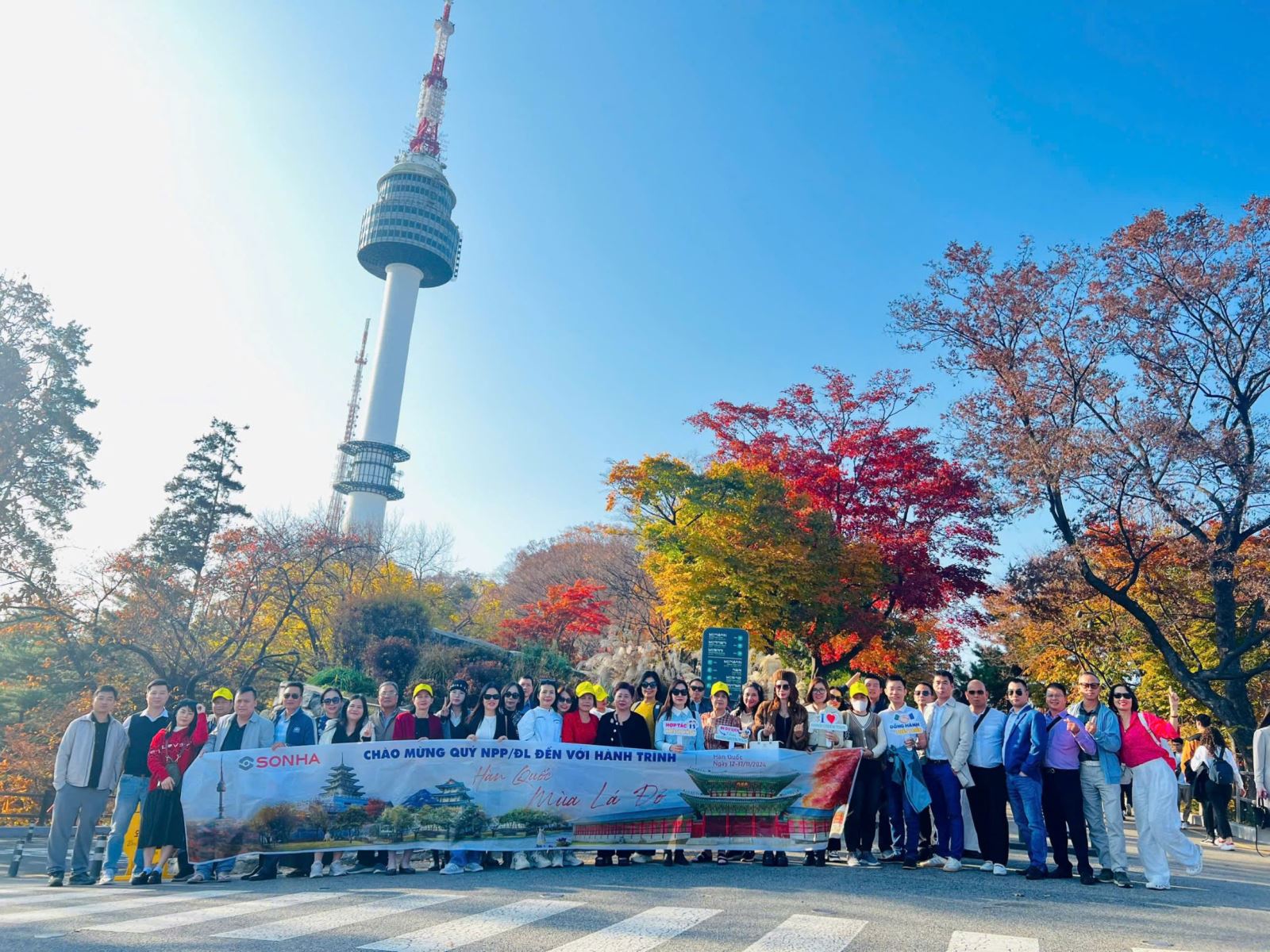
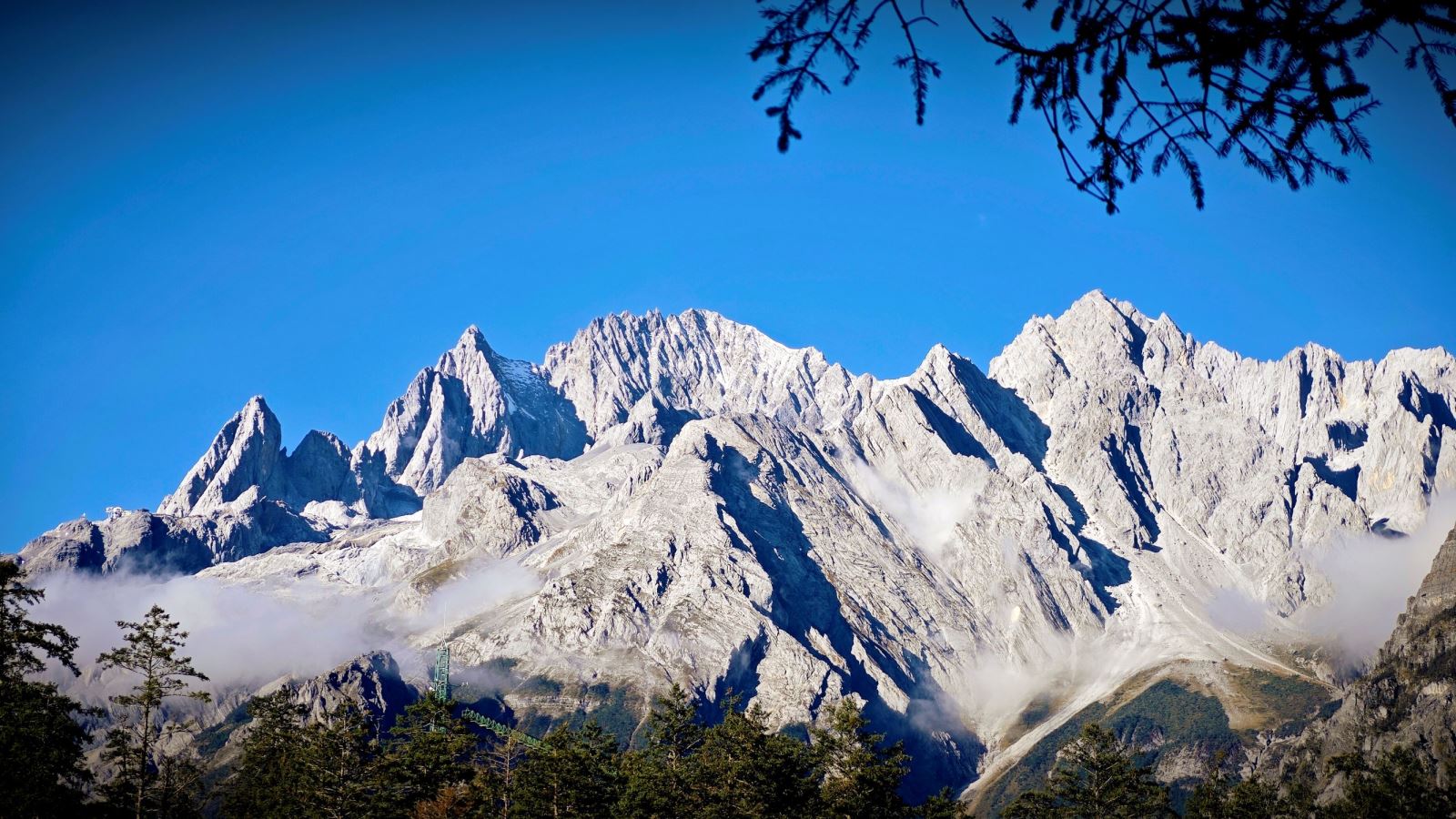


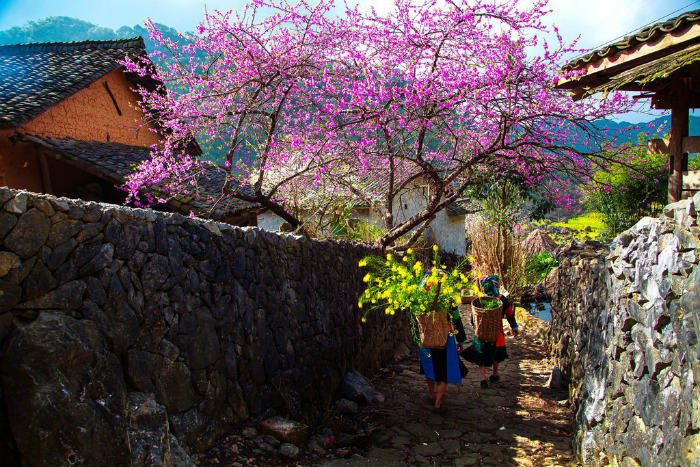


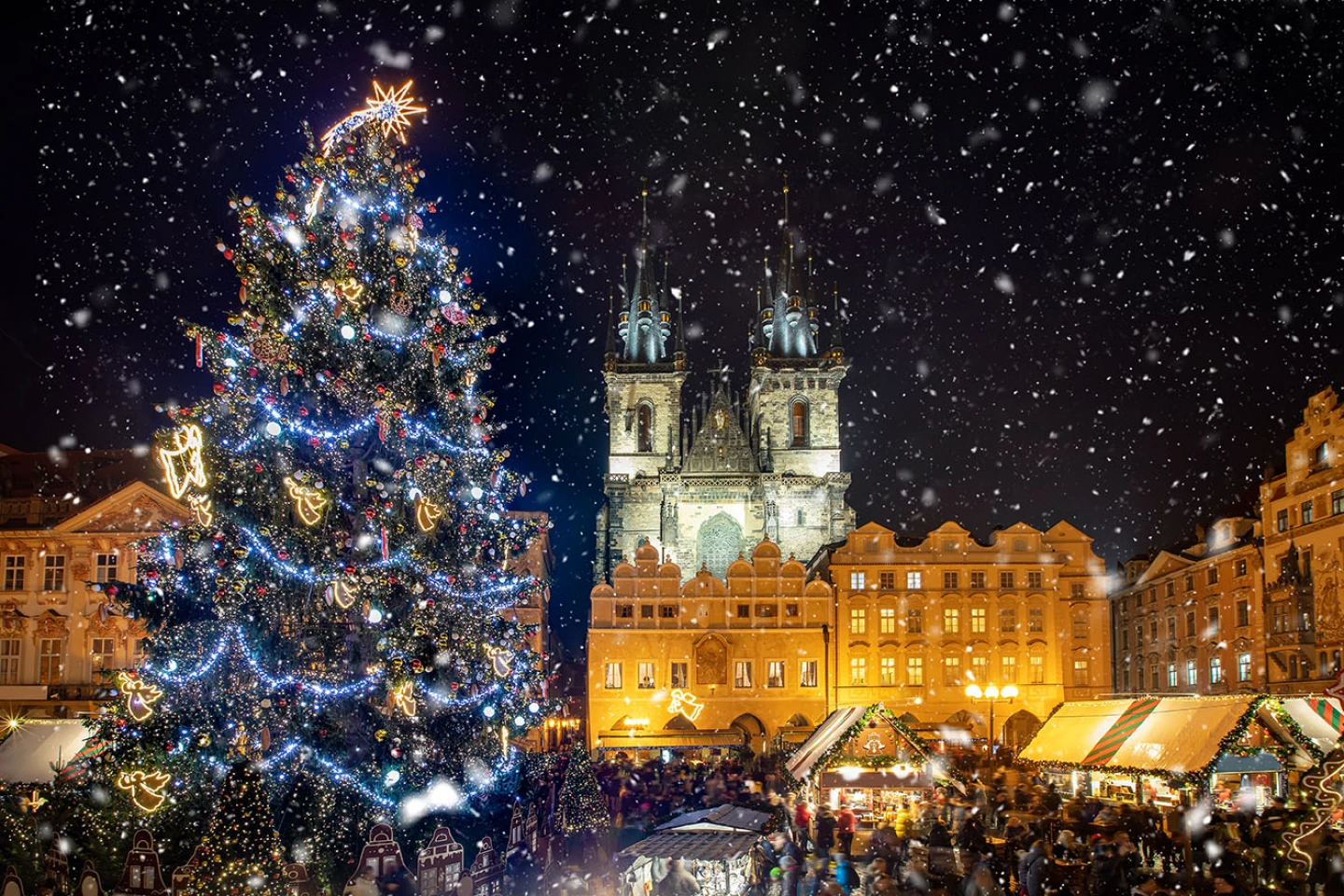
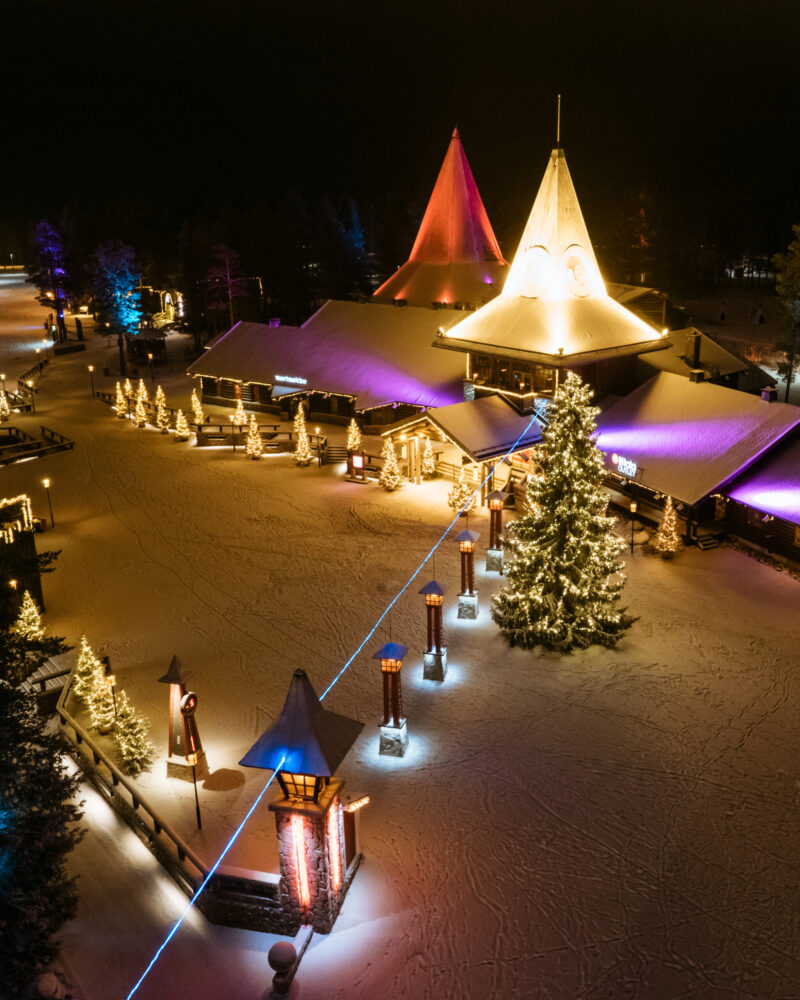
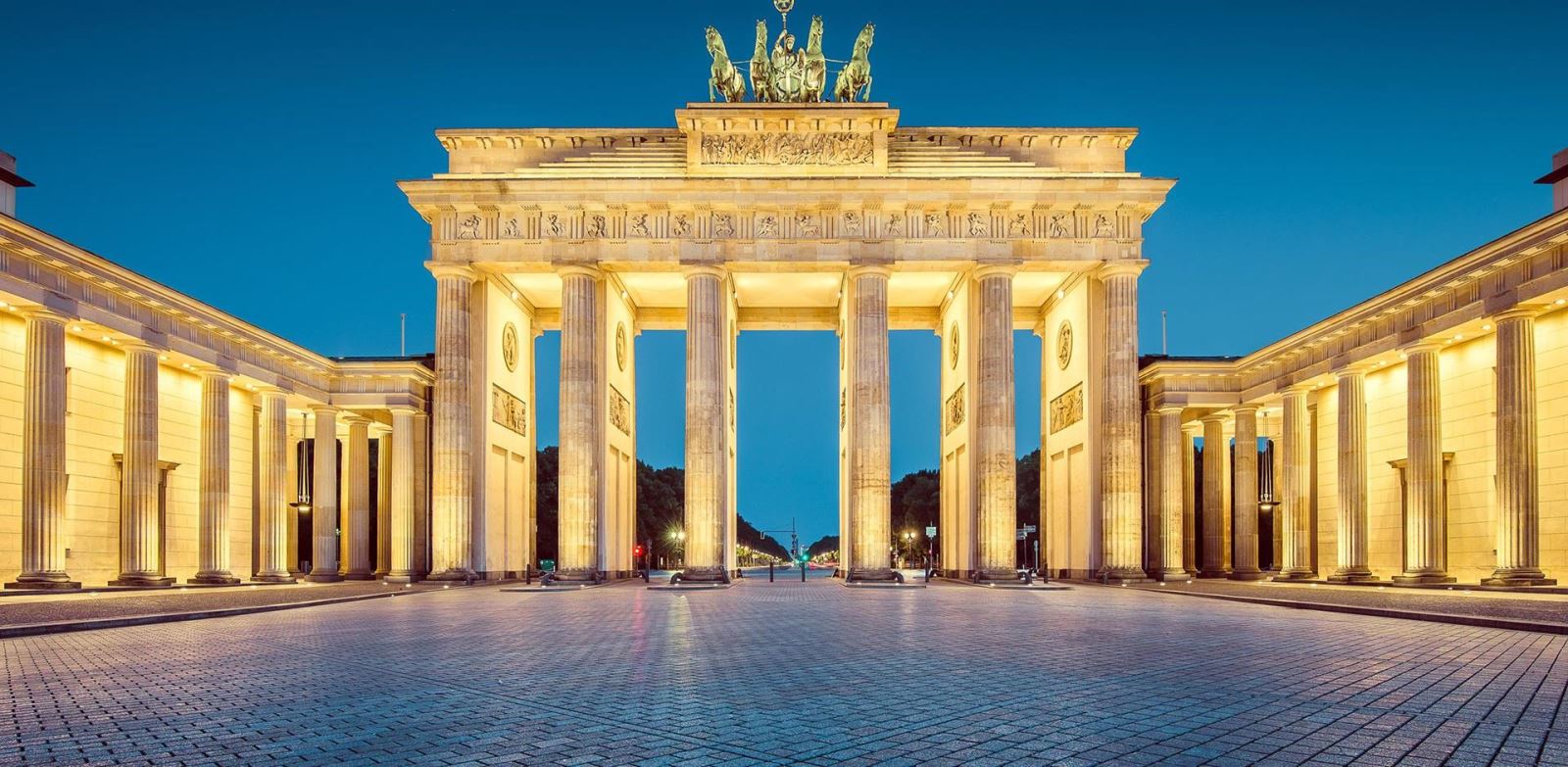
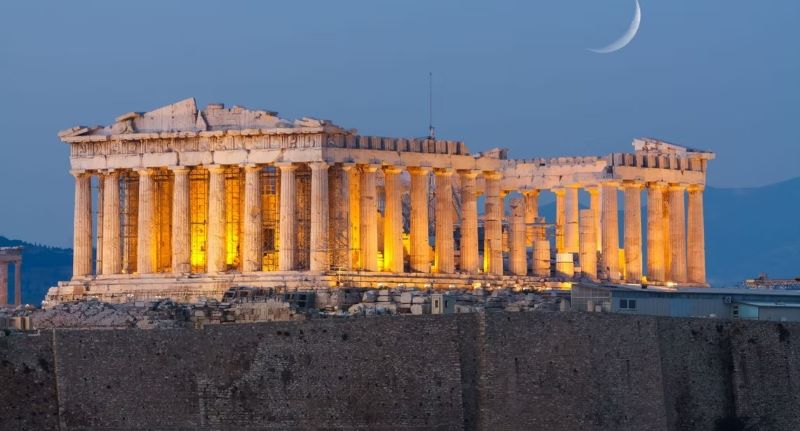

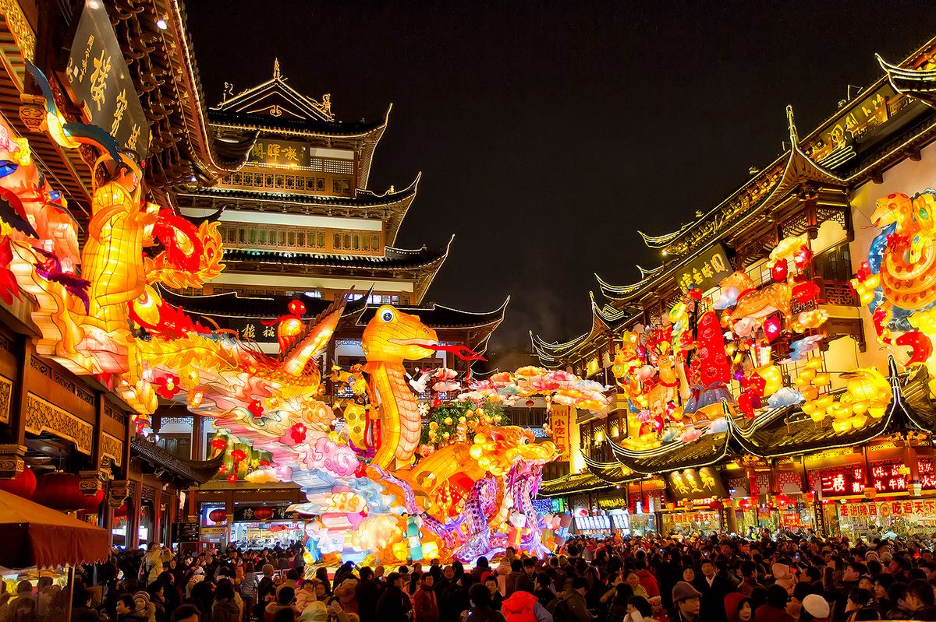


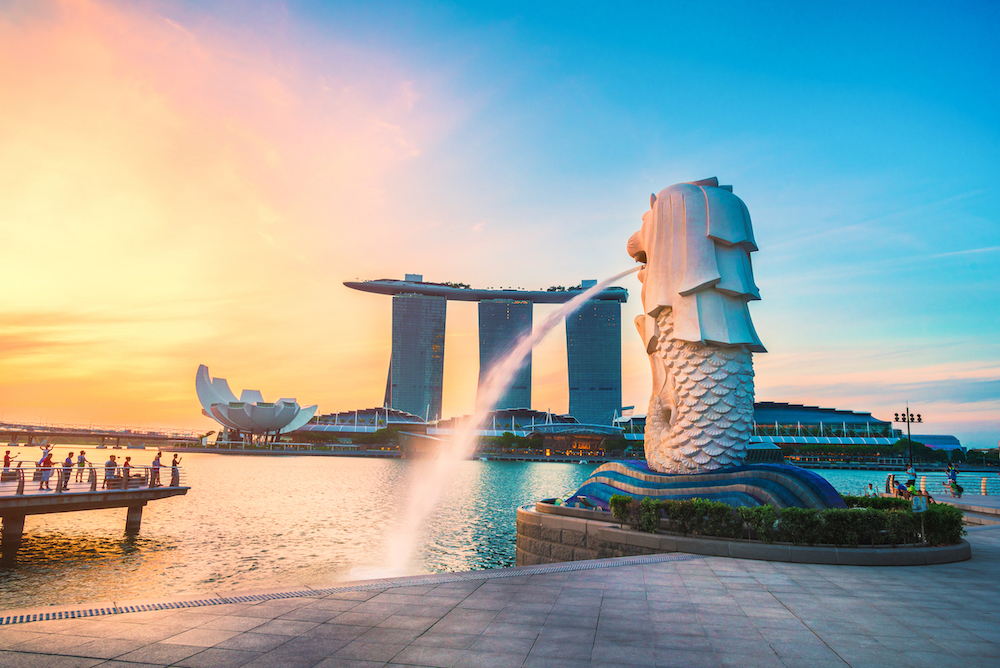
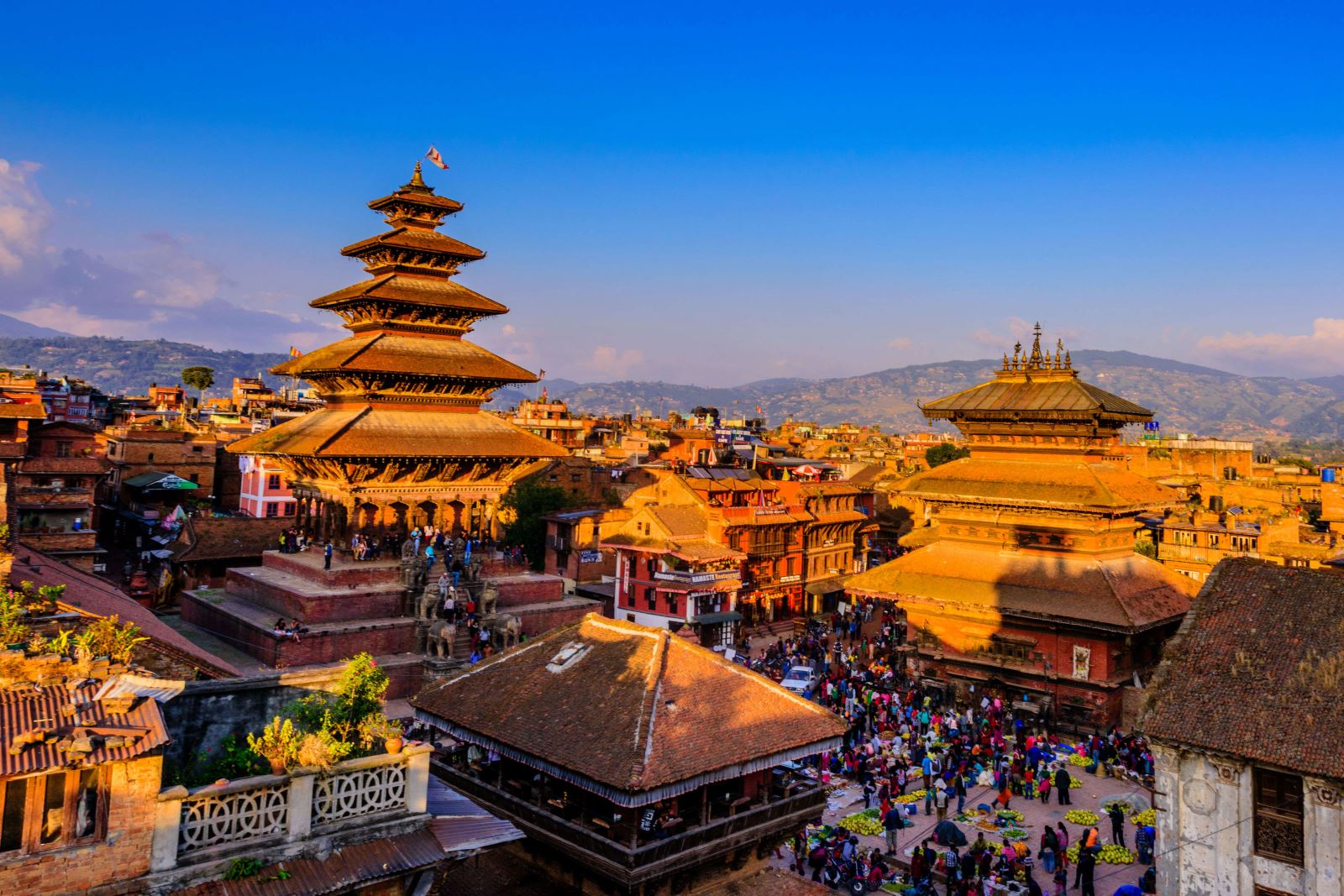


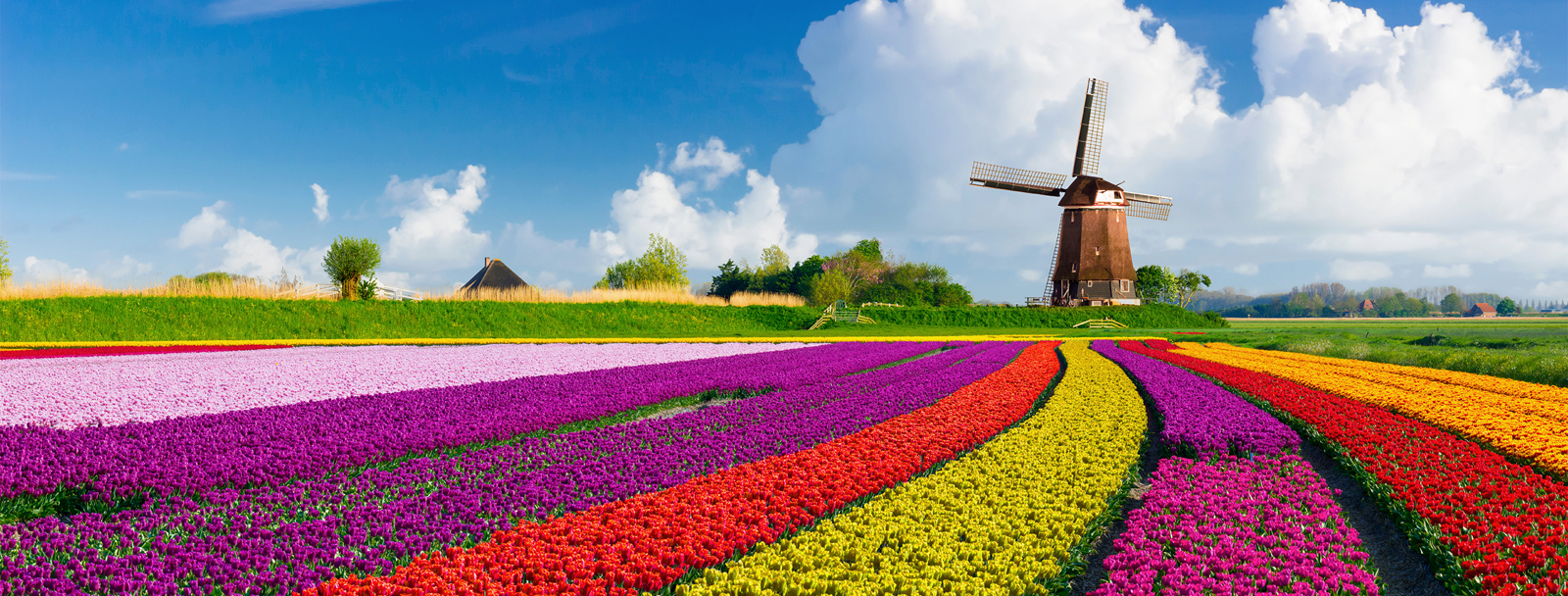

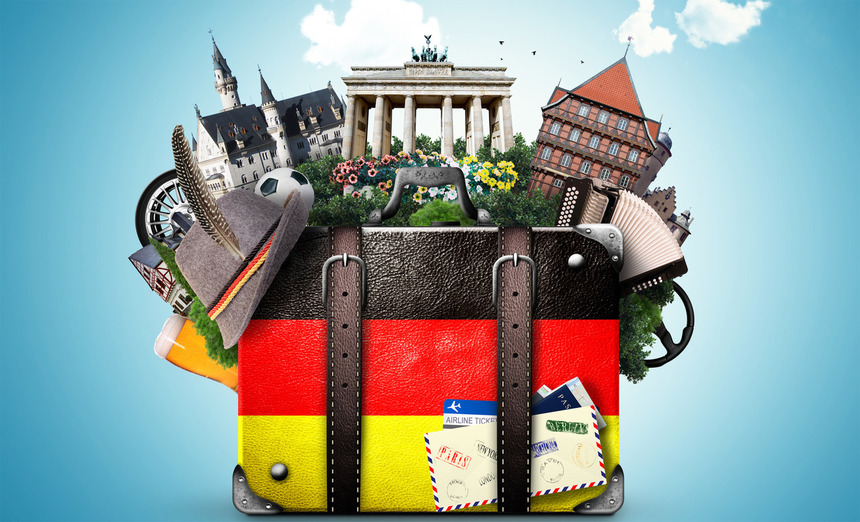


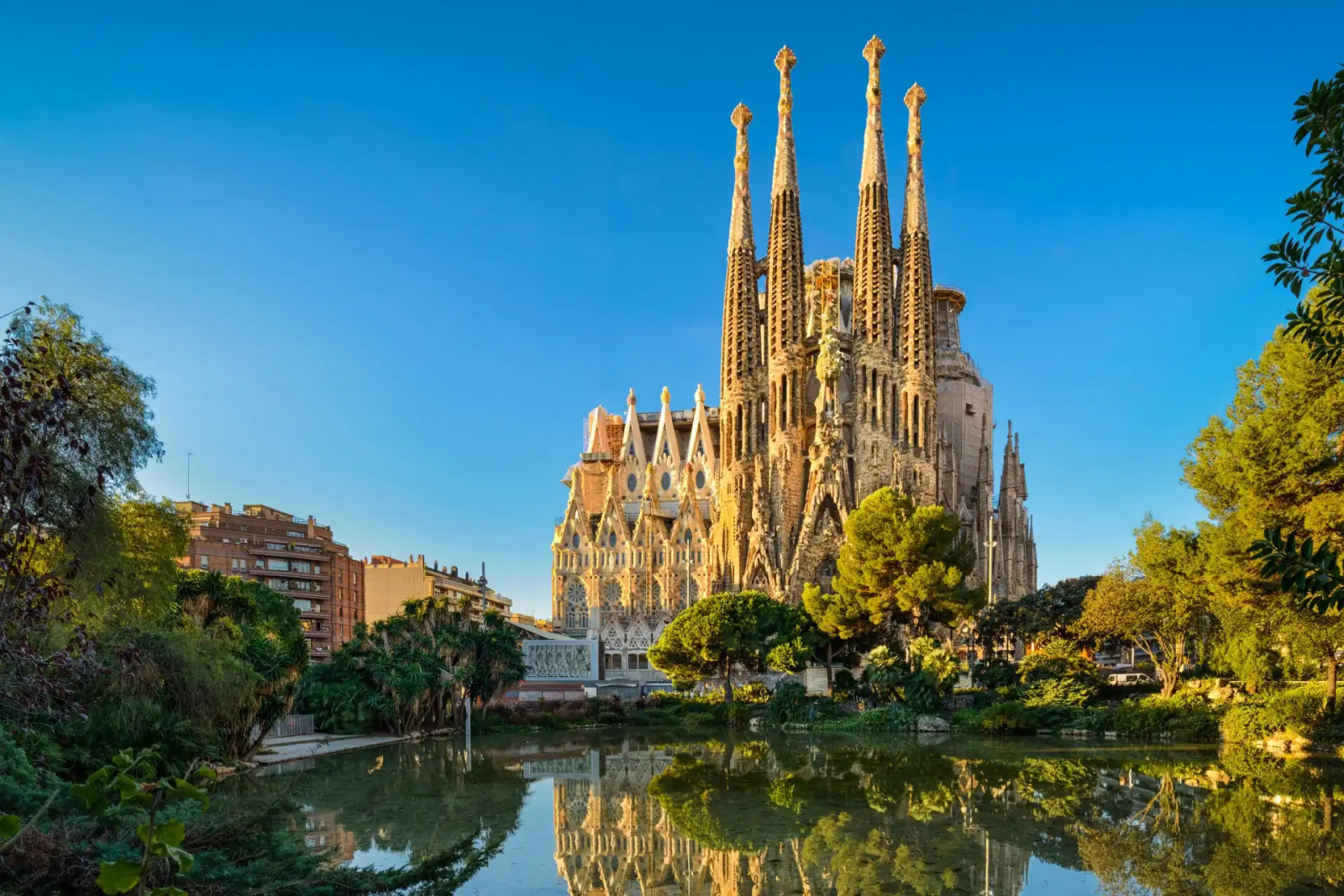
.jpg)
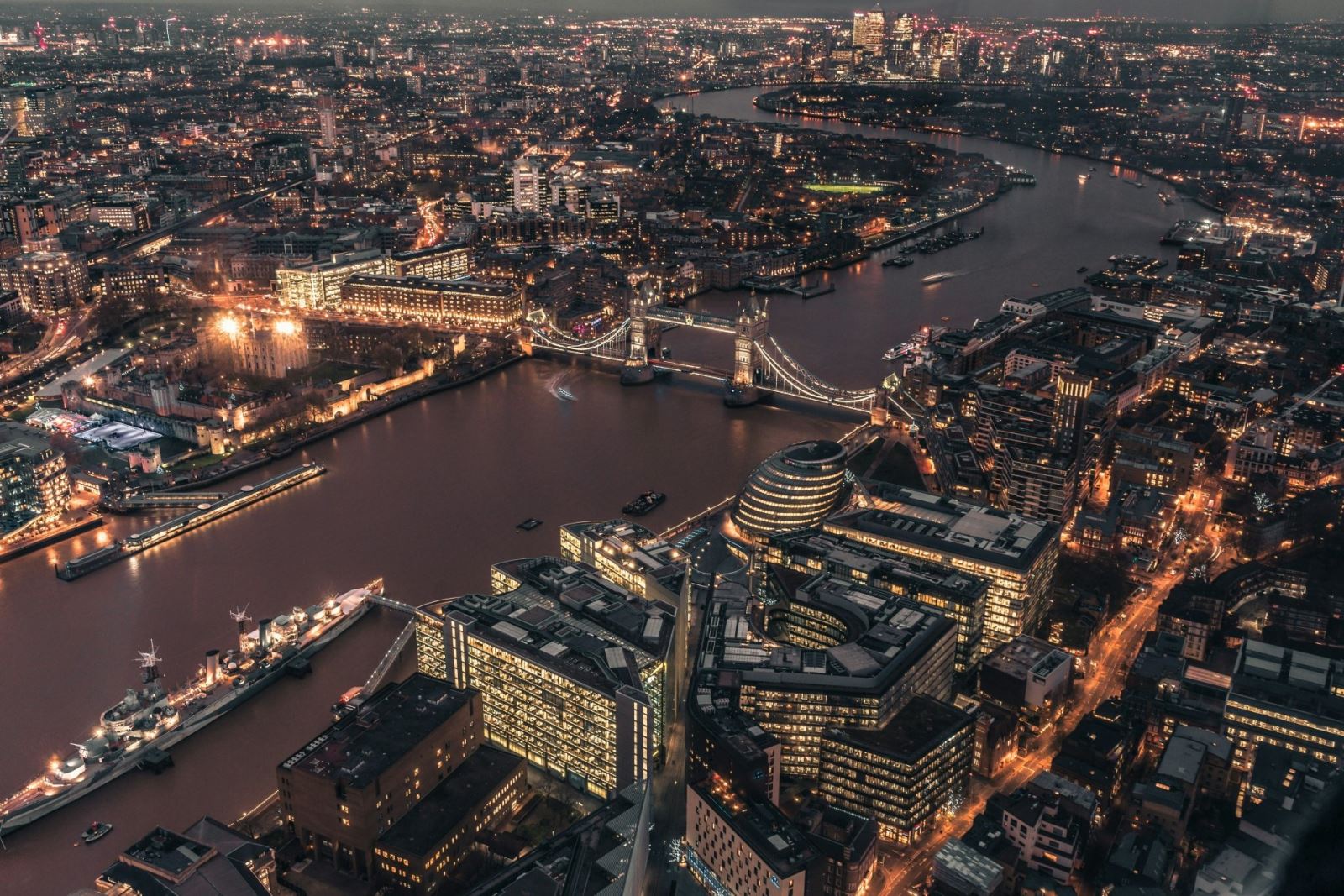


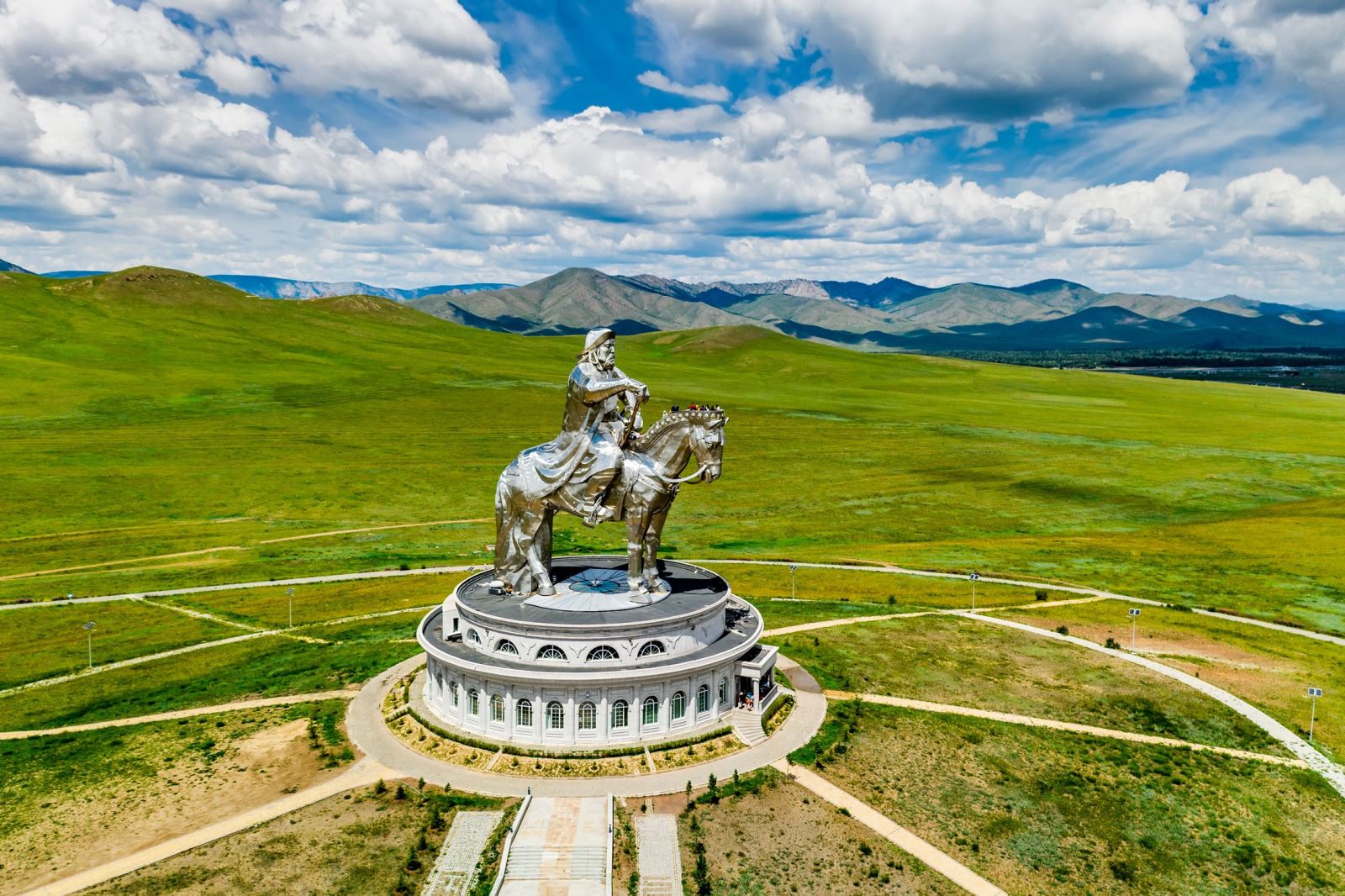
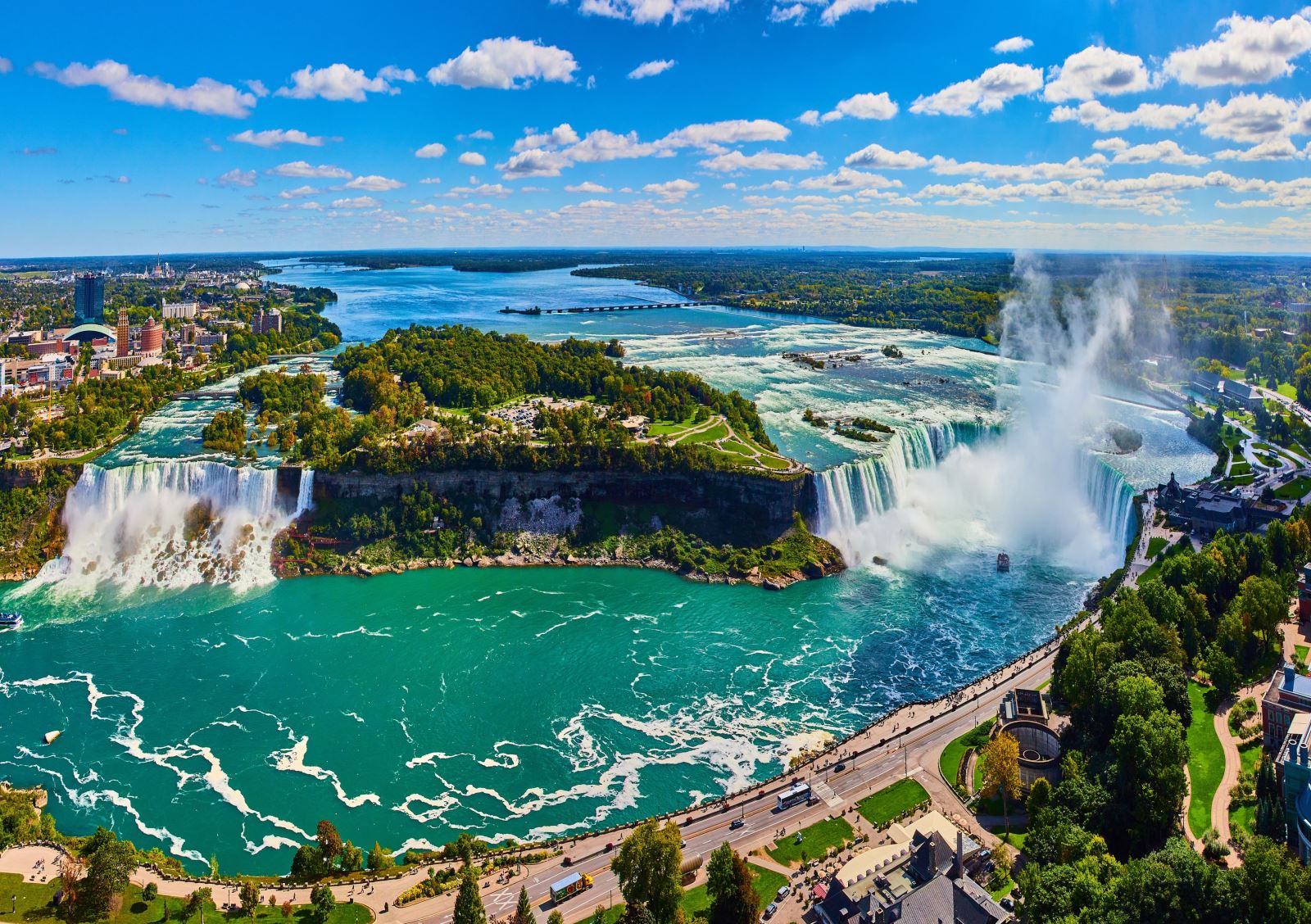
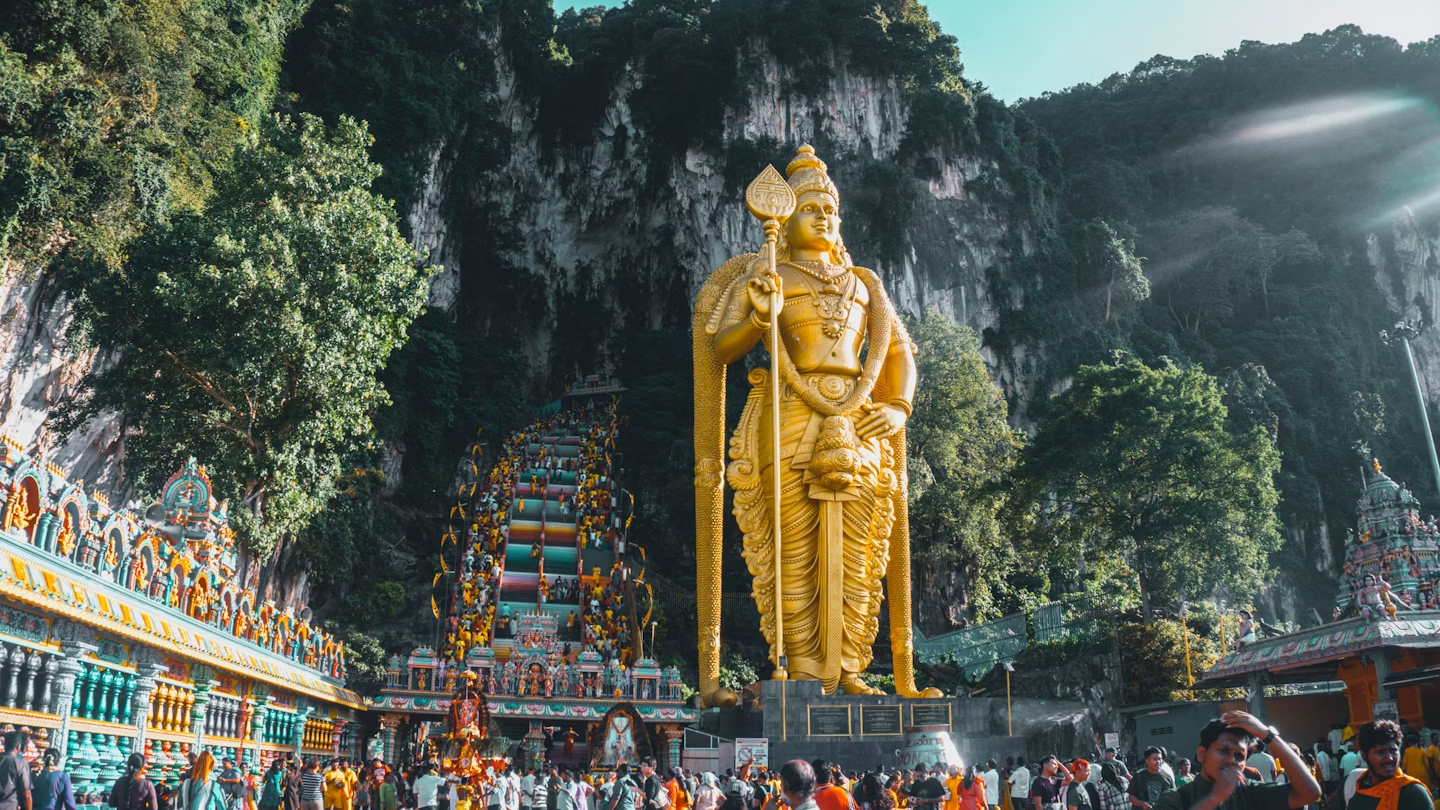
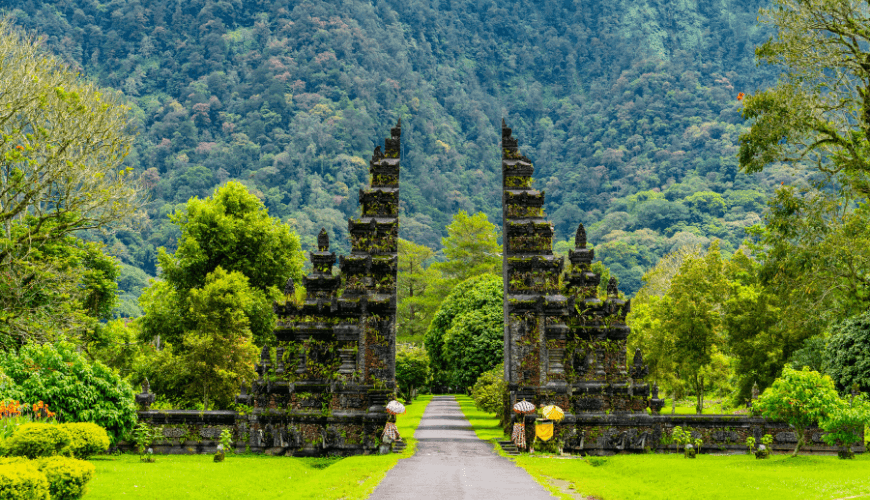



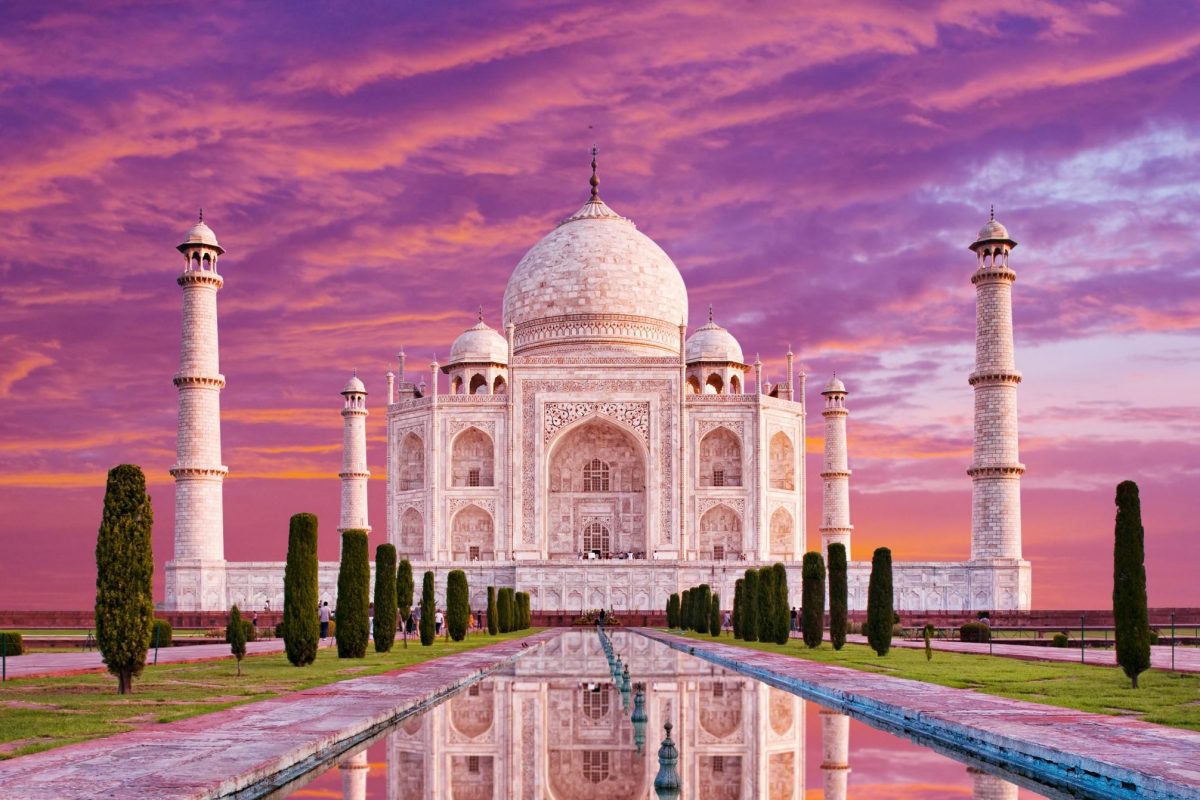


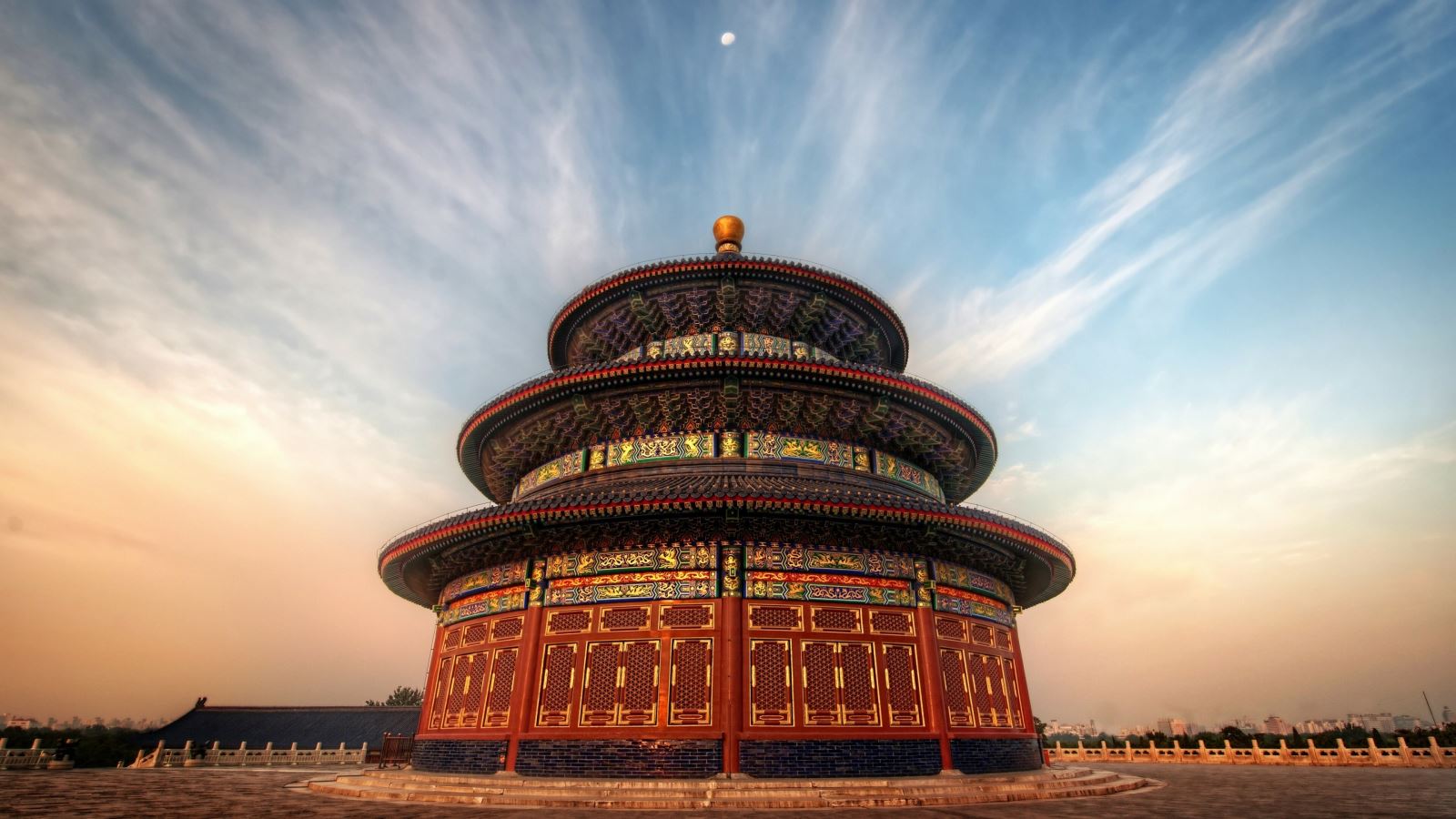


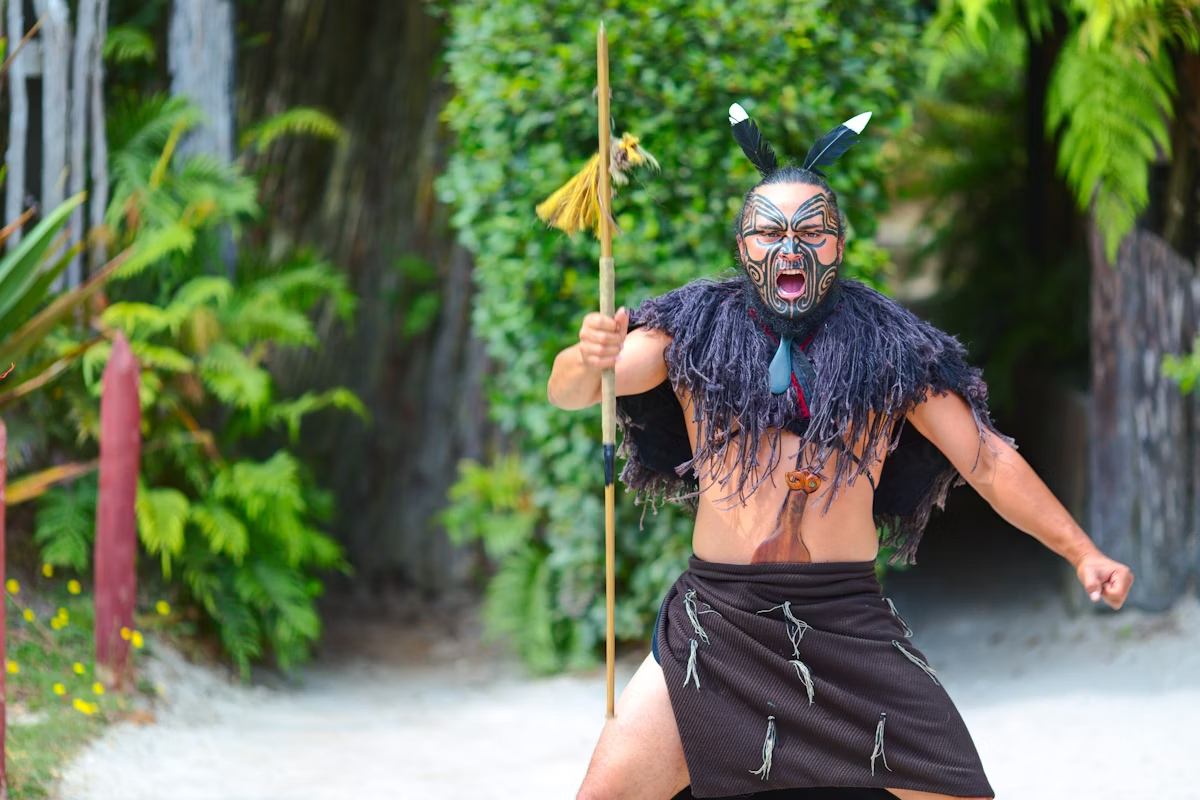

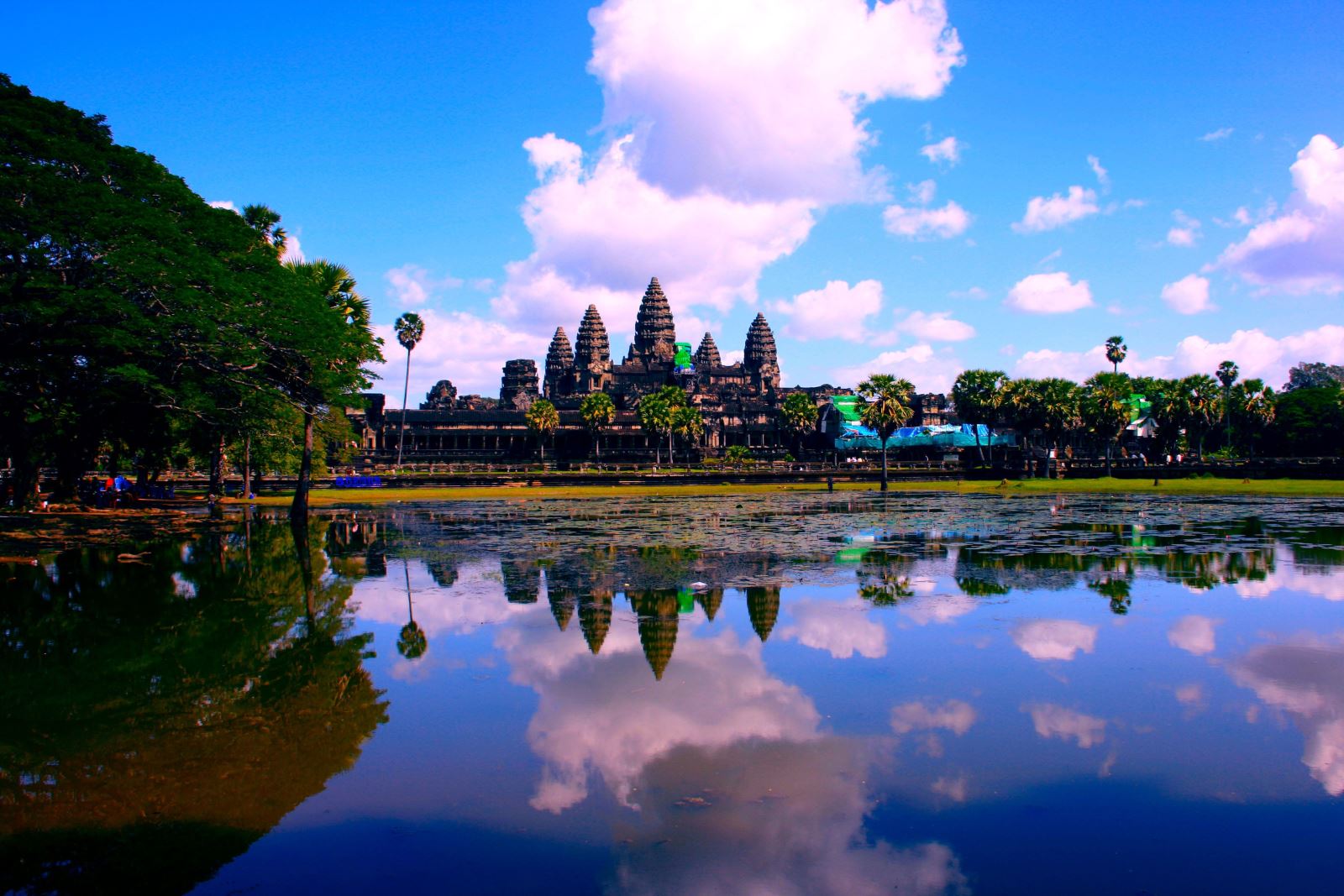
.png)



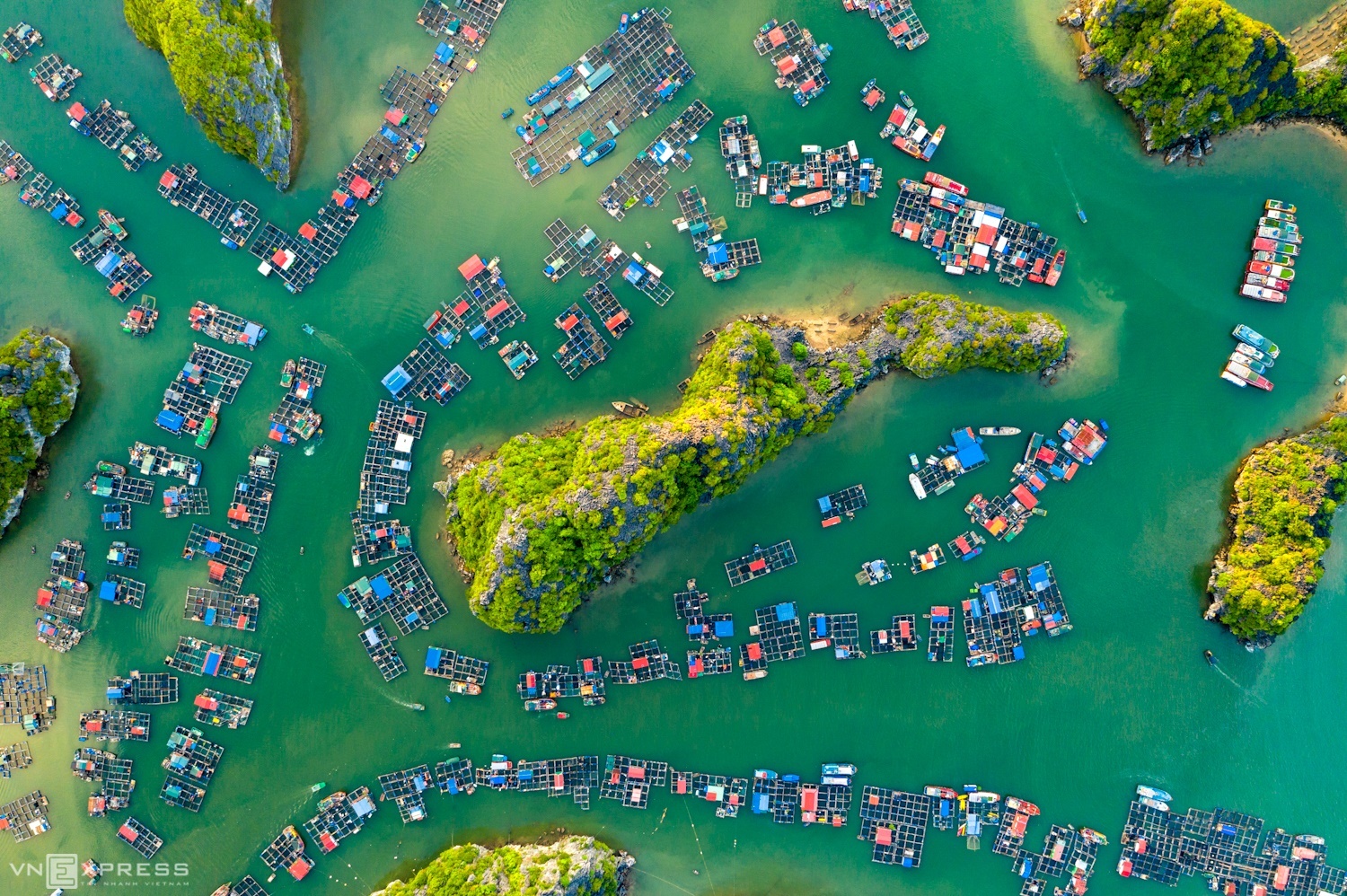
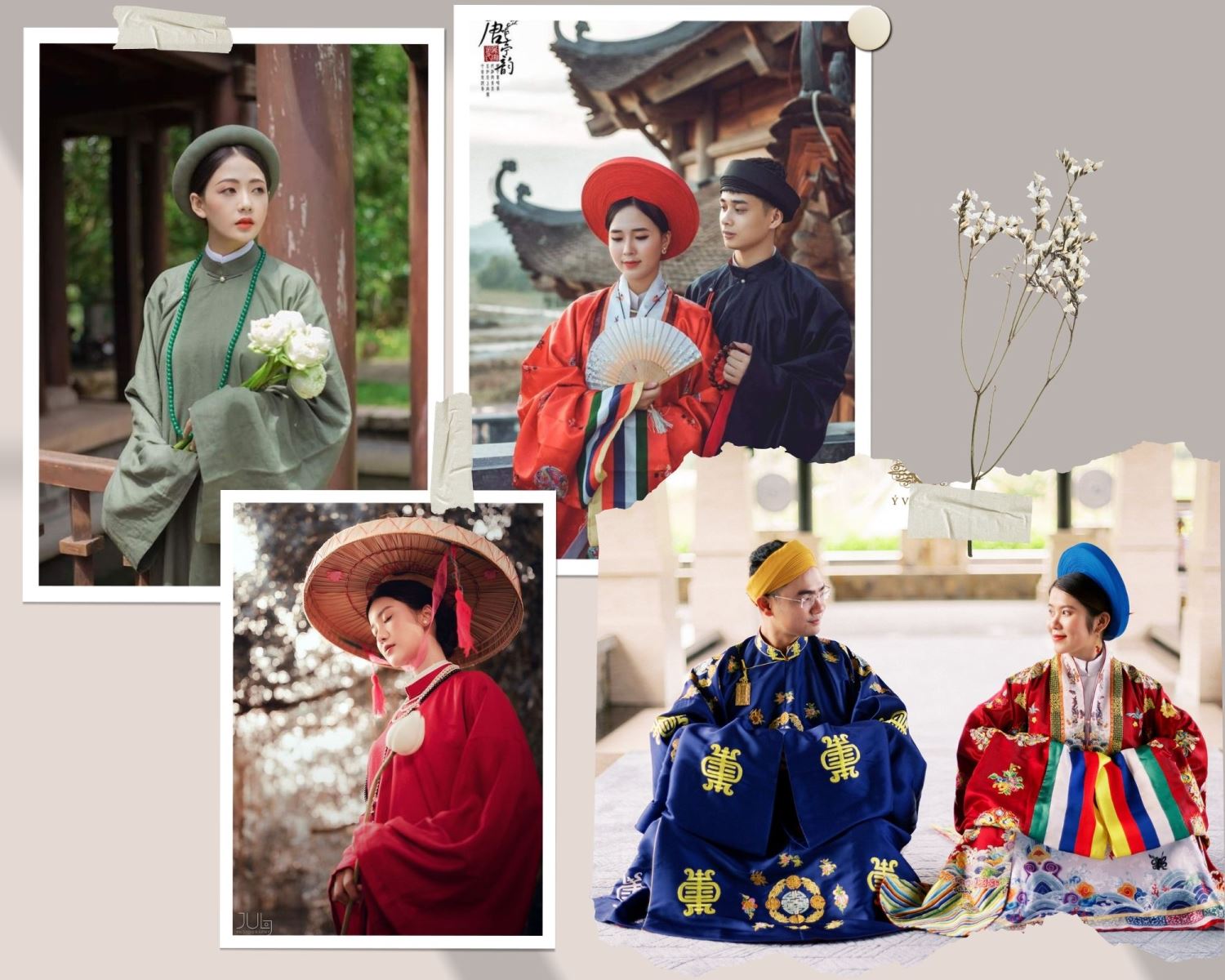

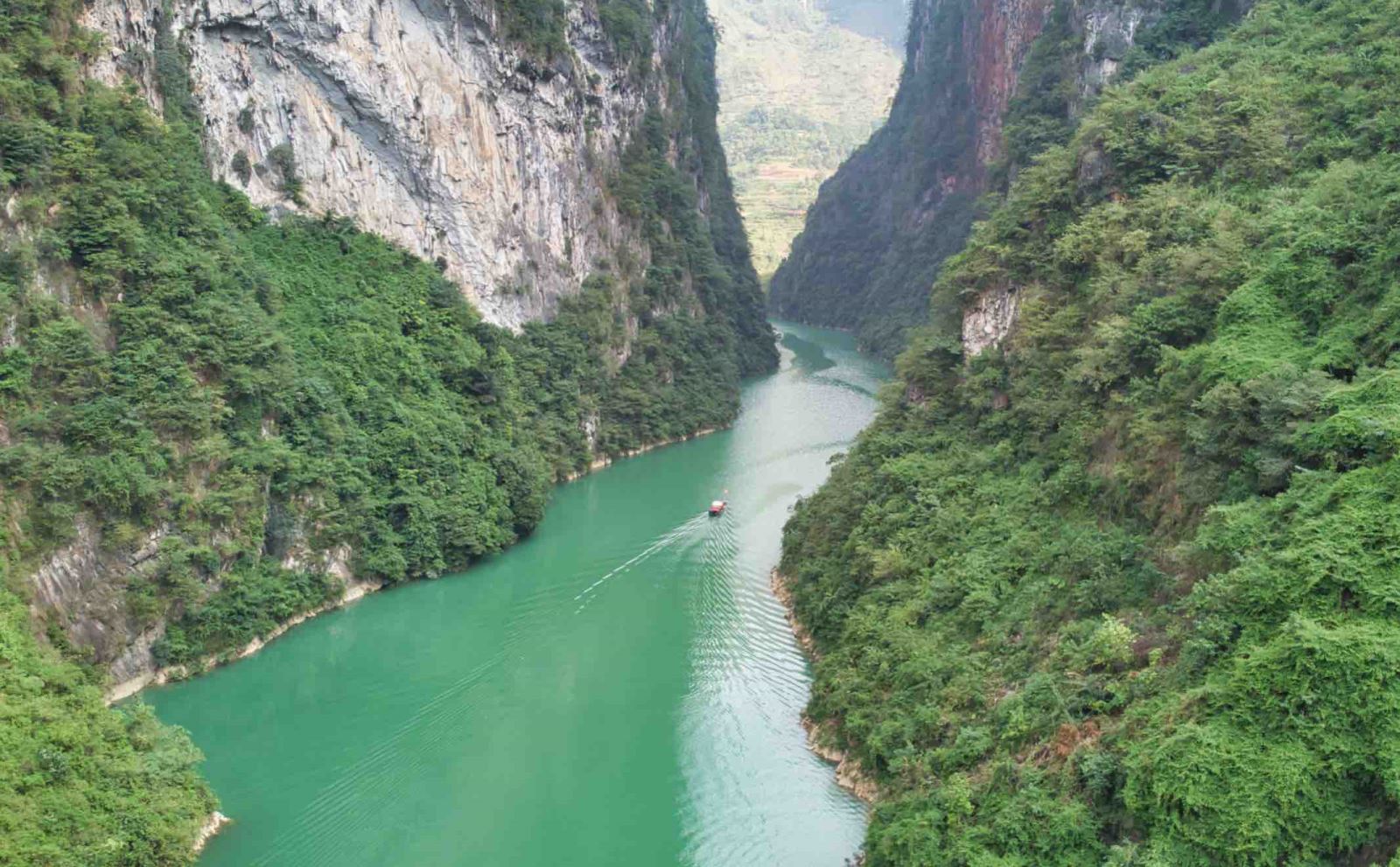

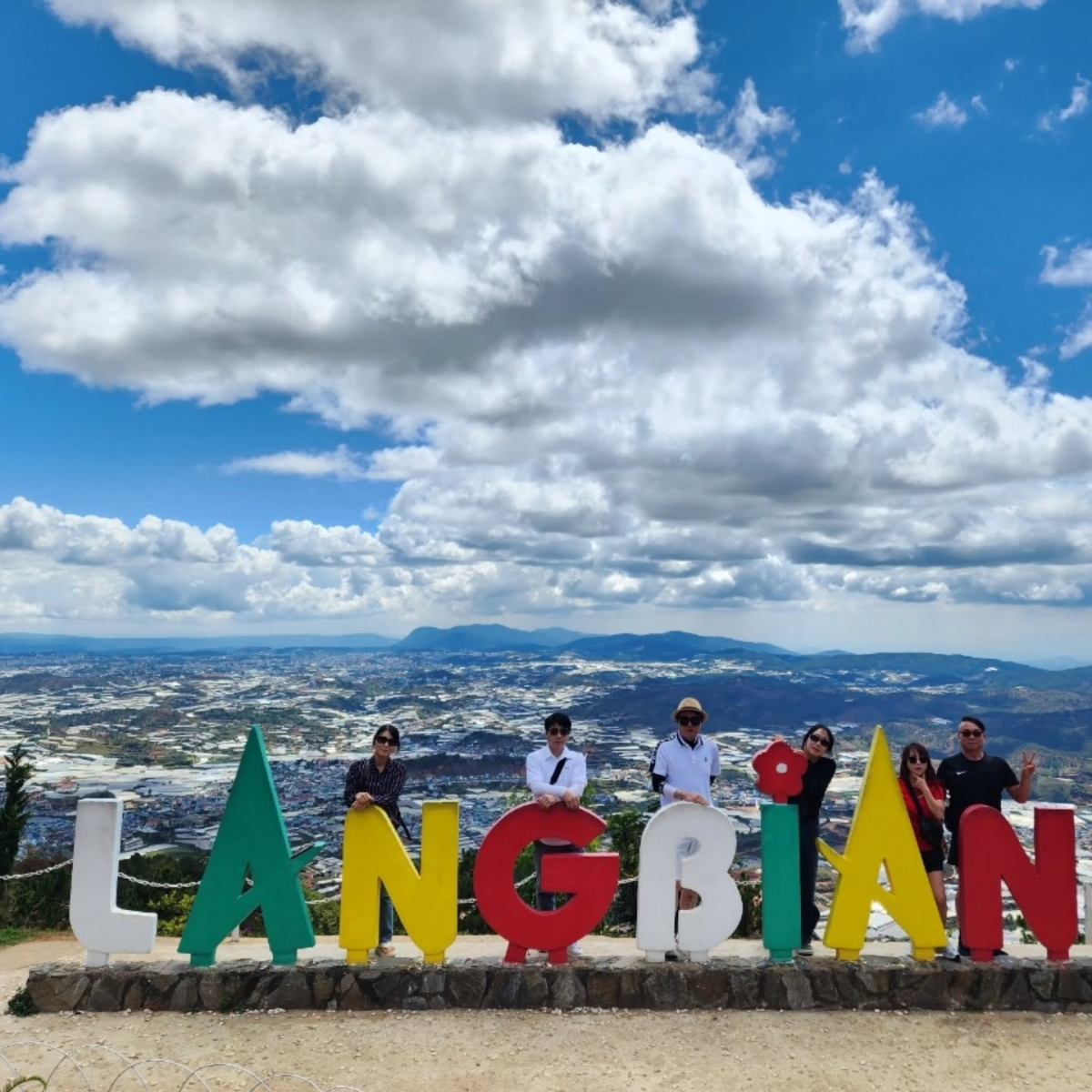

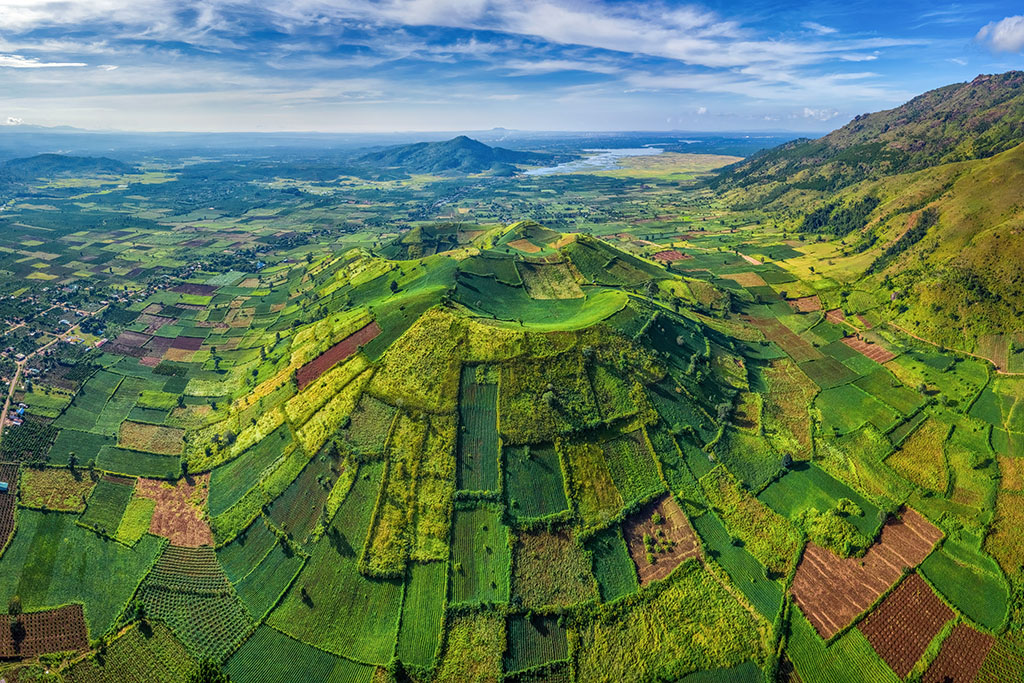


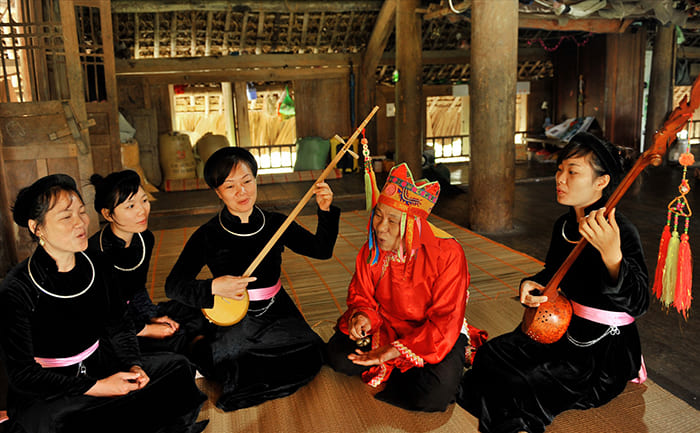
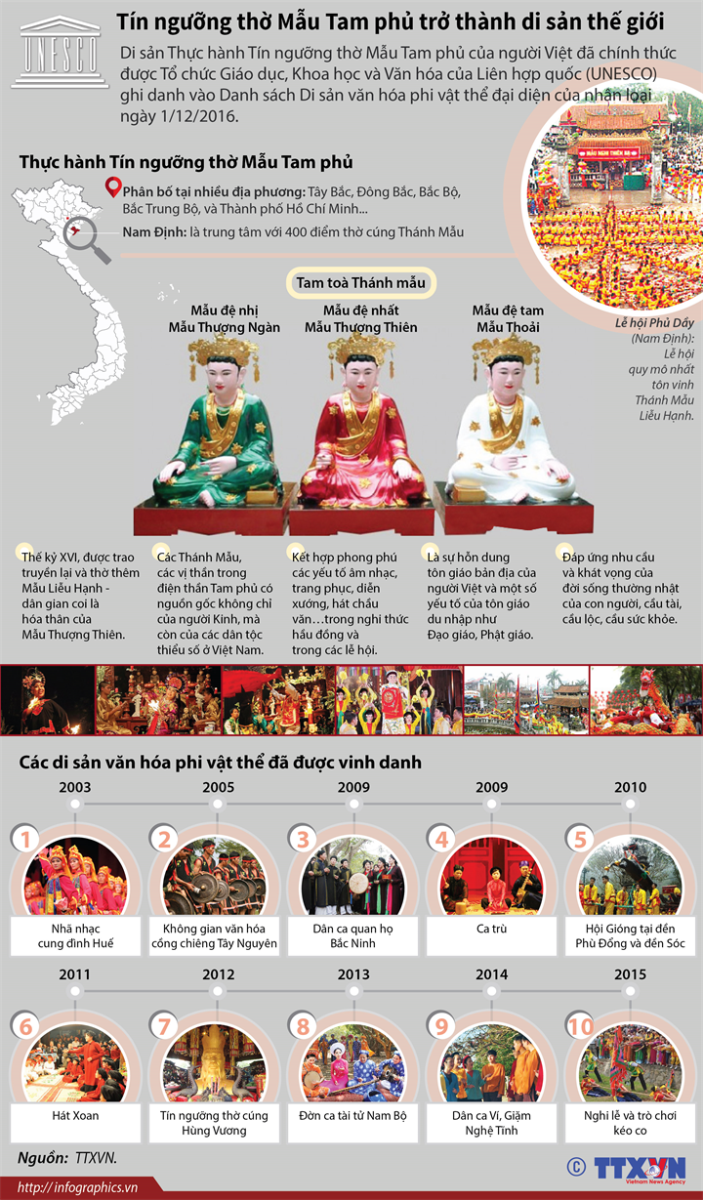
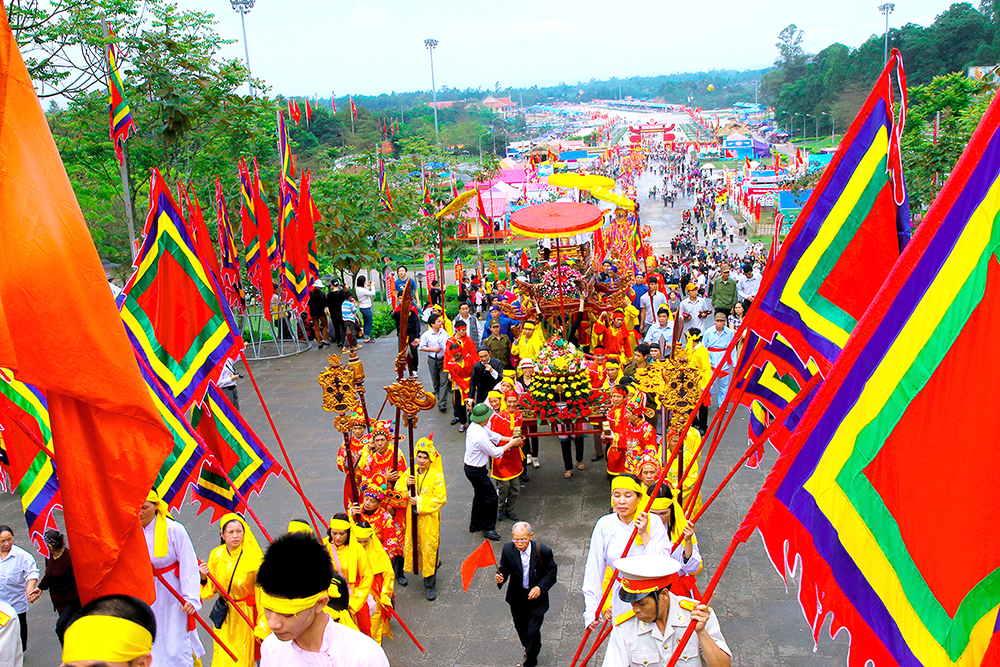
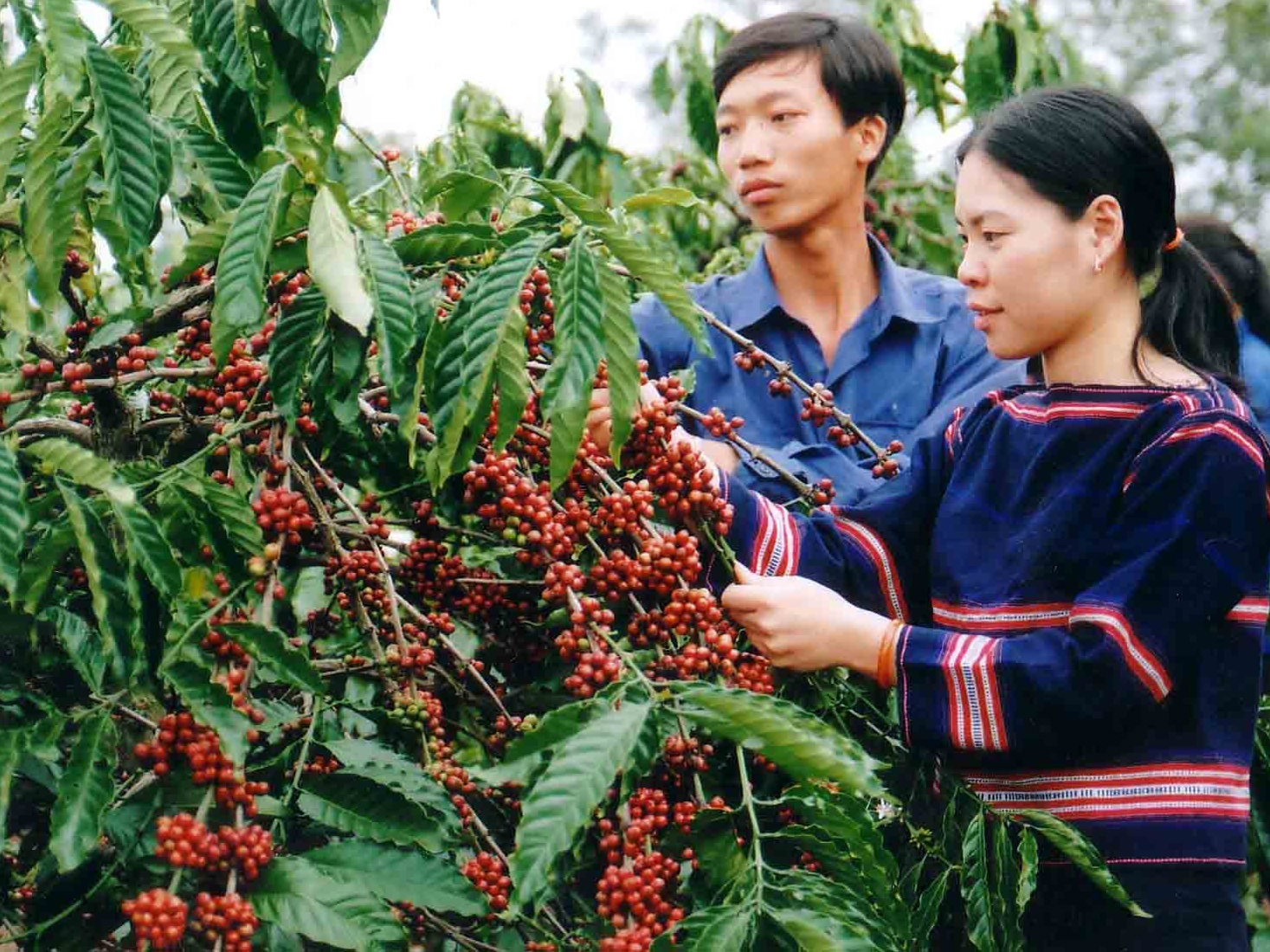

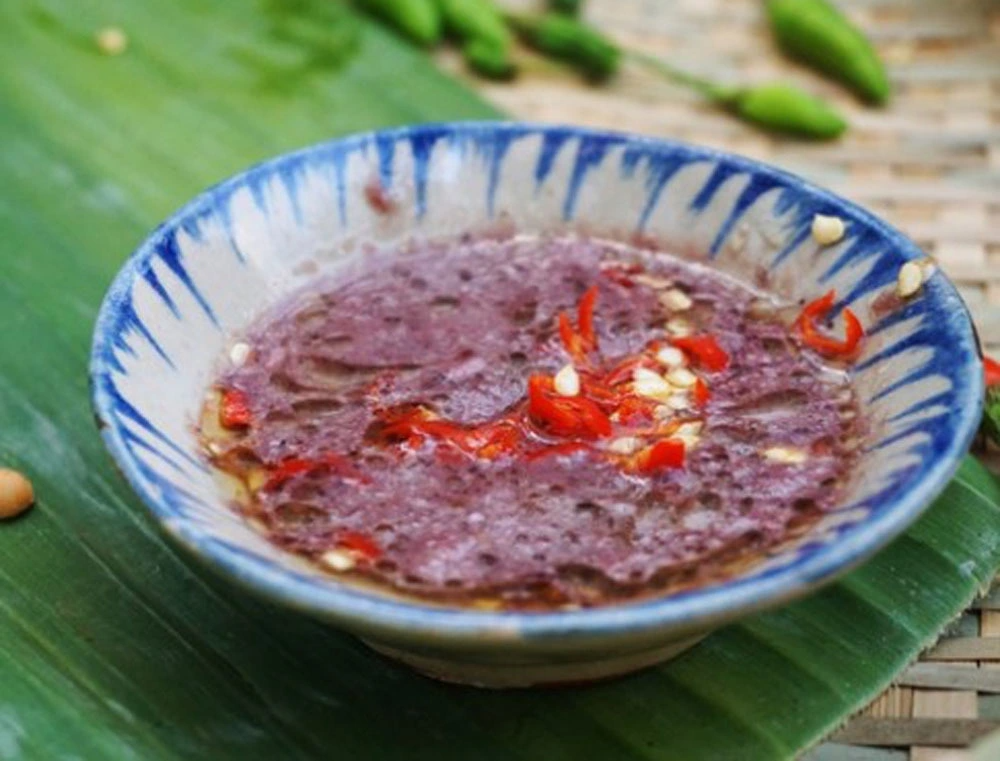
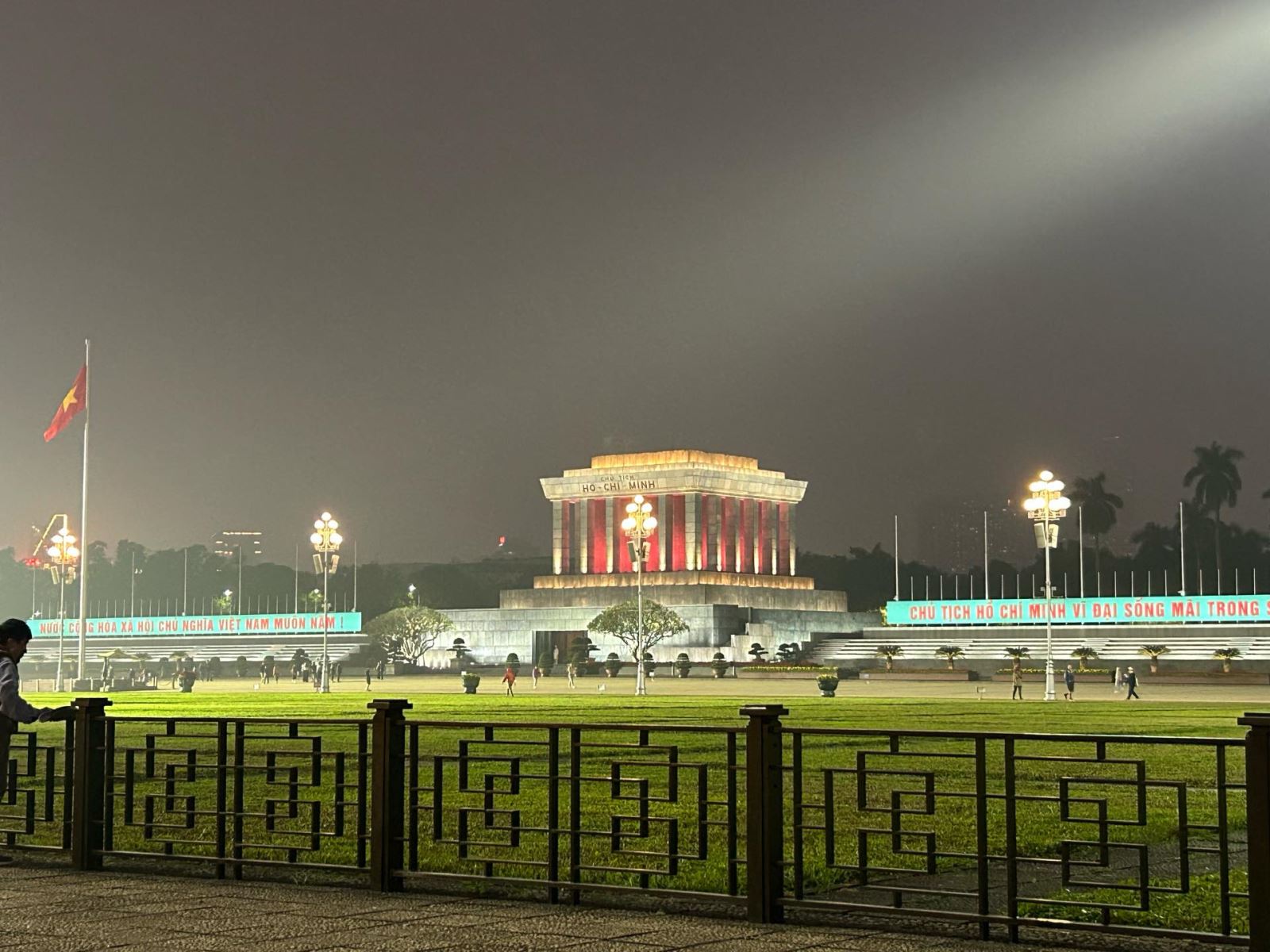
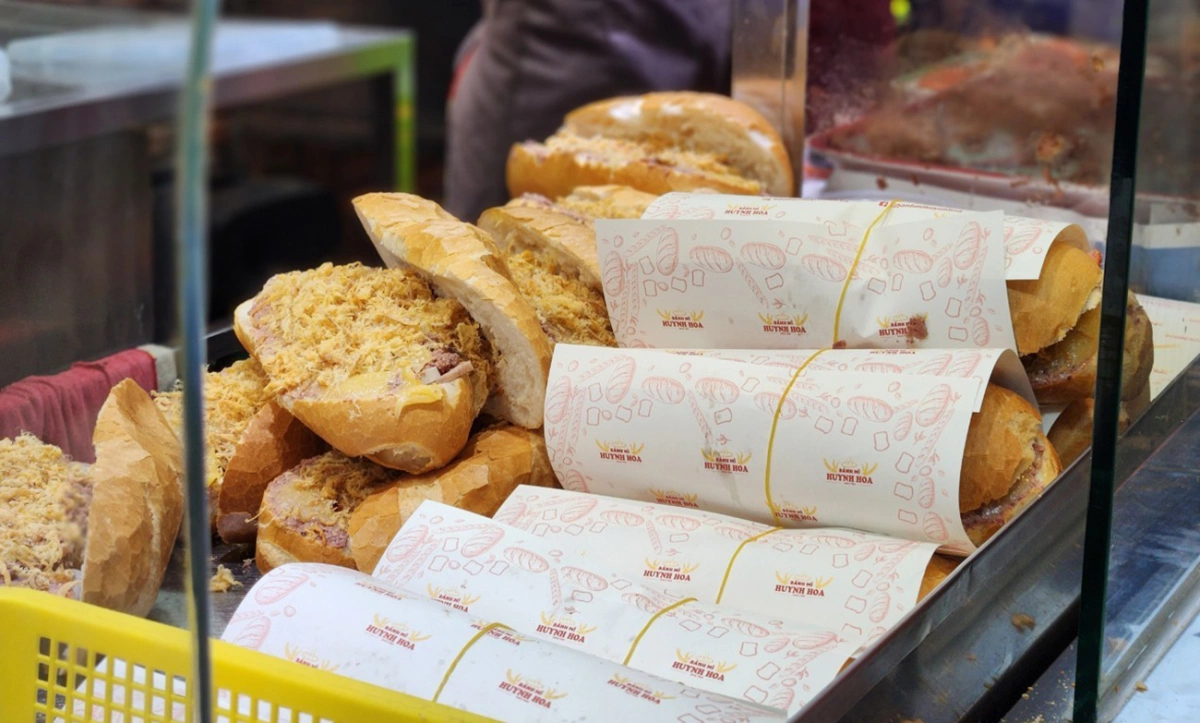
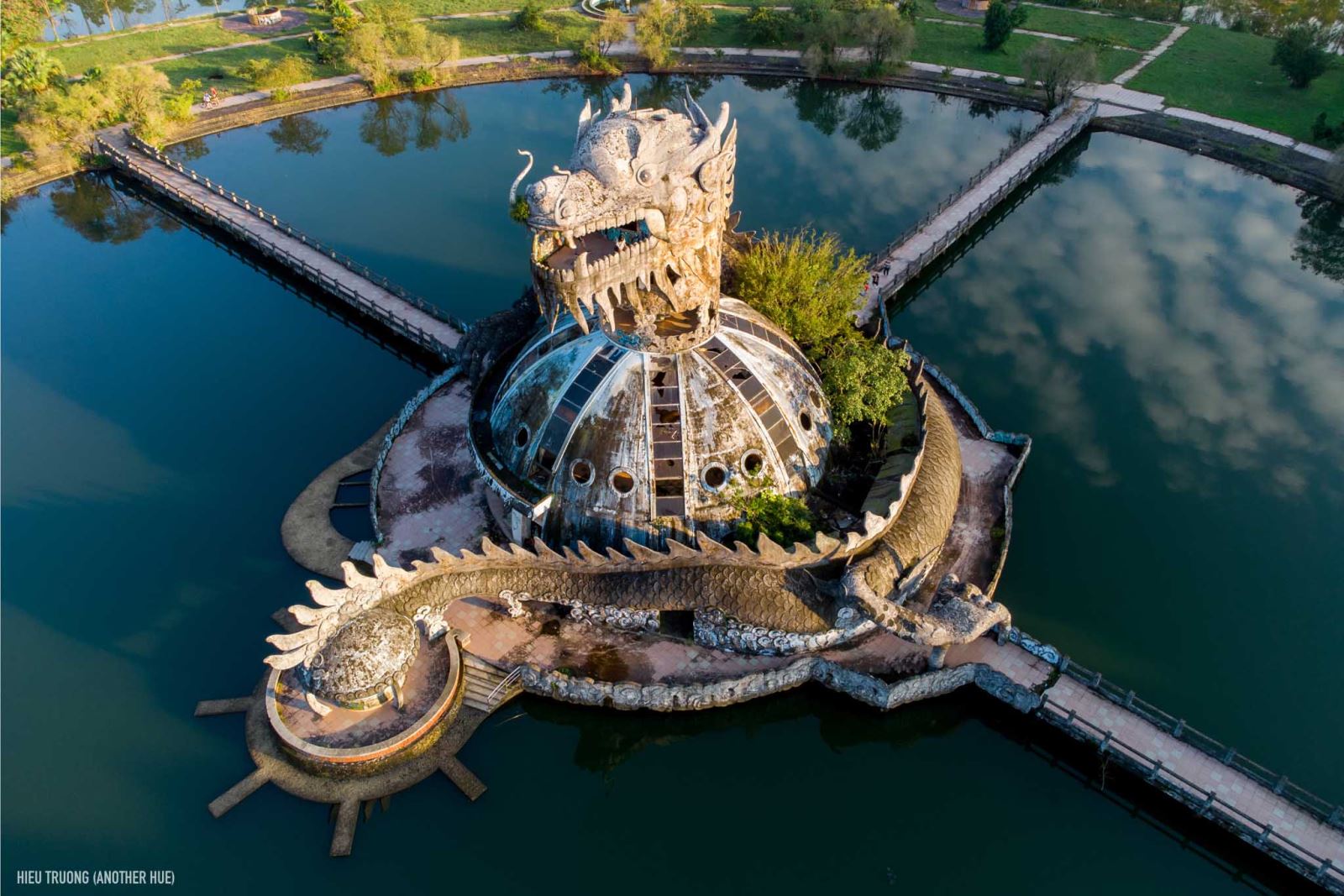
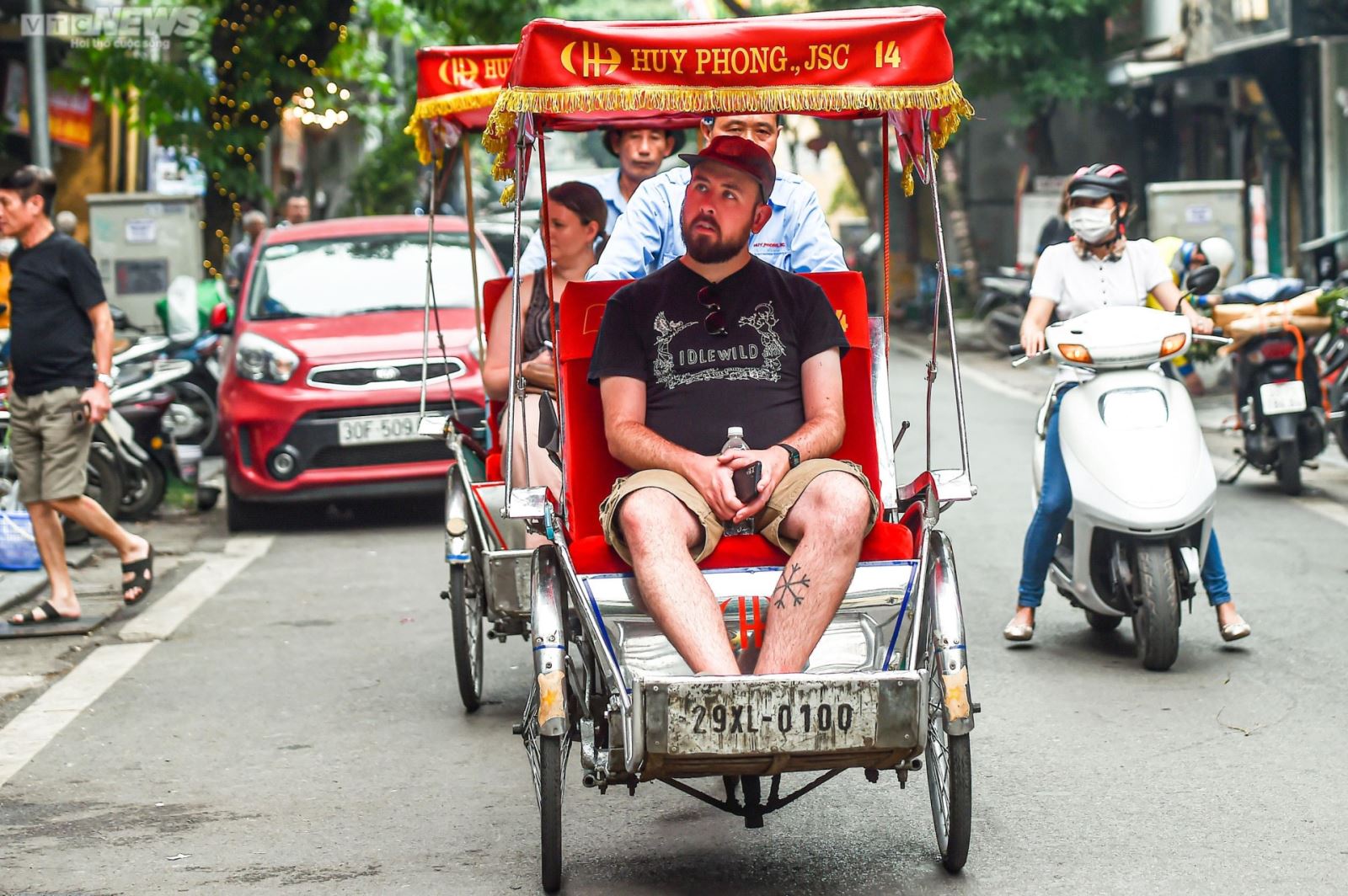
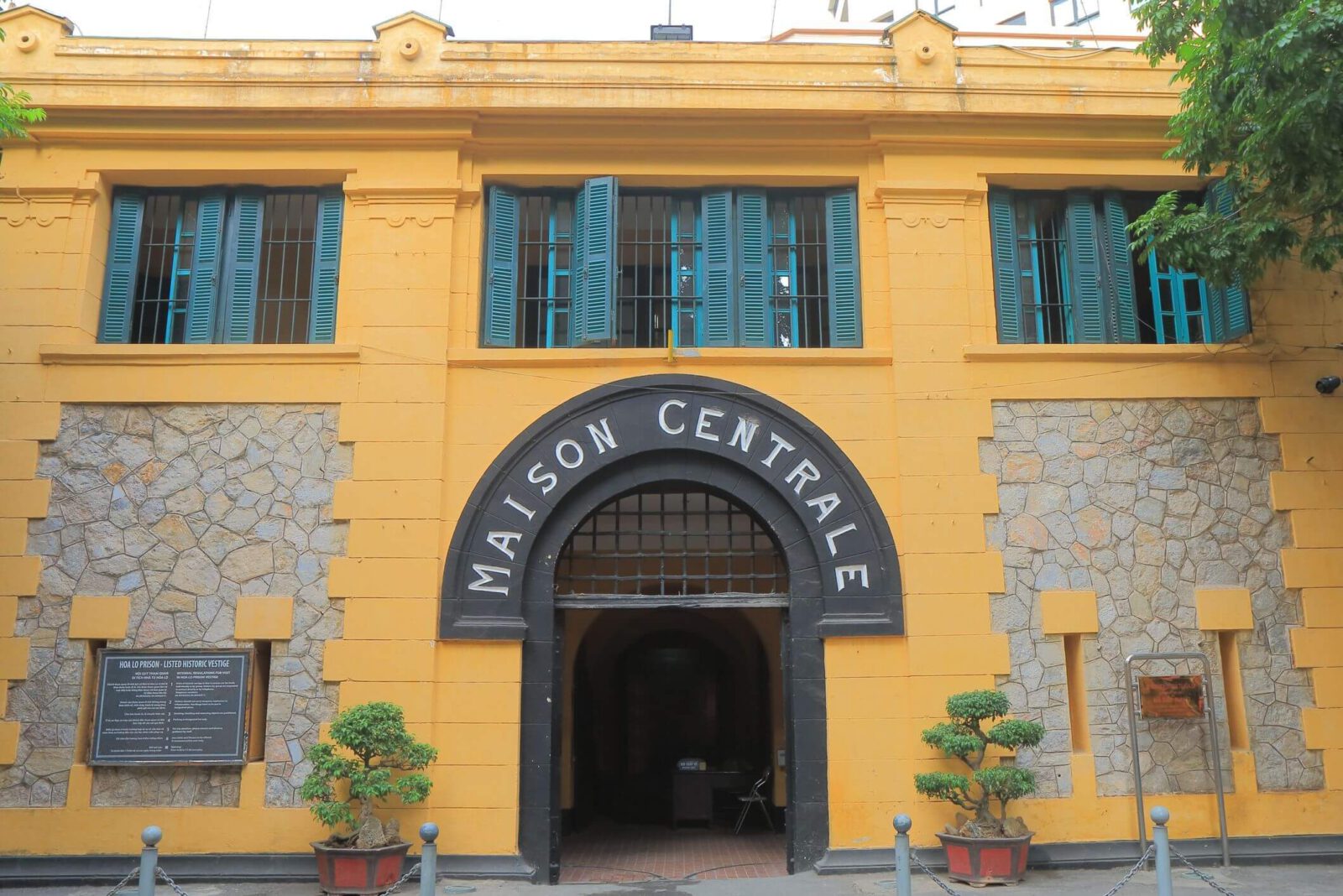
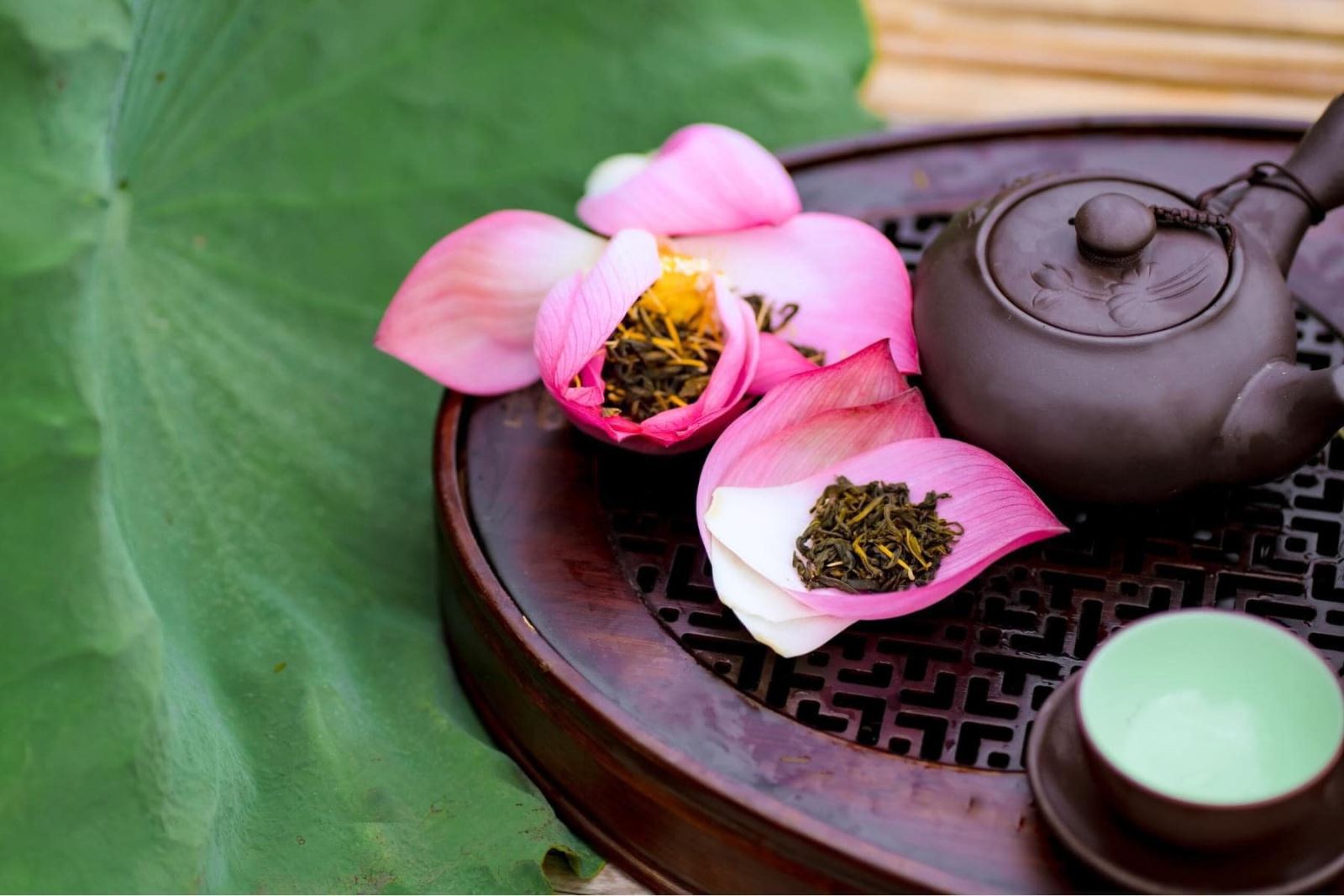
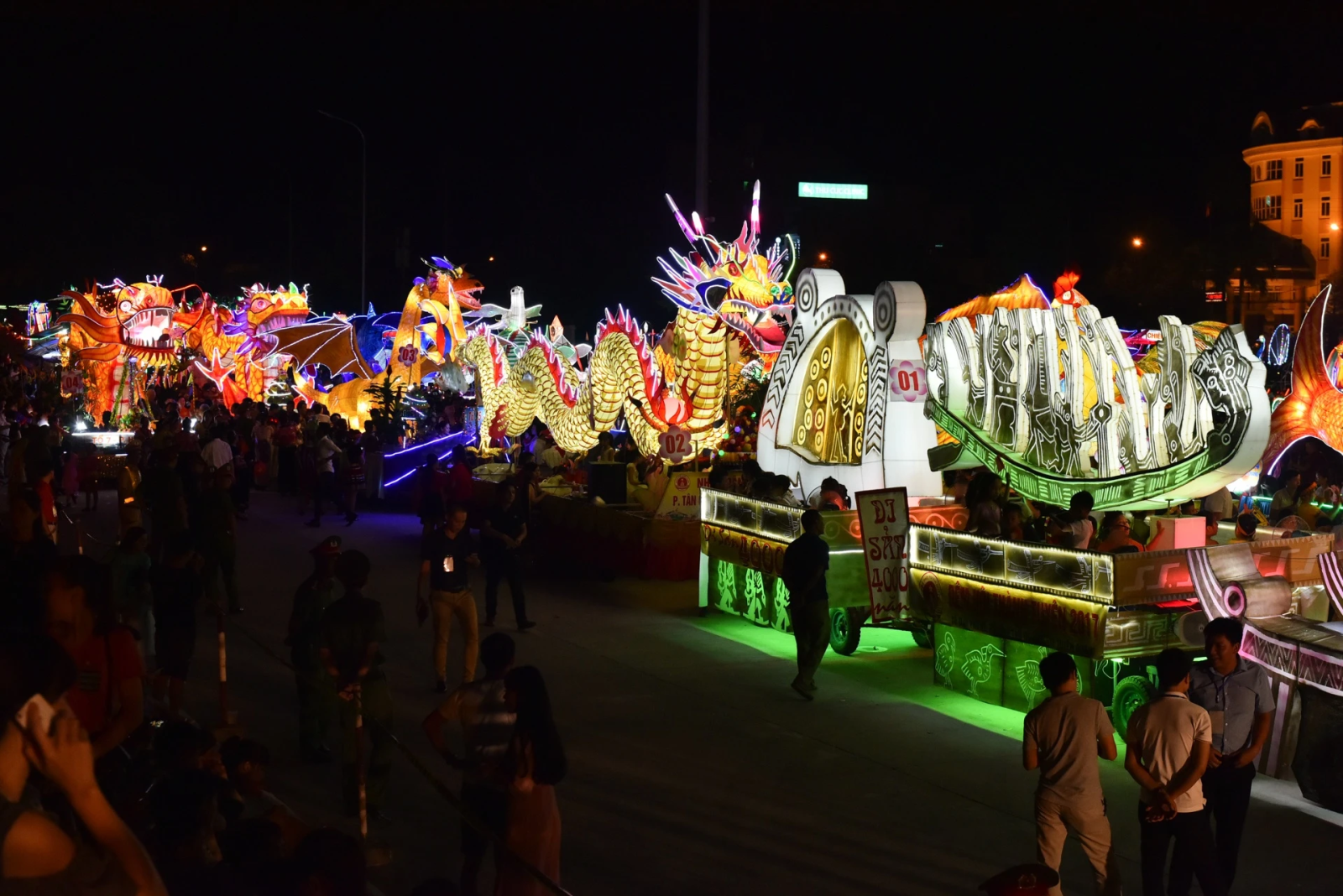
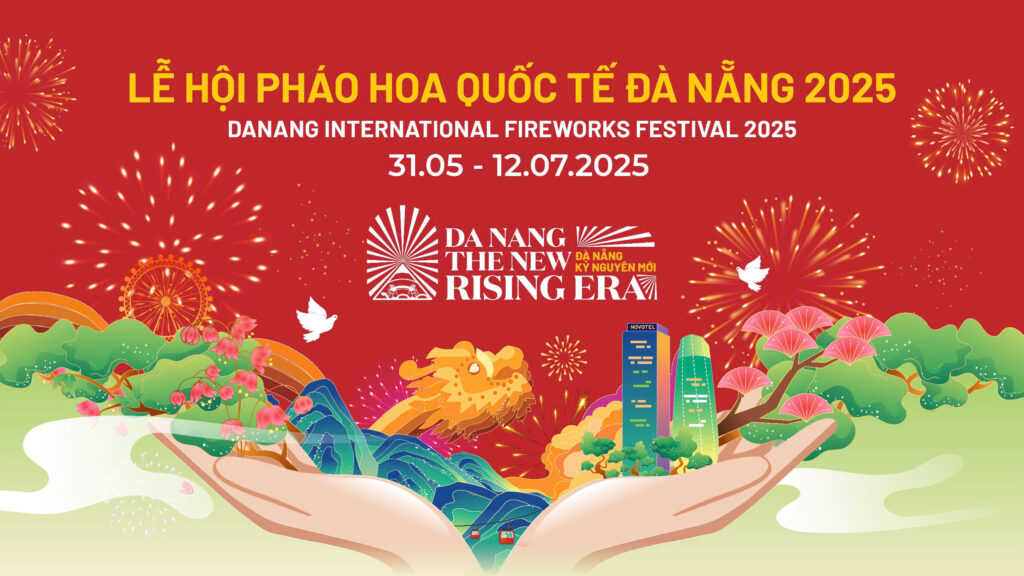
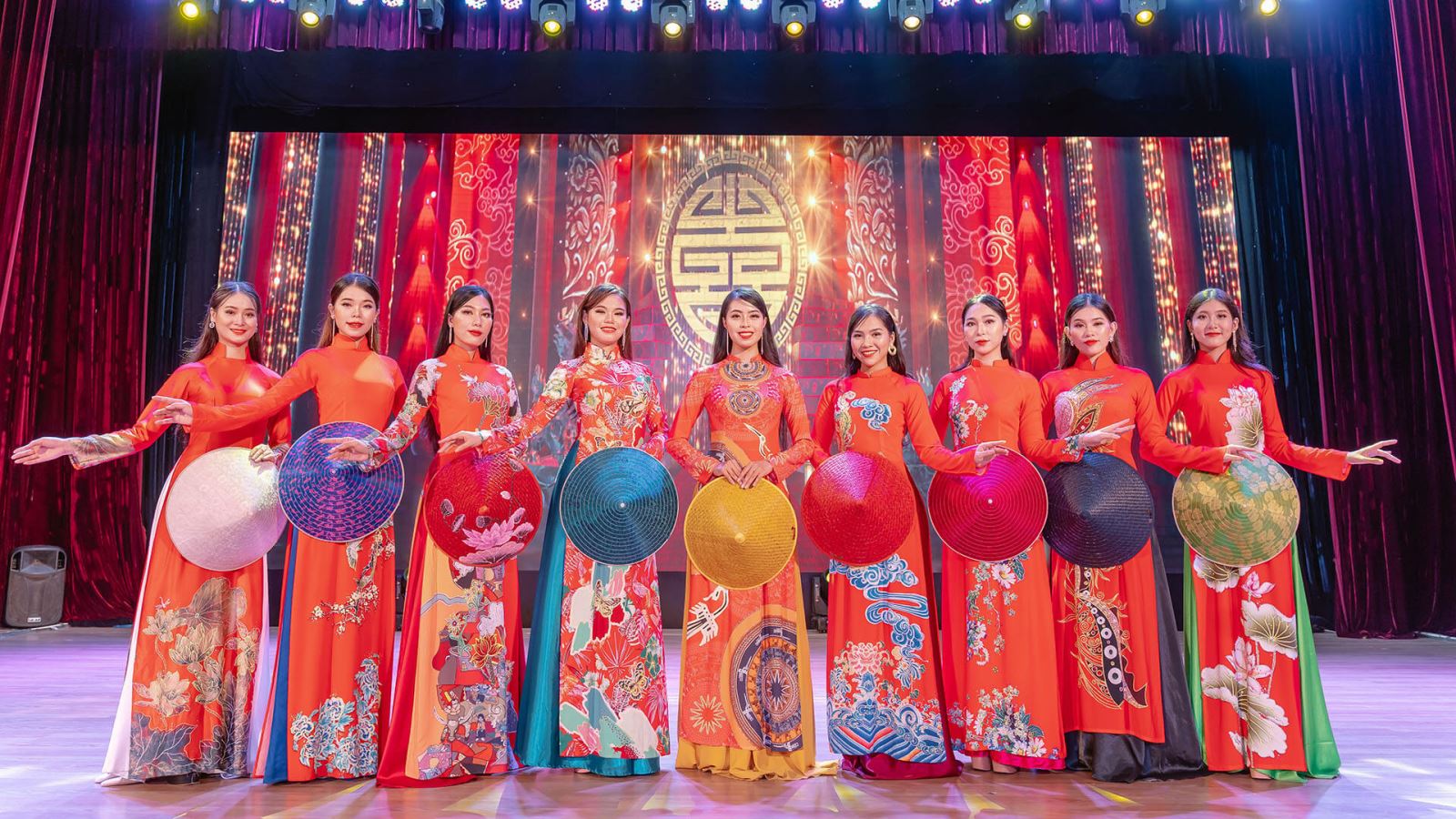

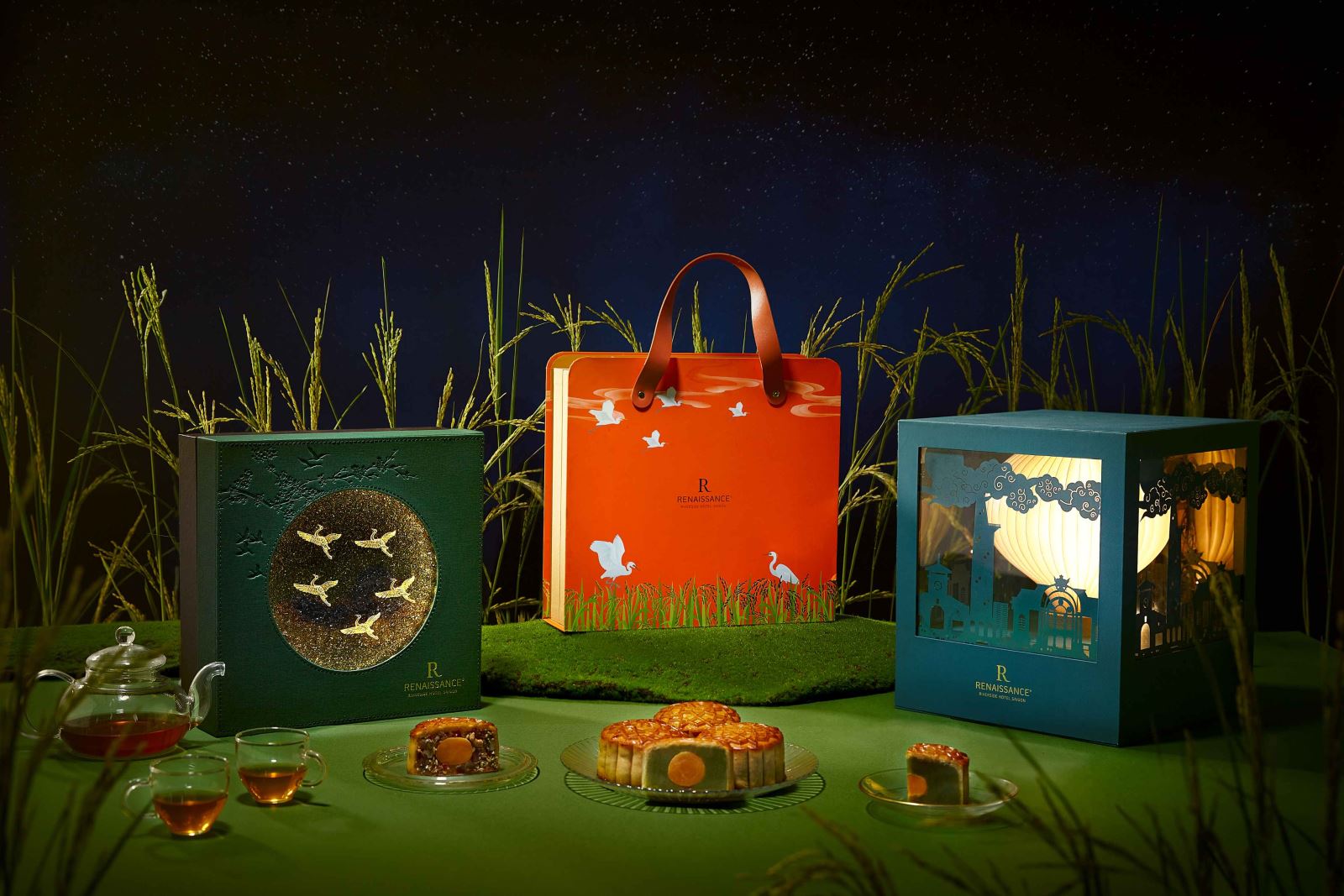
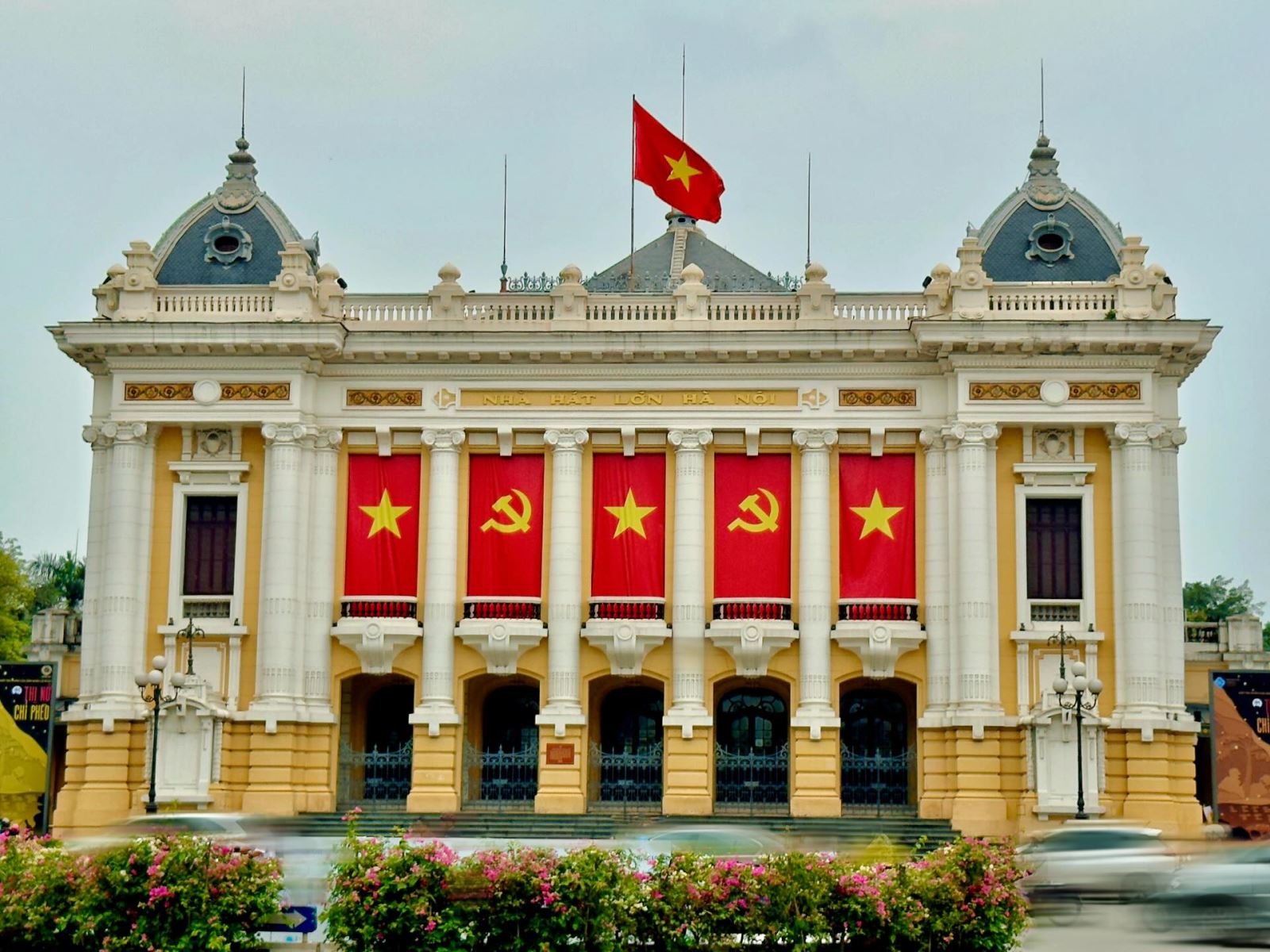
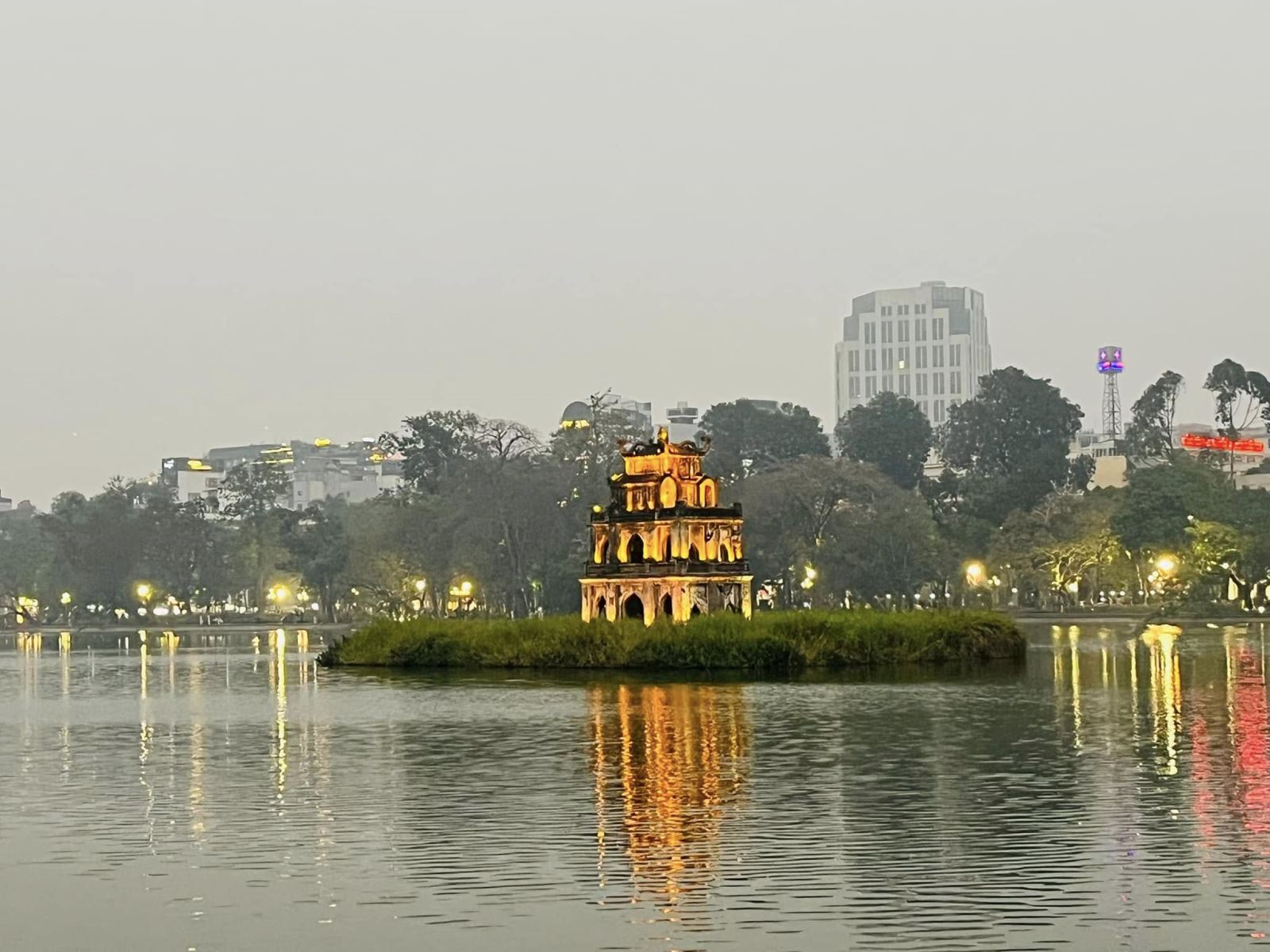
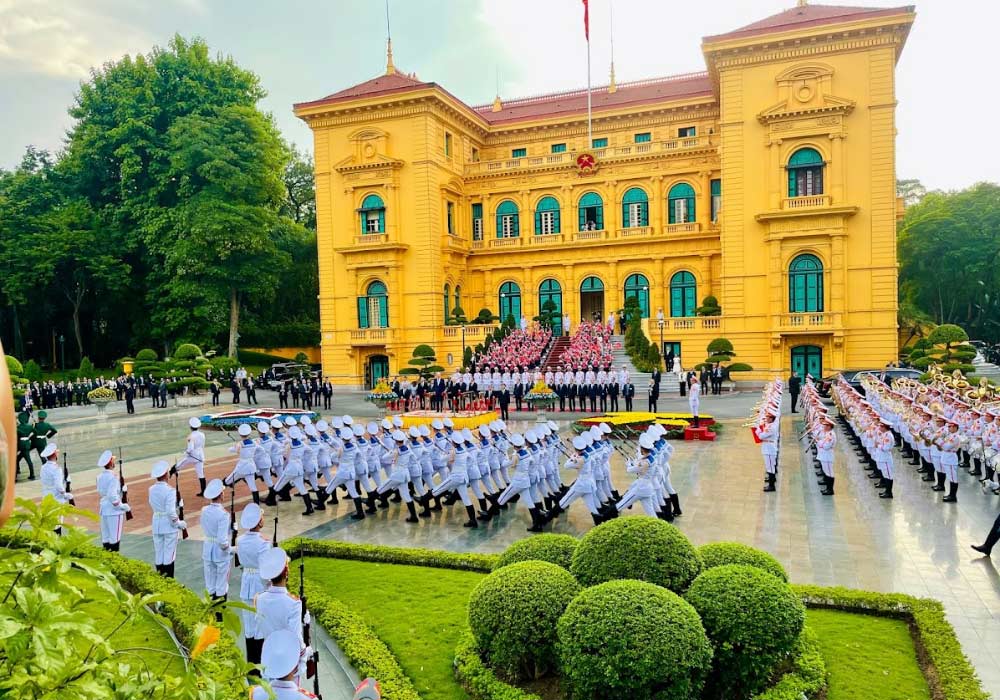
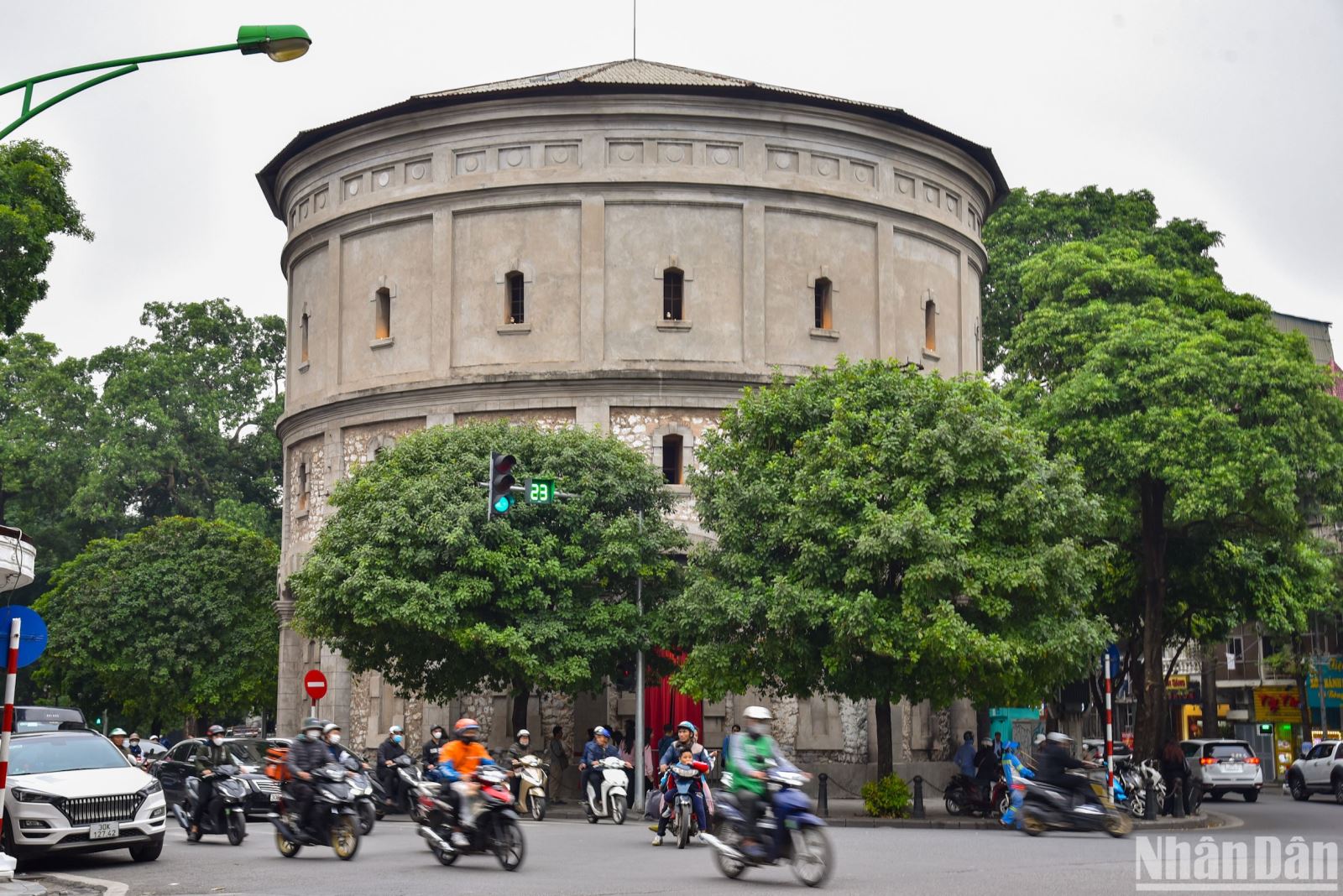


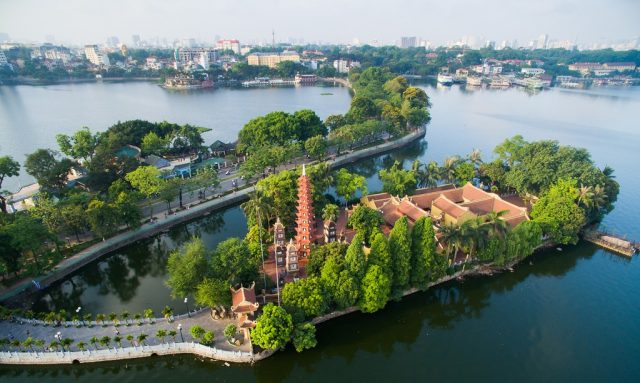
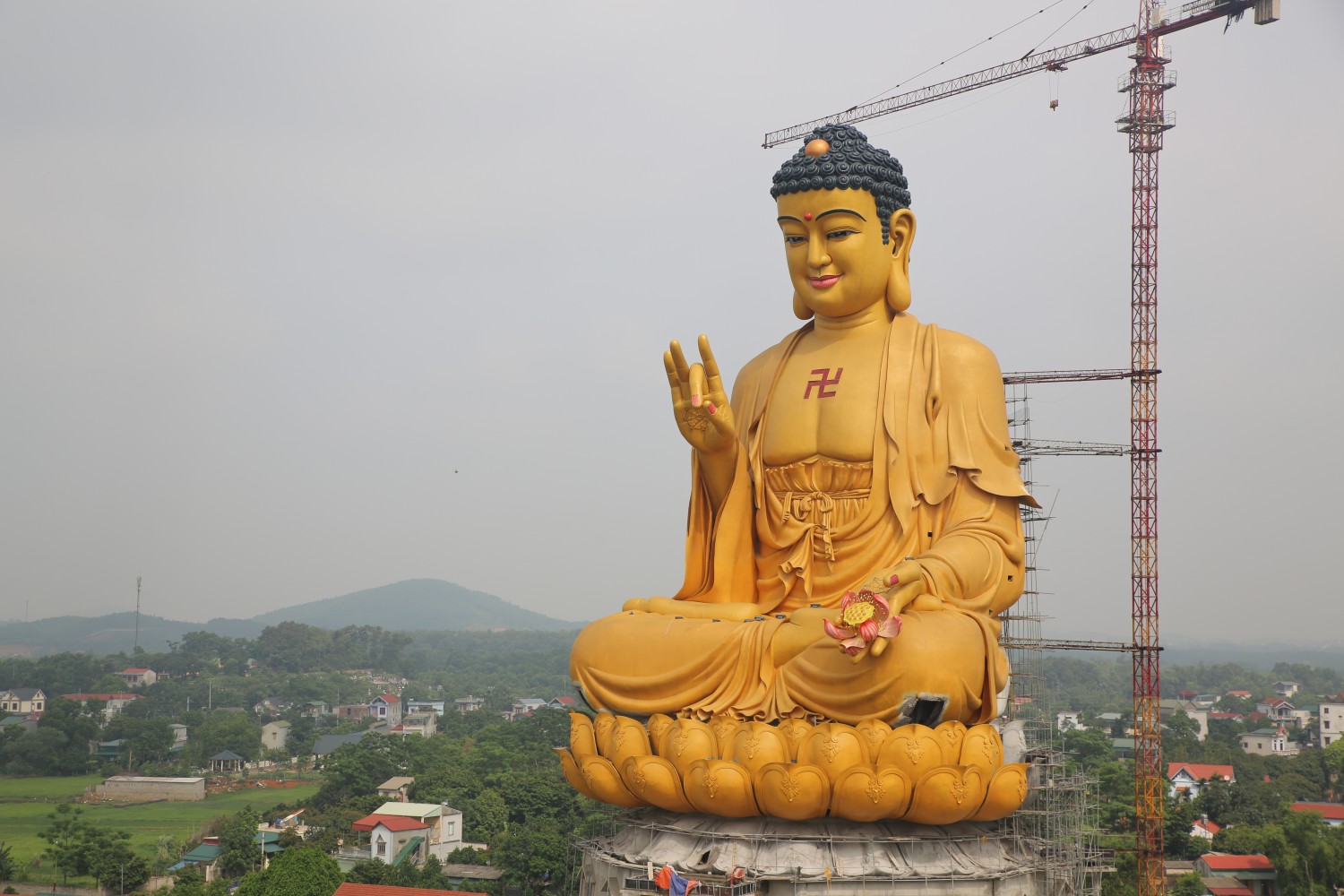
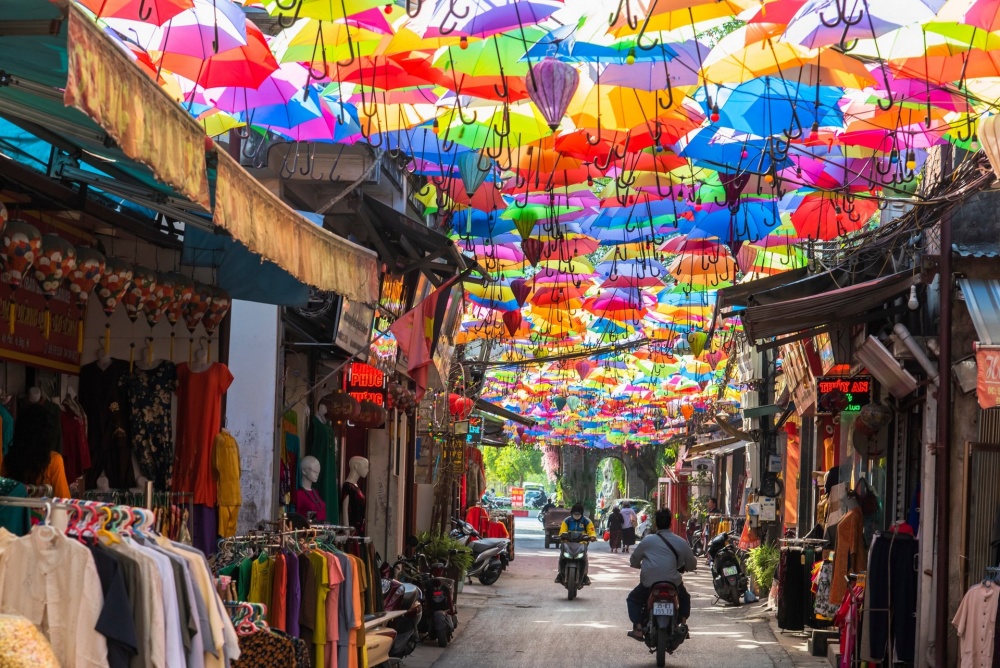

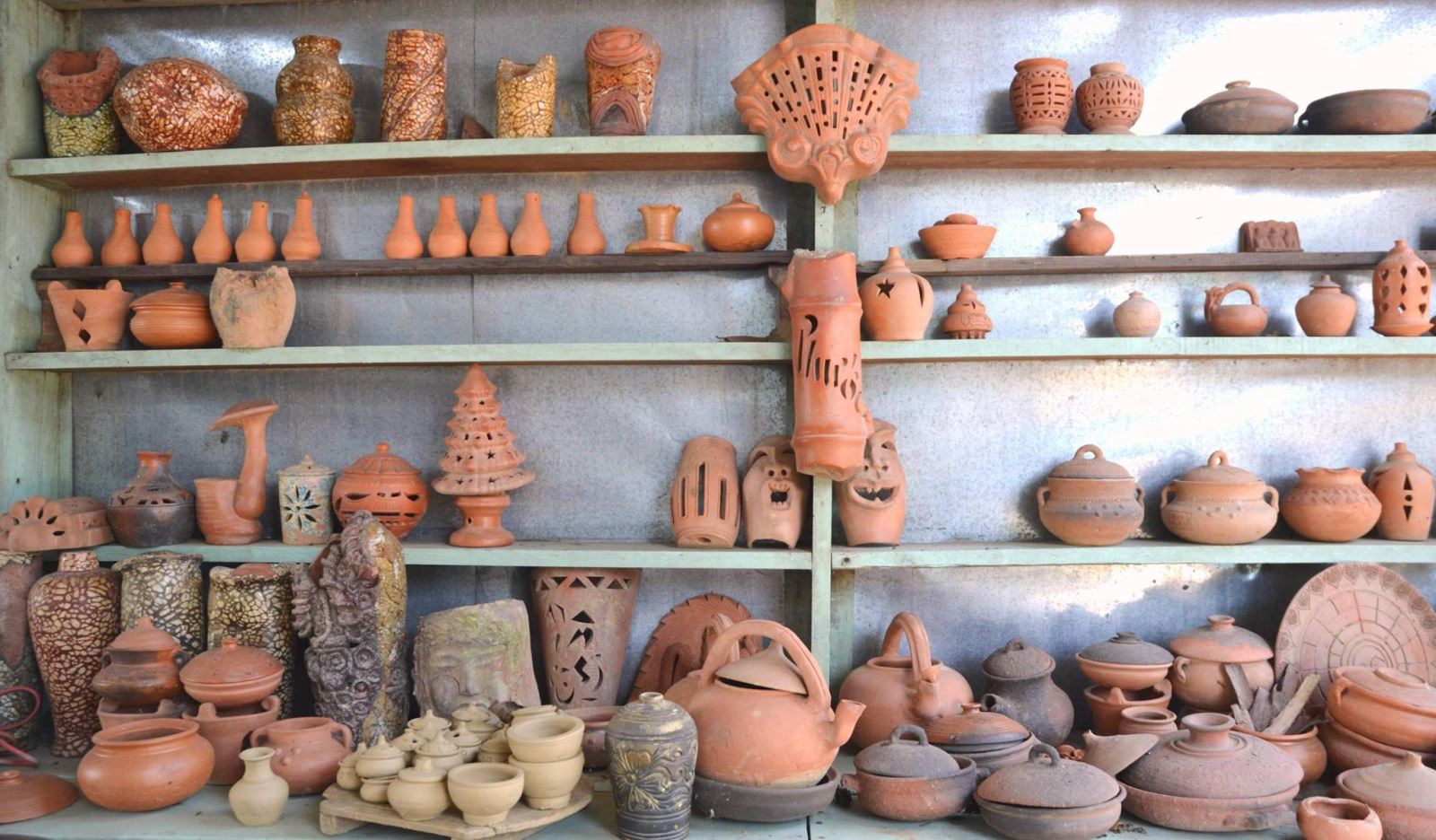
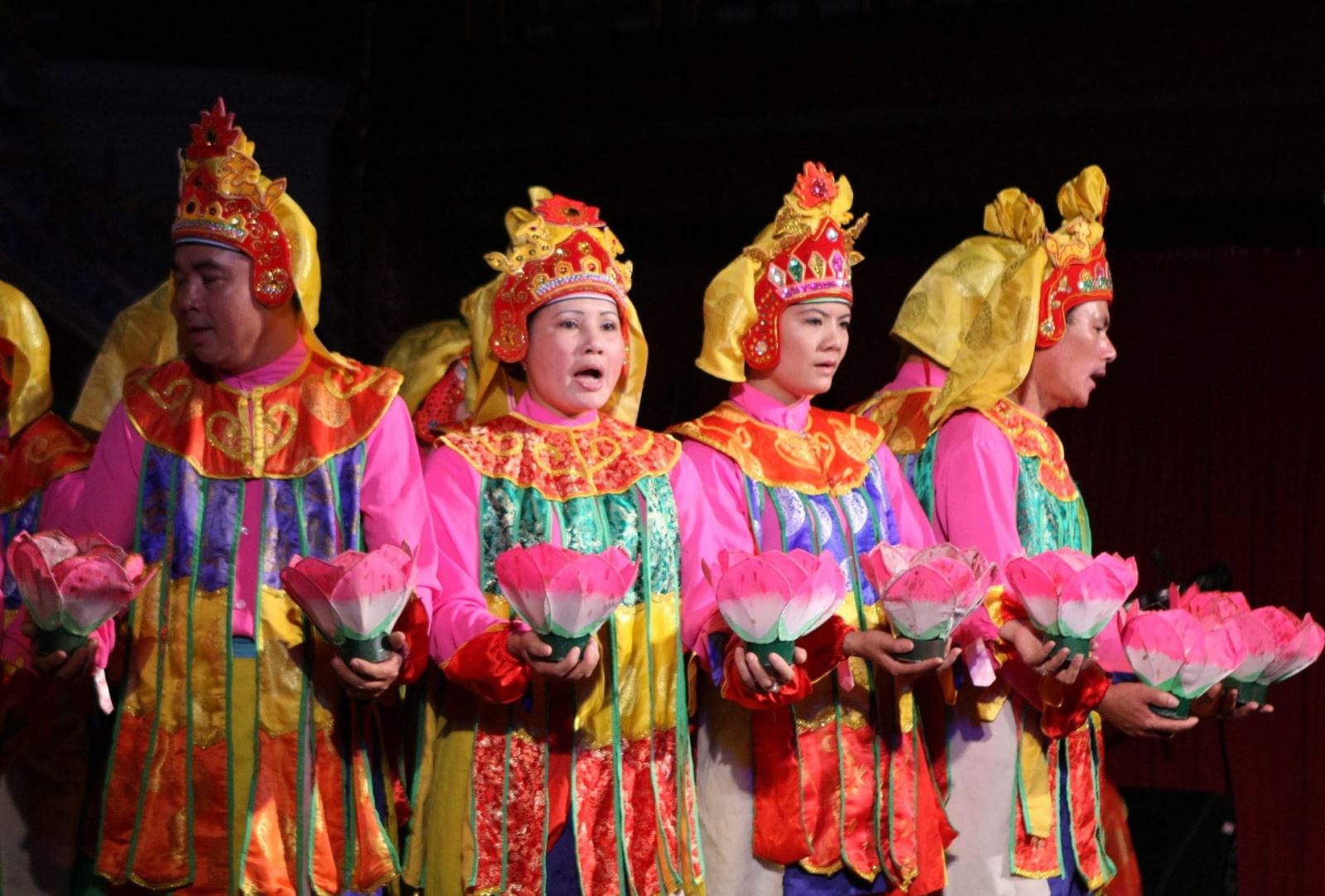
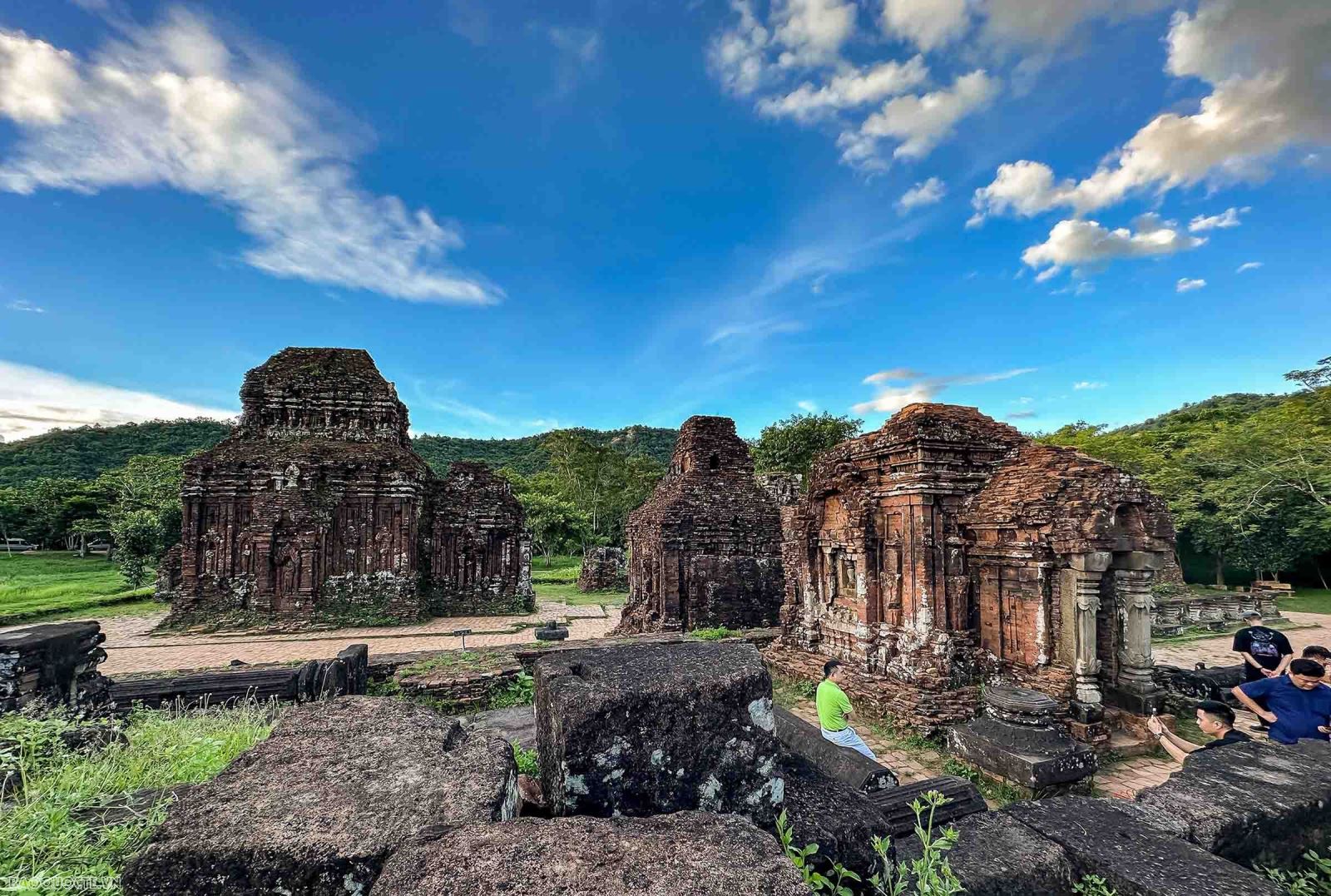
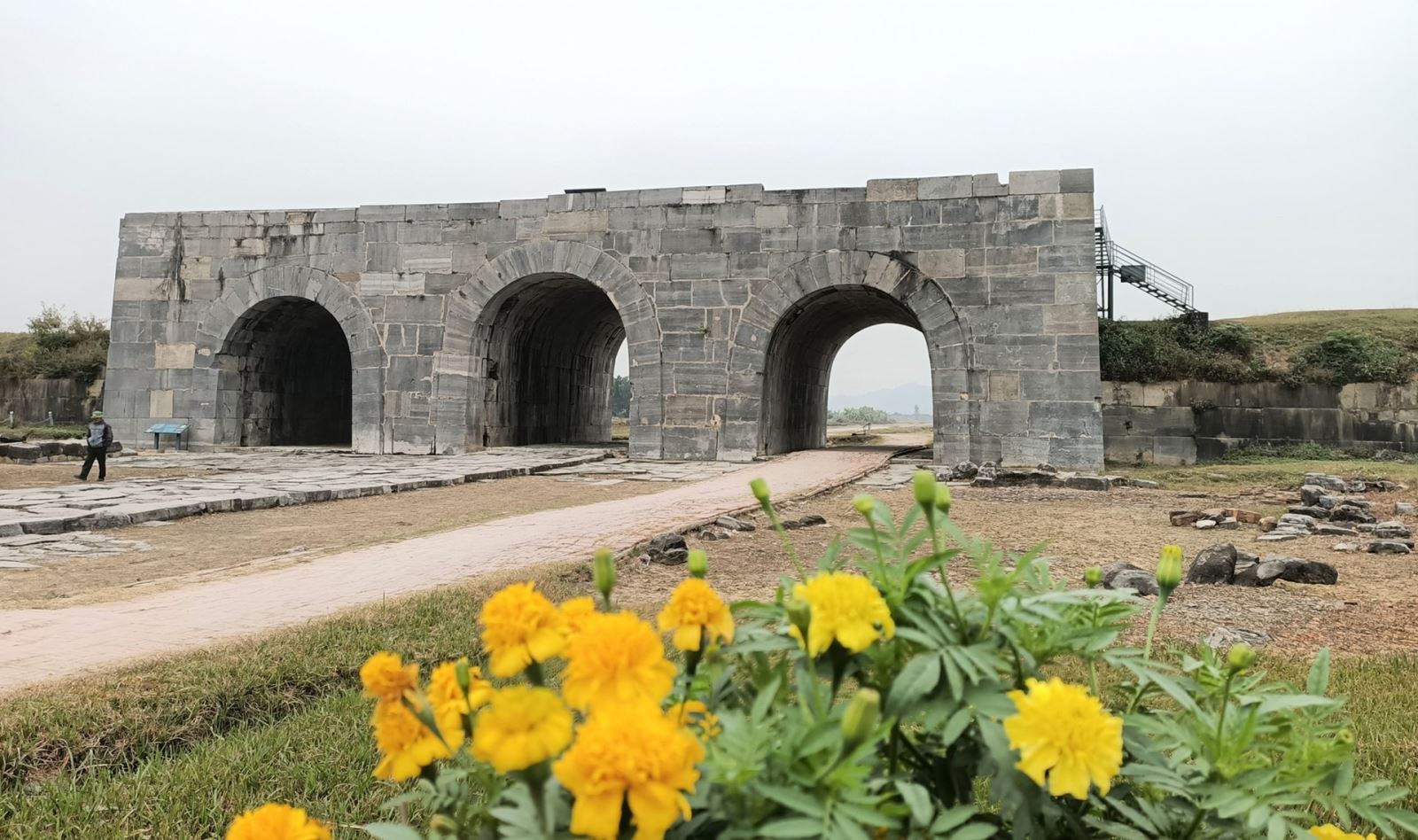

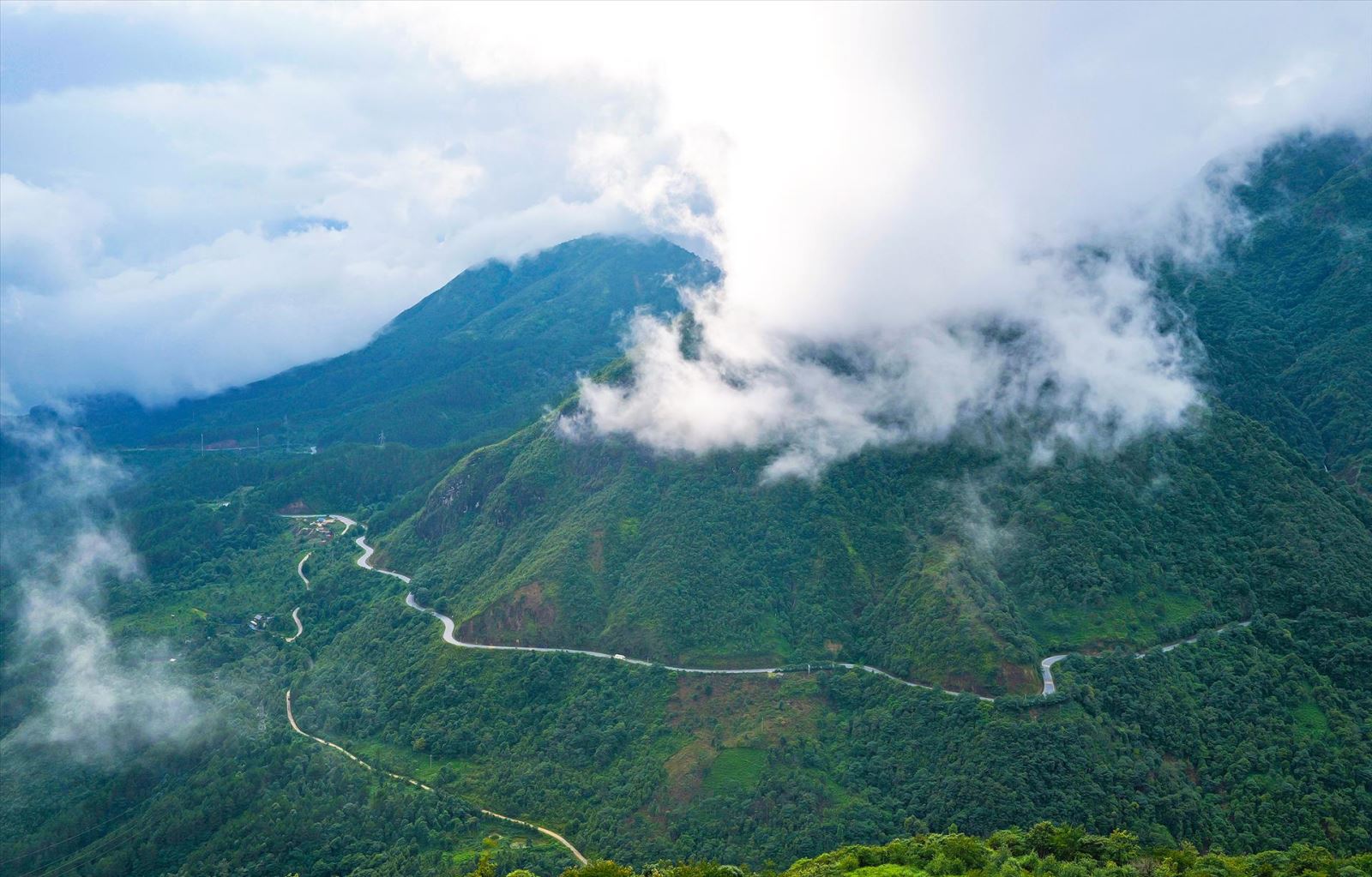




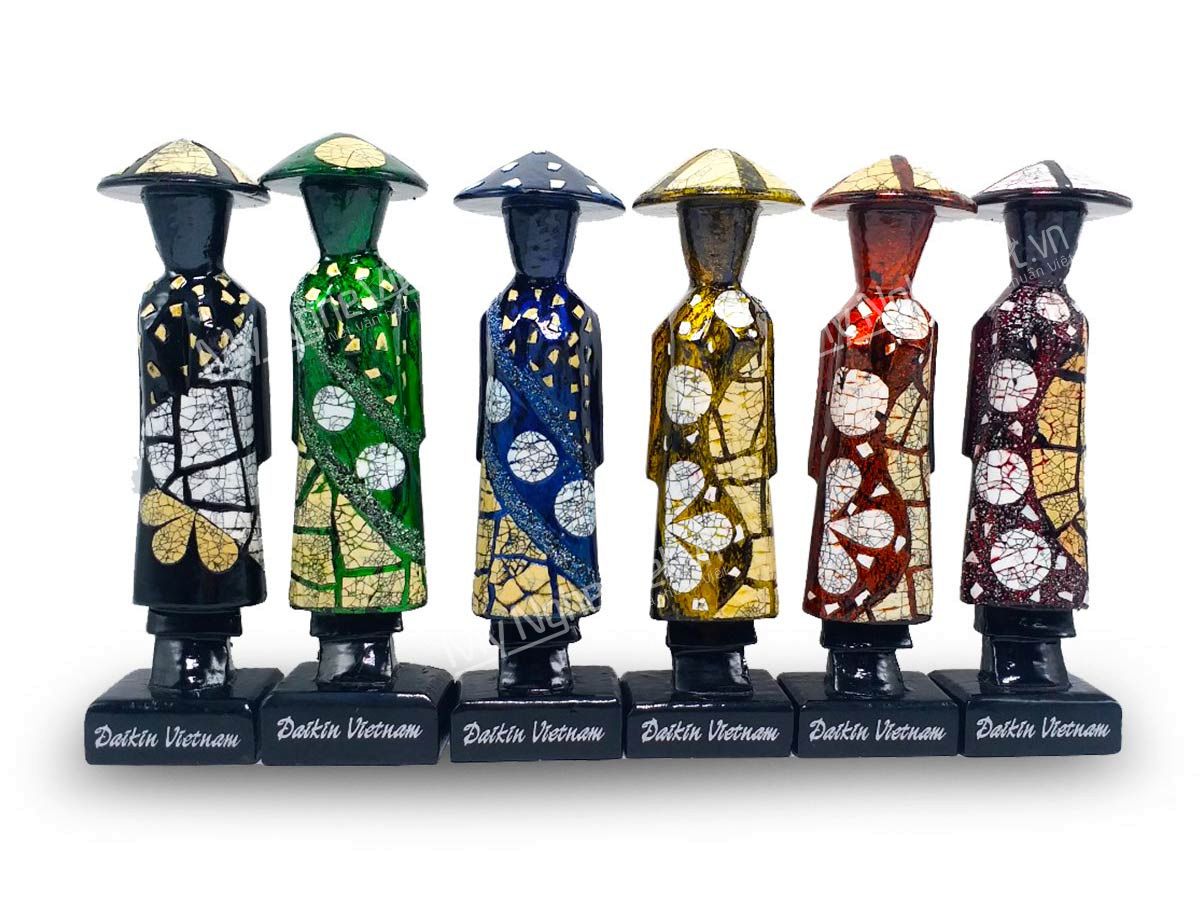
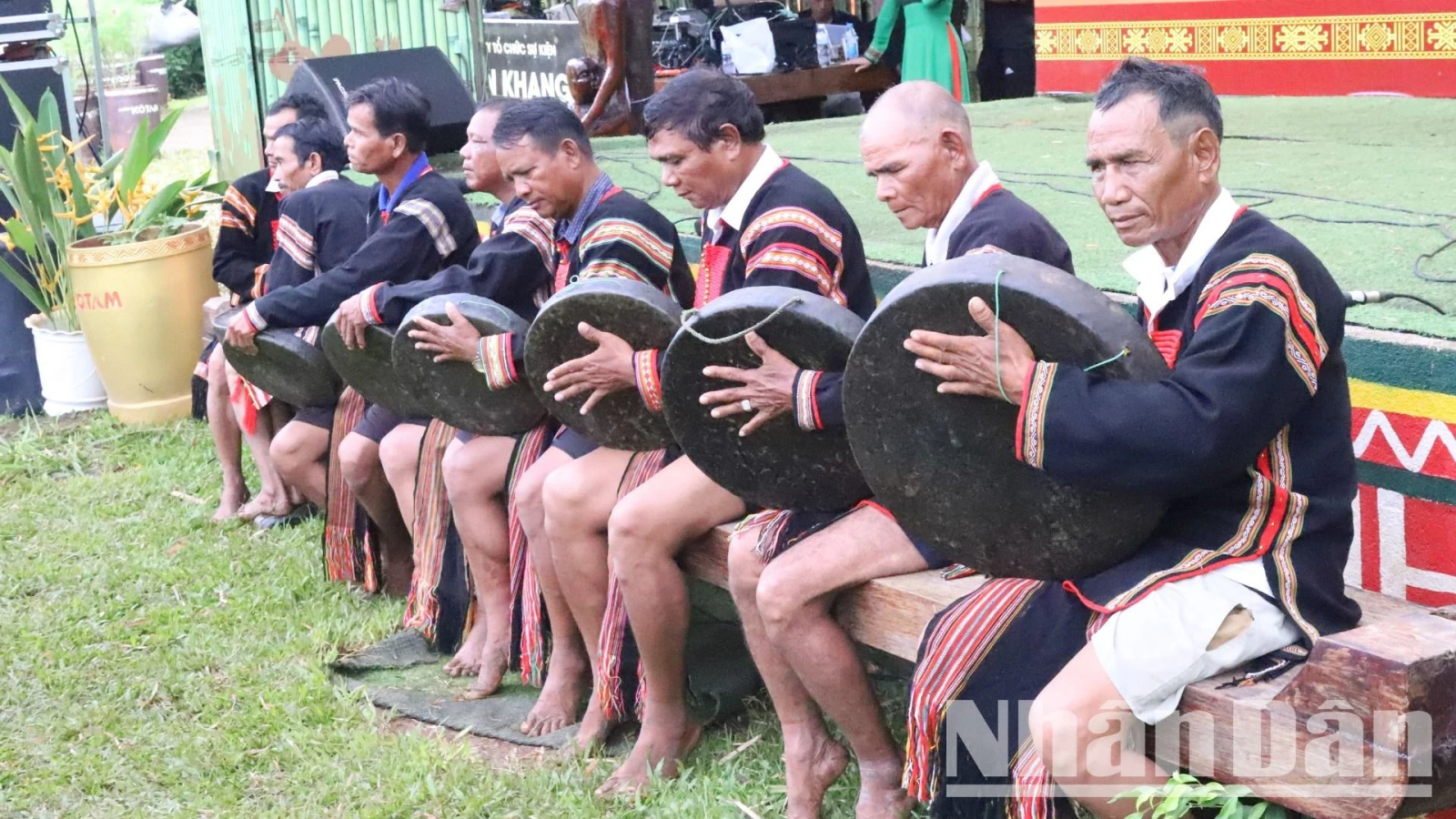


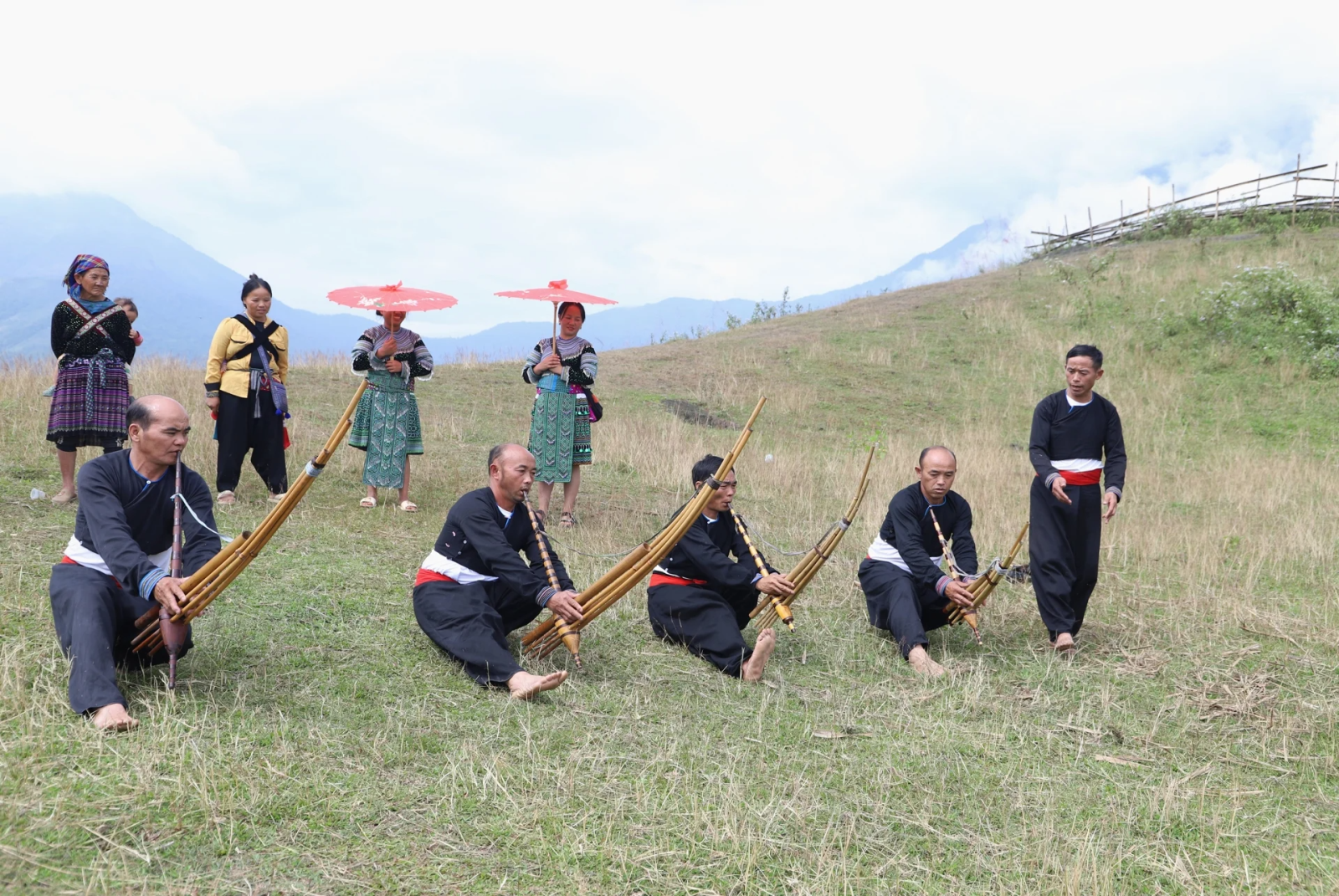
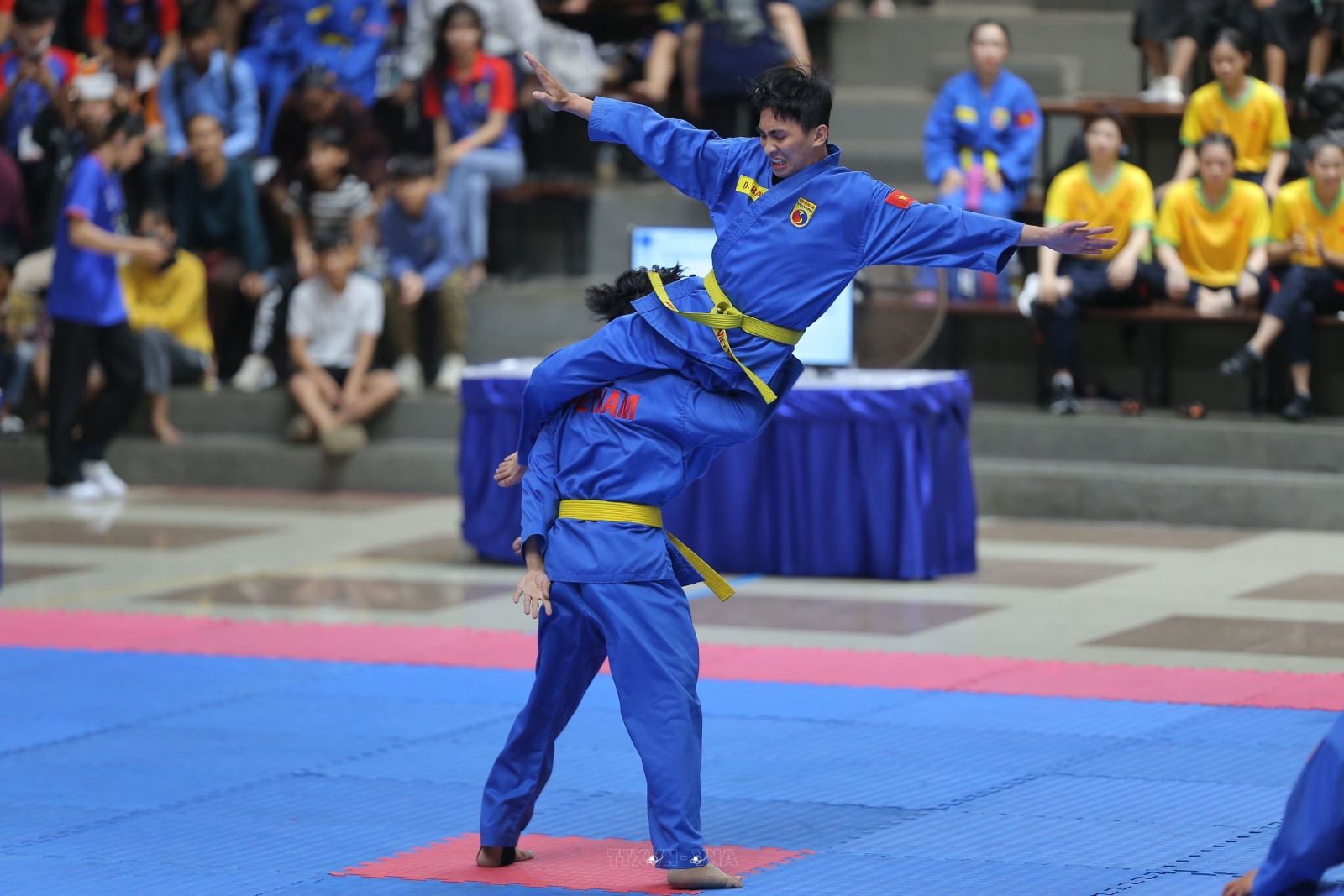
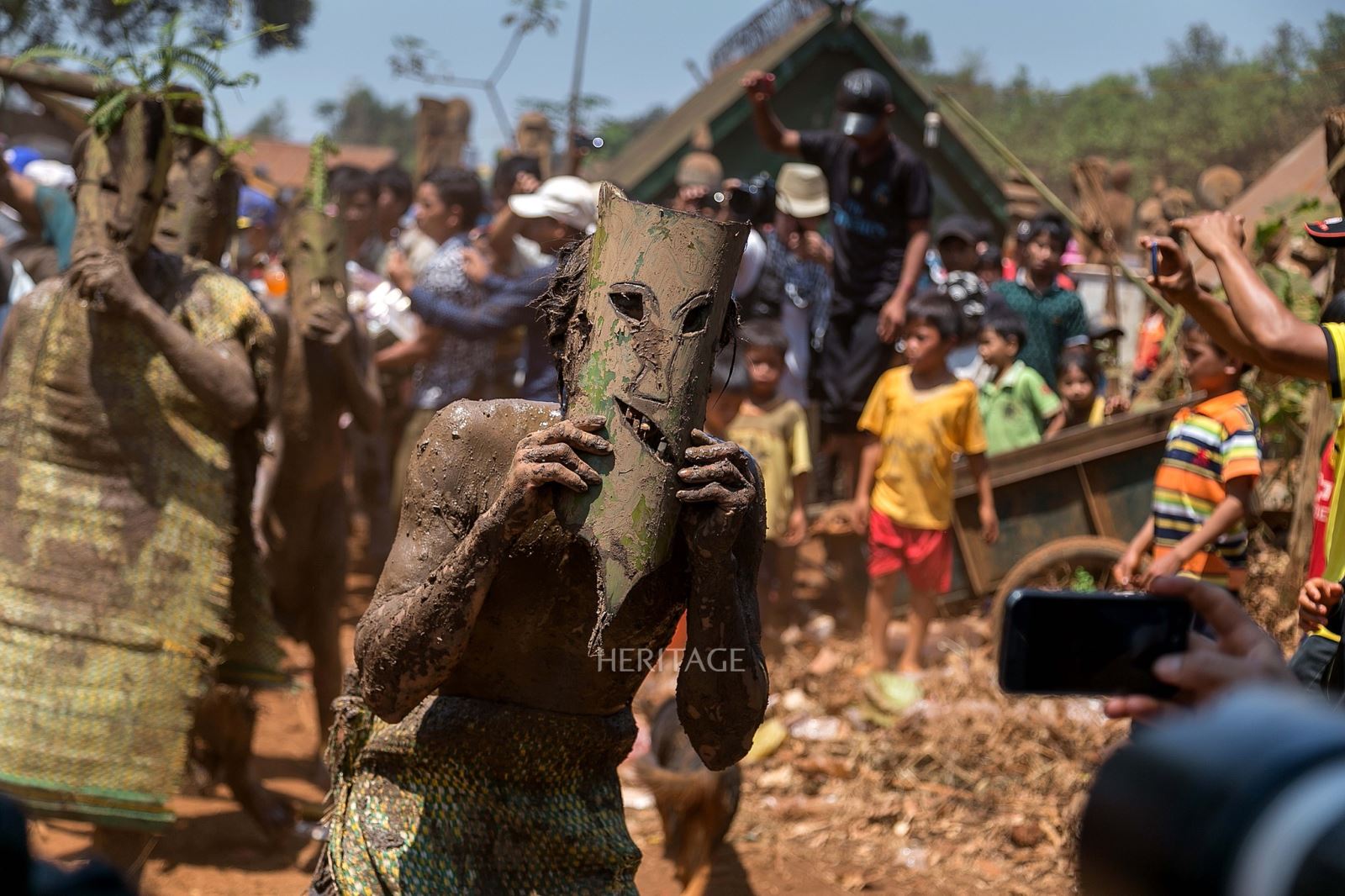
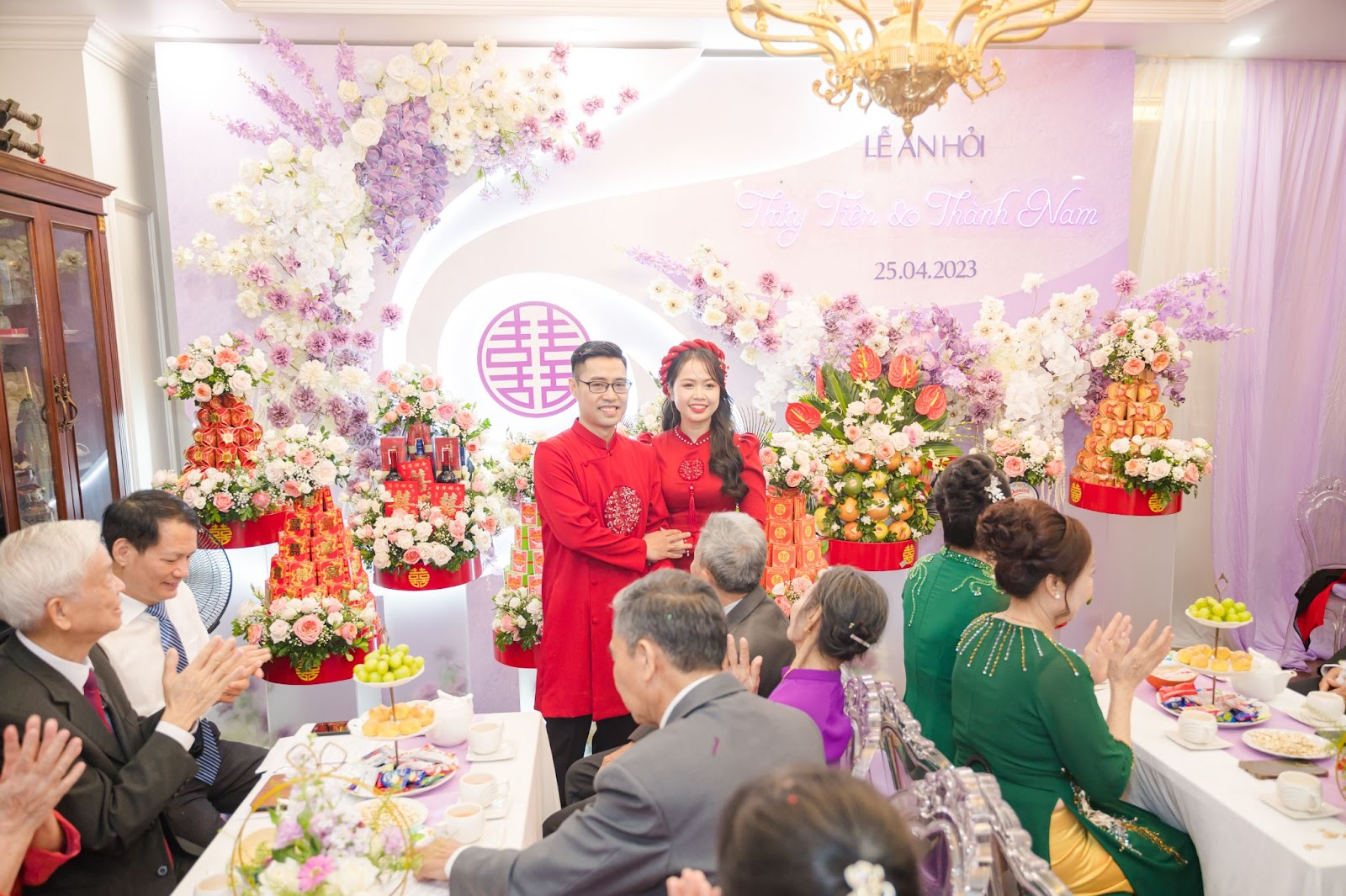

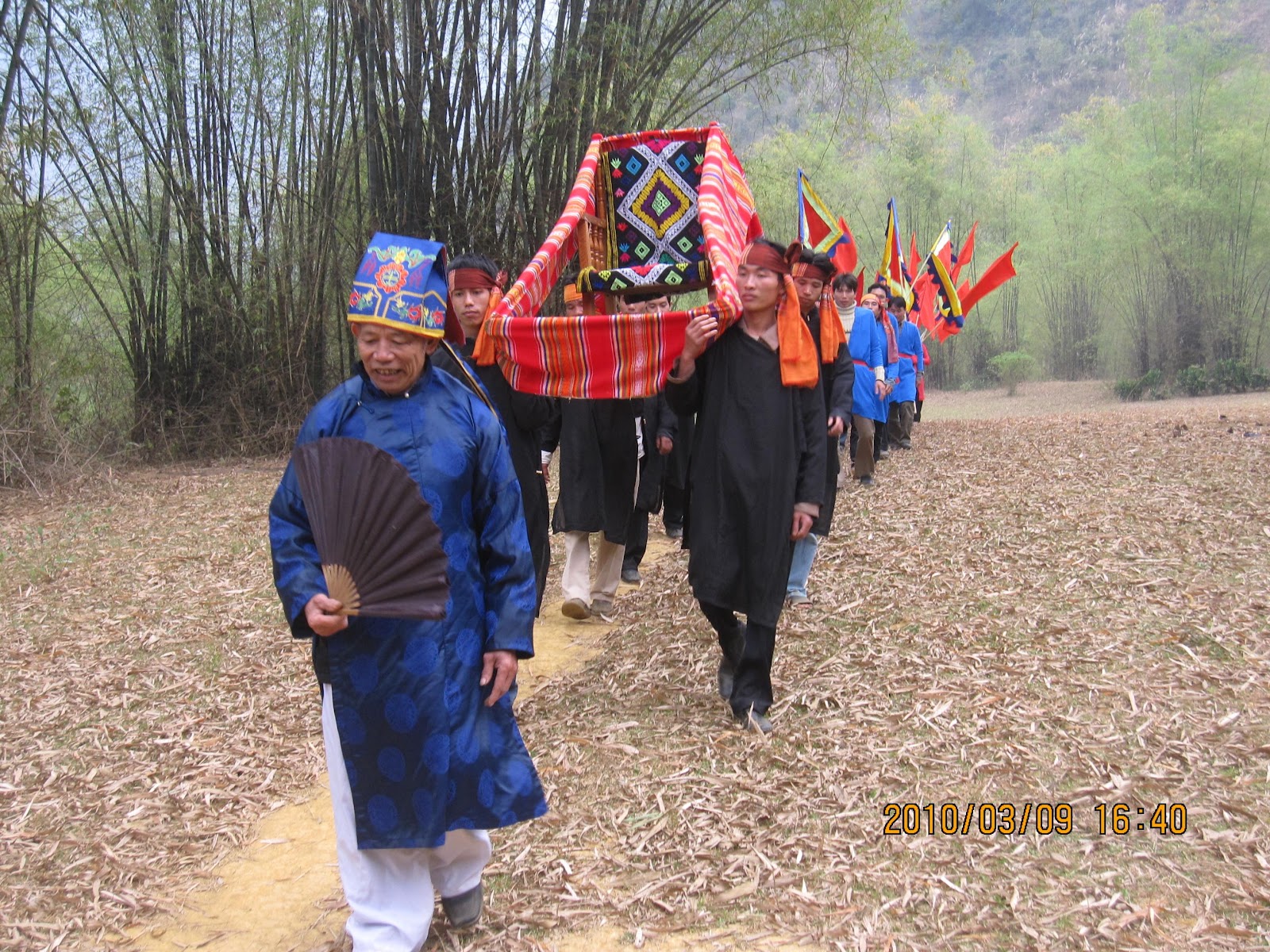
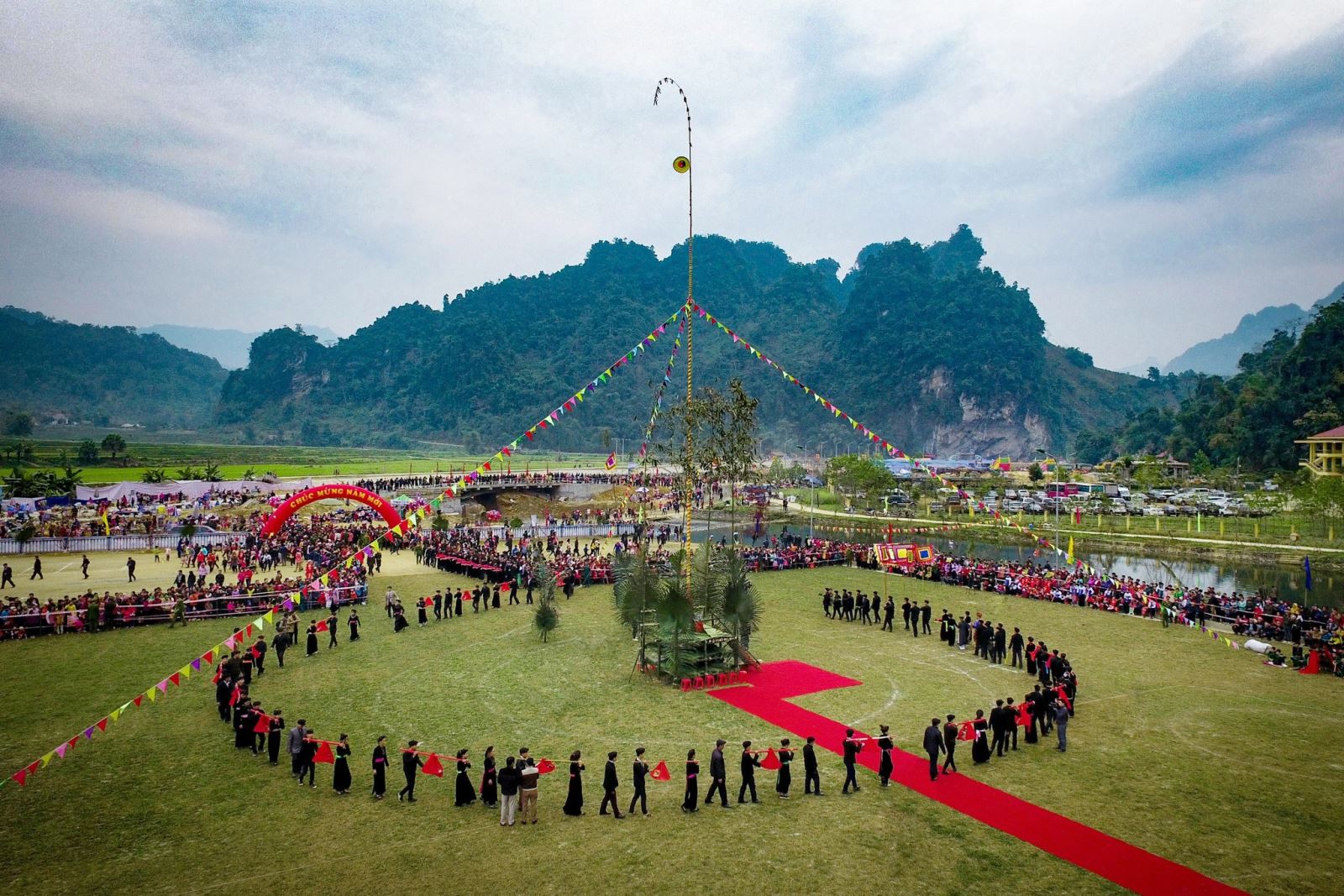
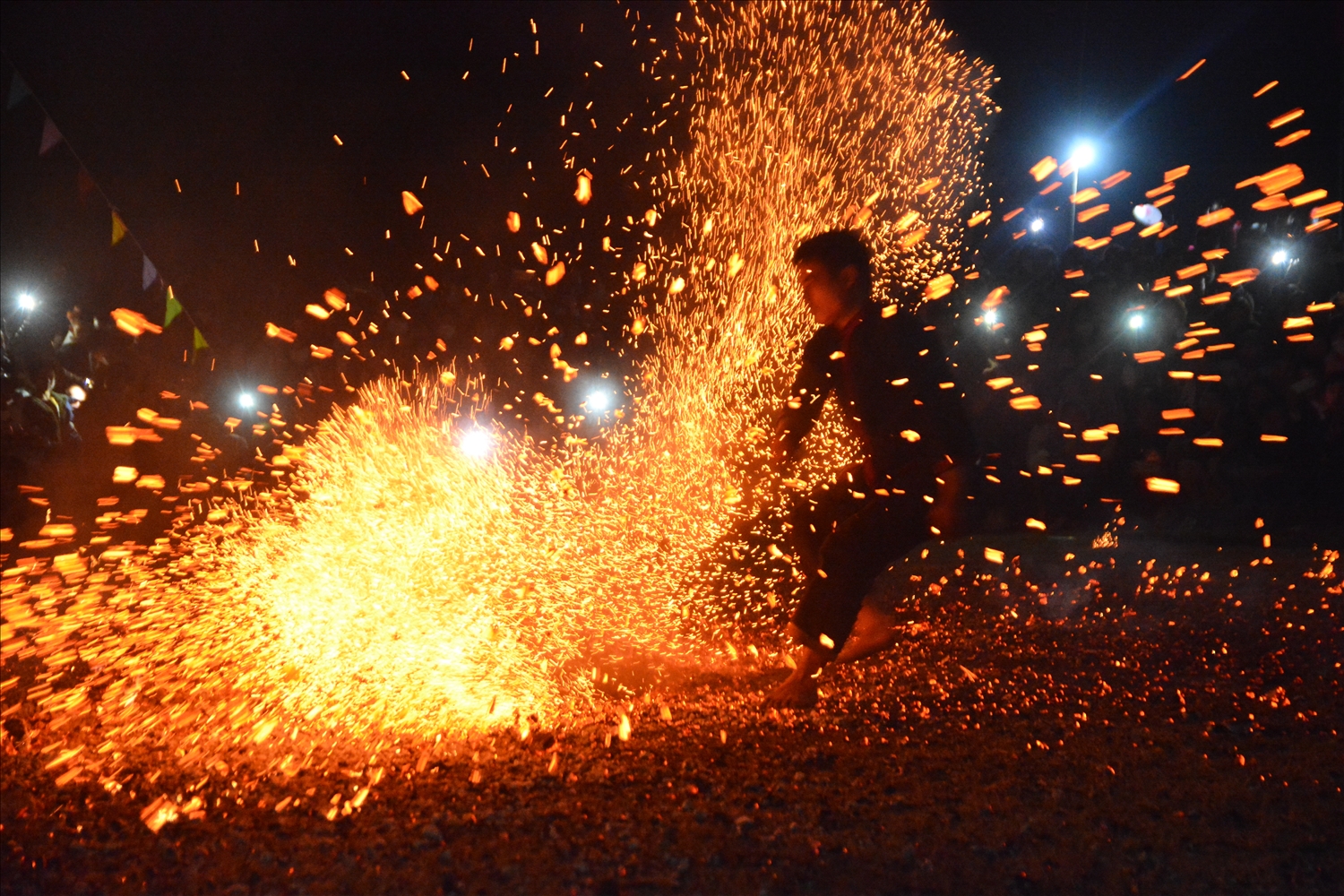
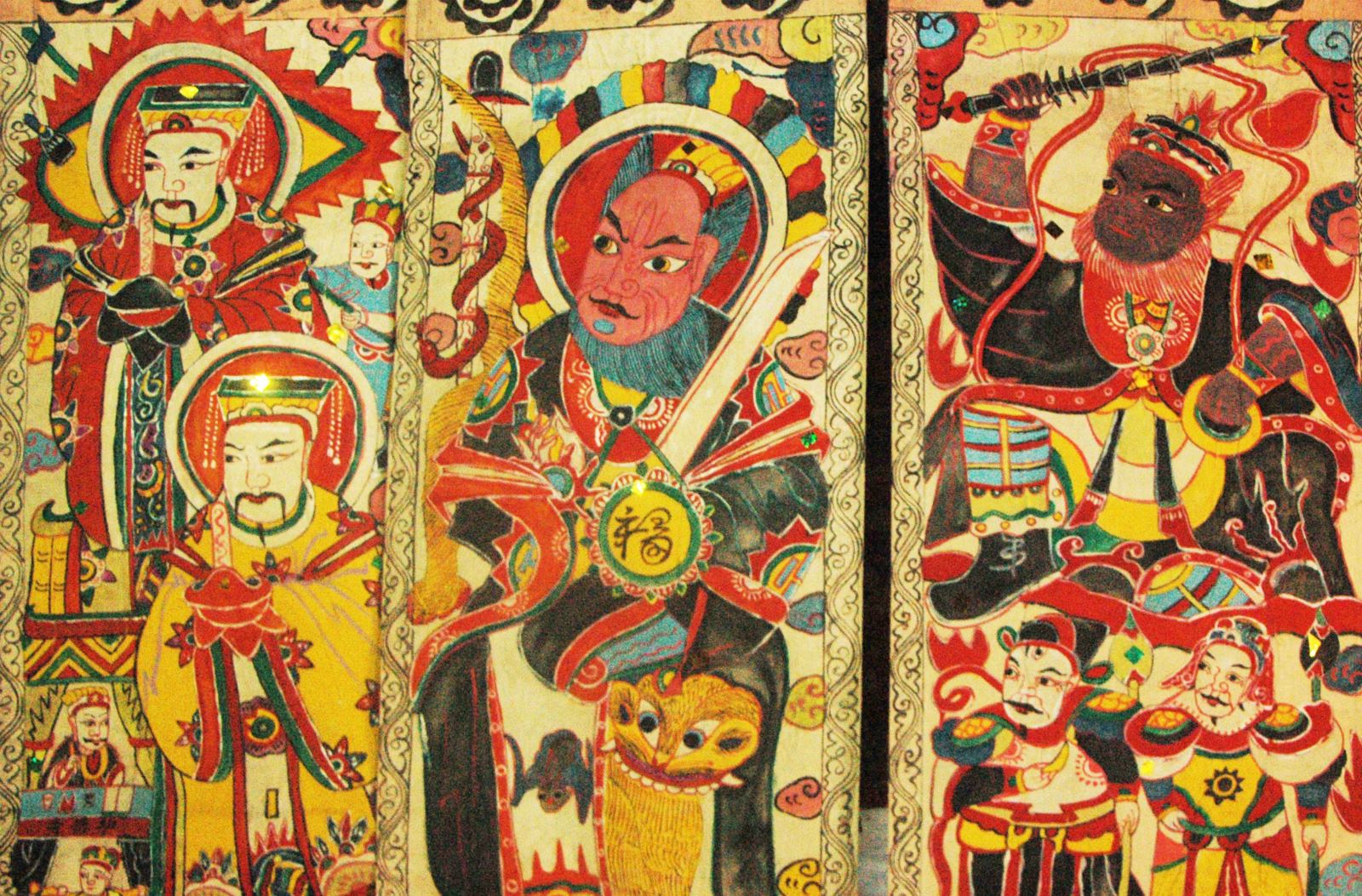
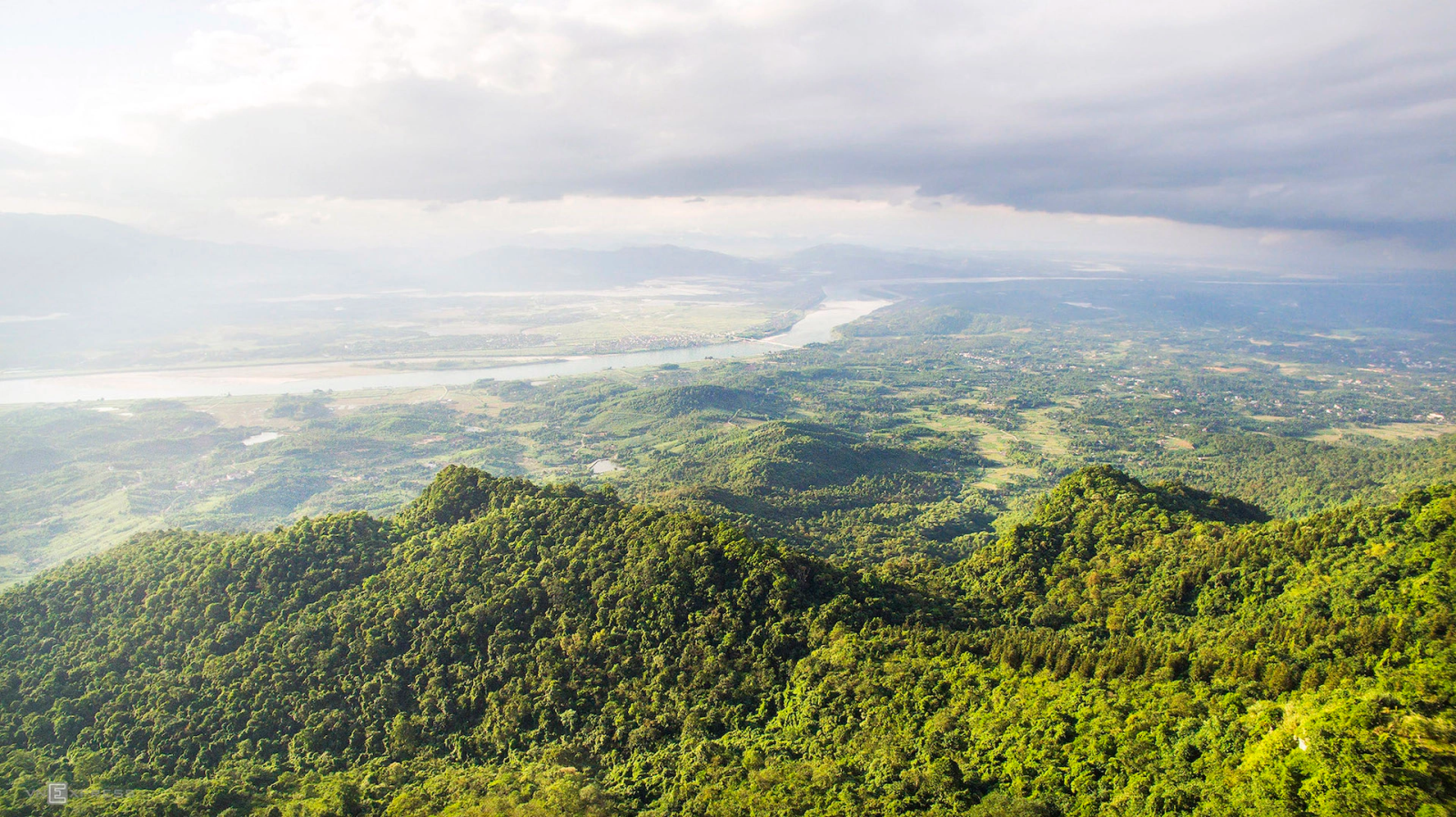
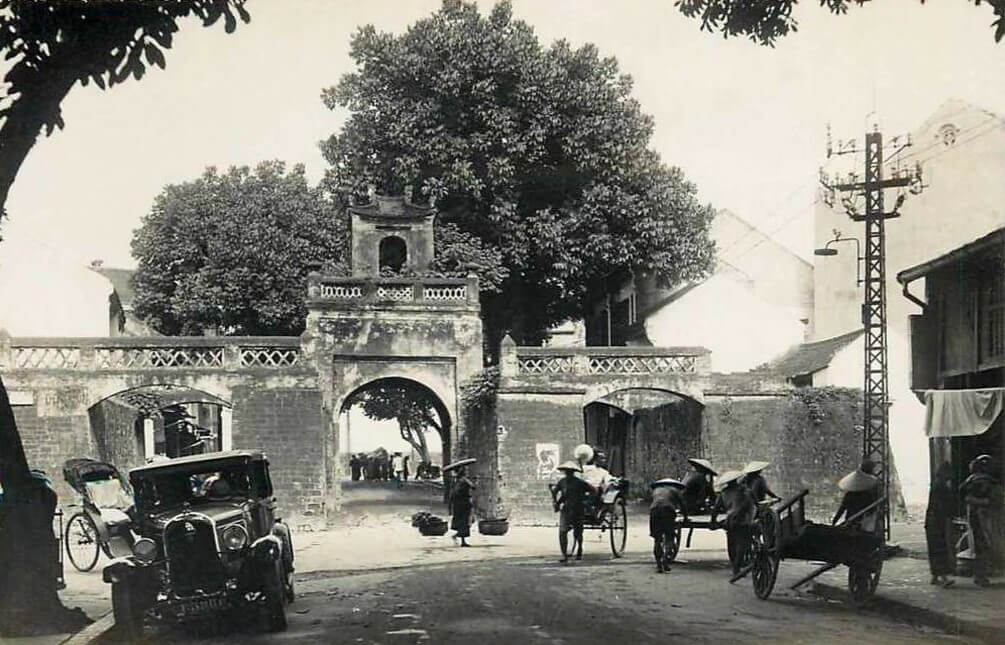
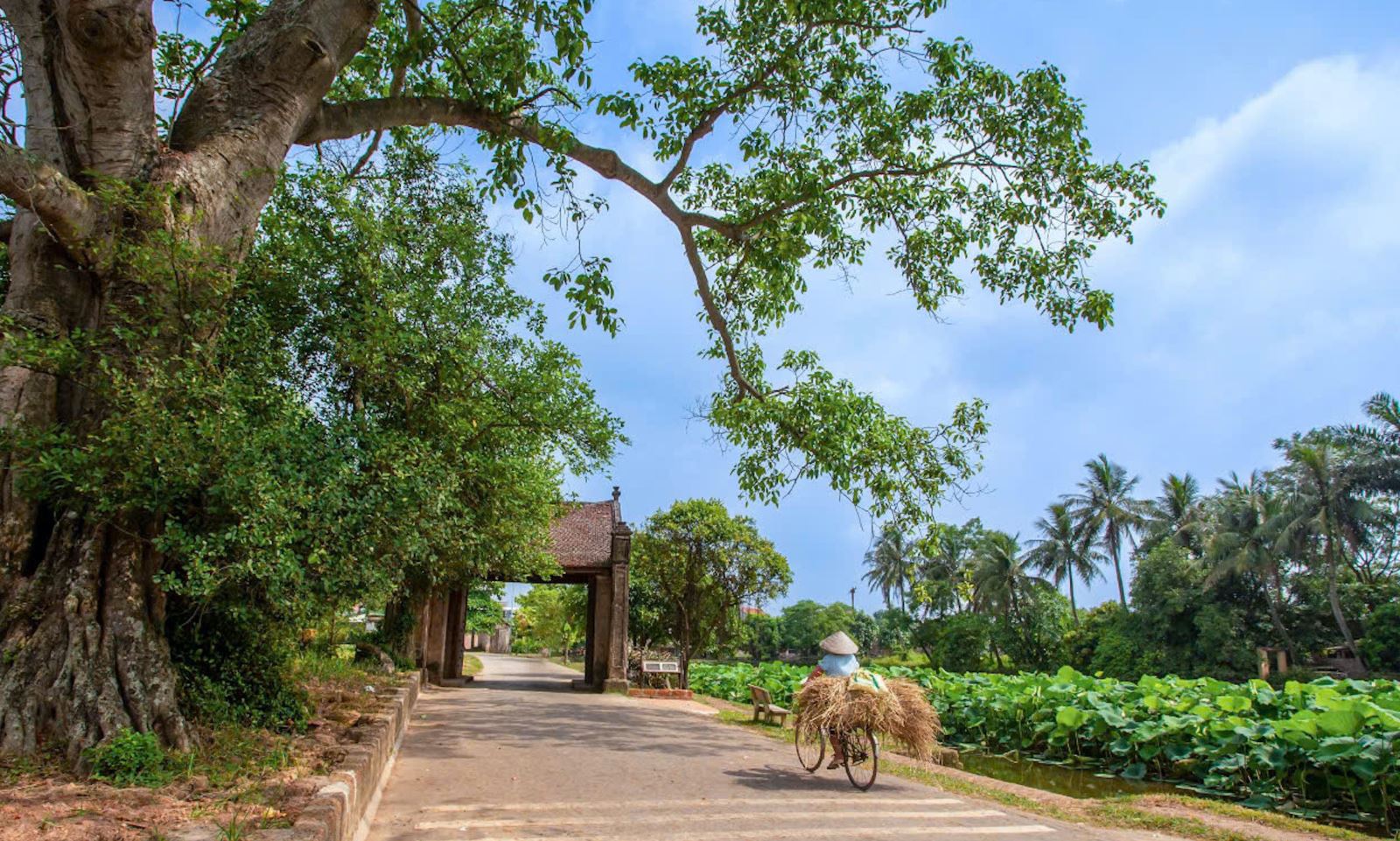

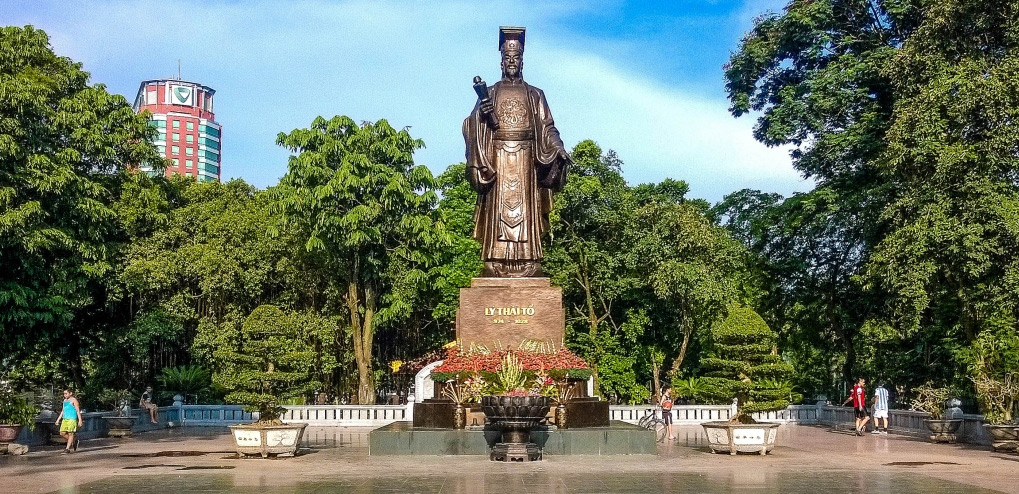


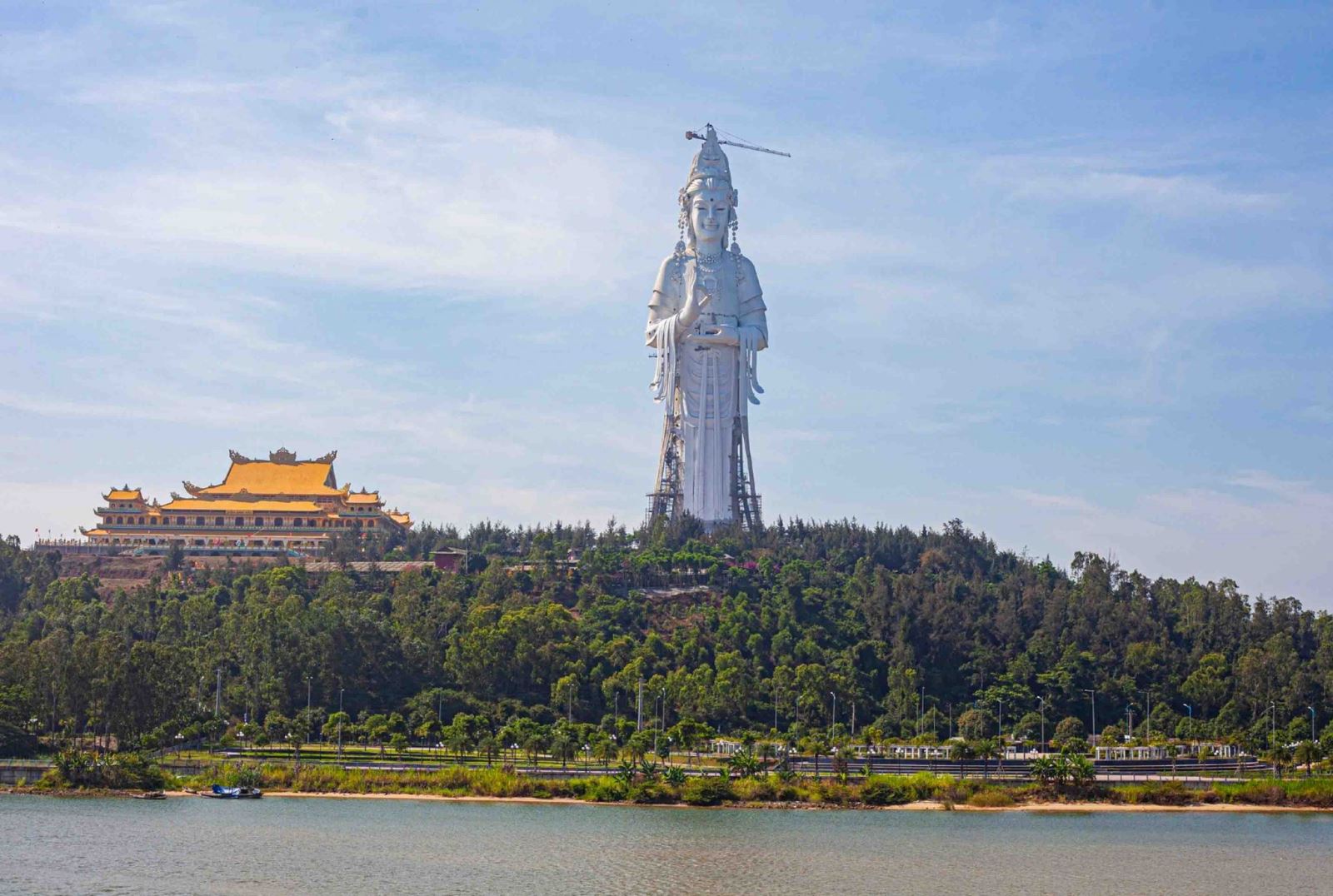
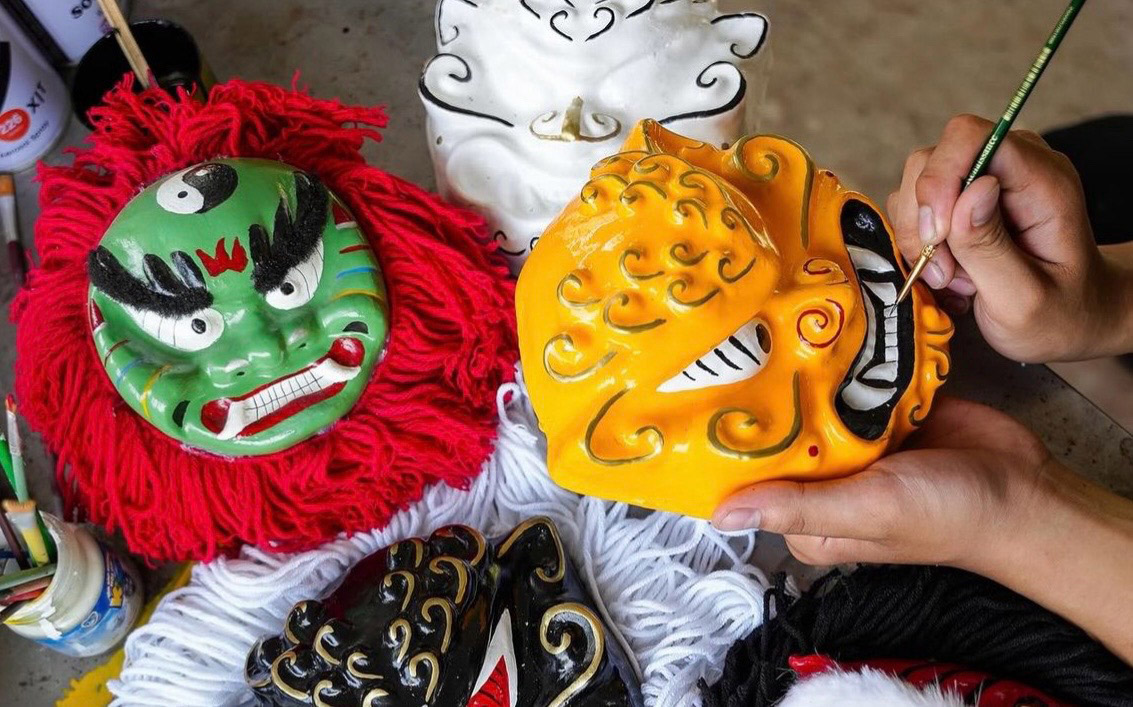
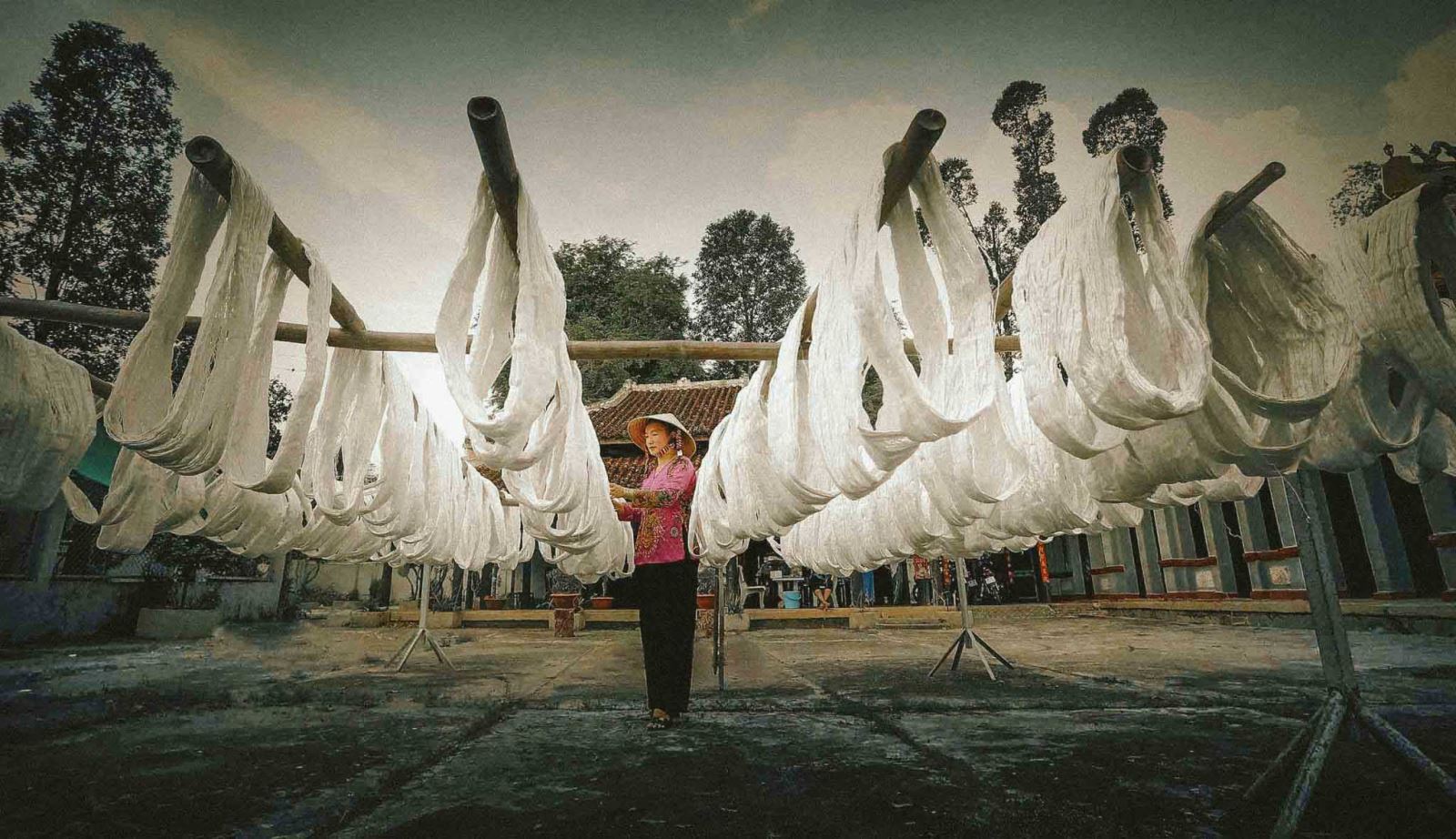
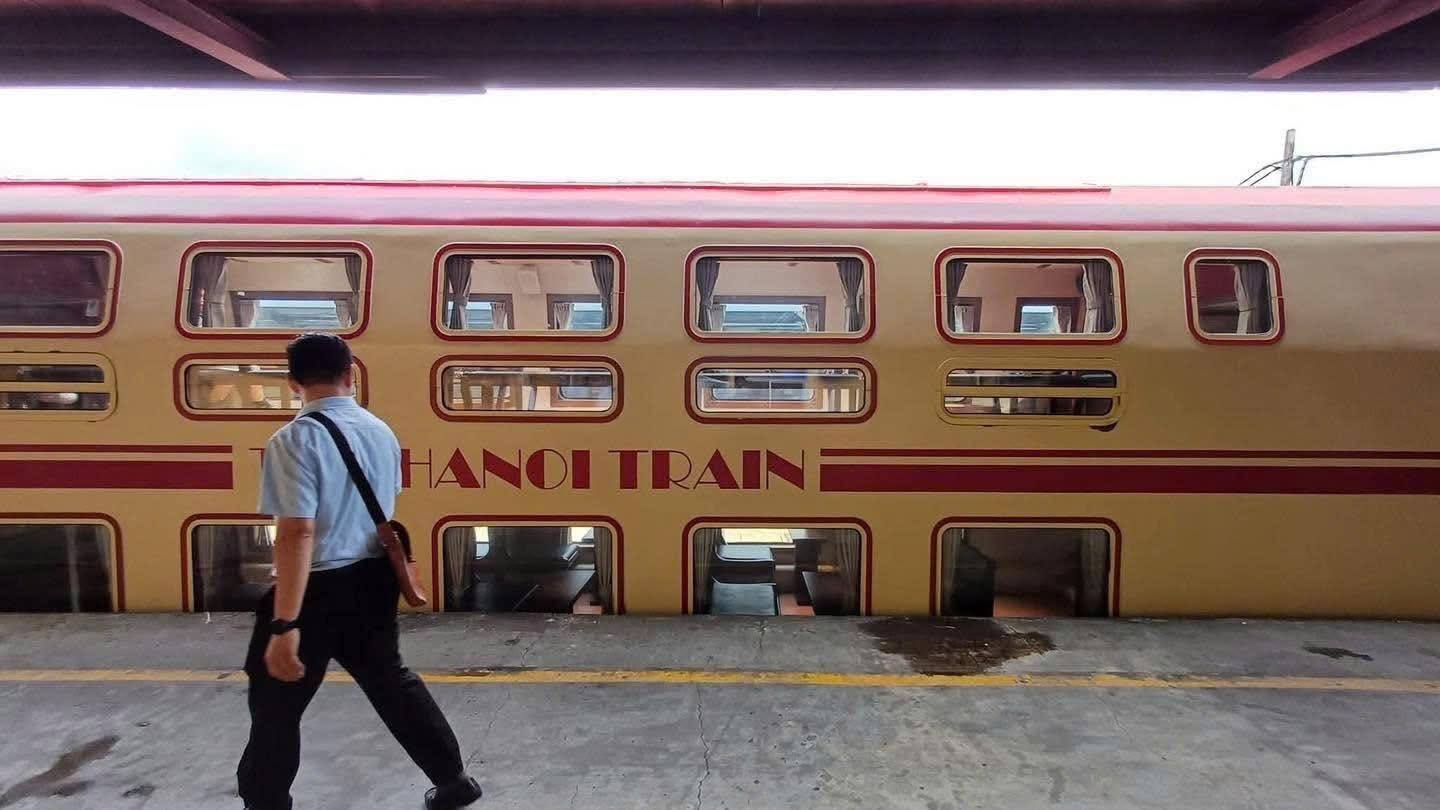
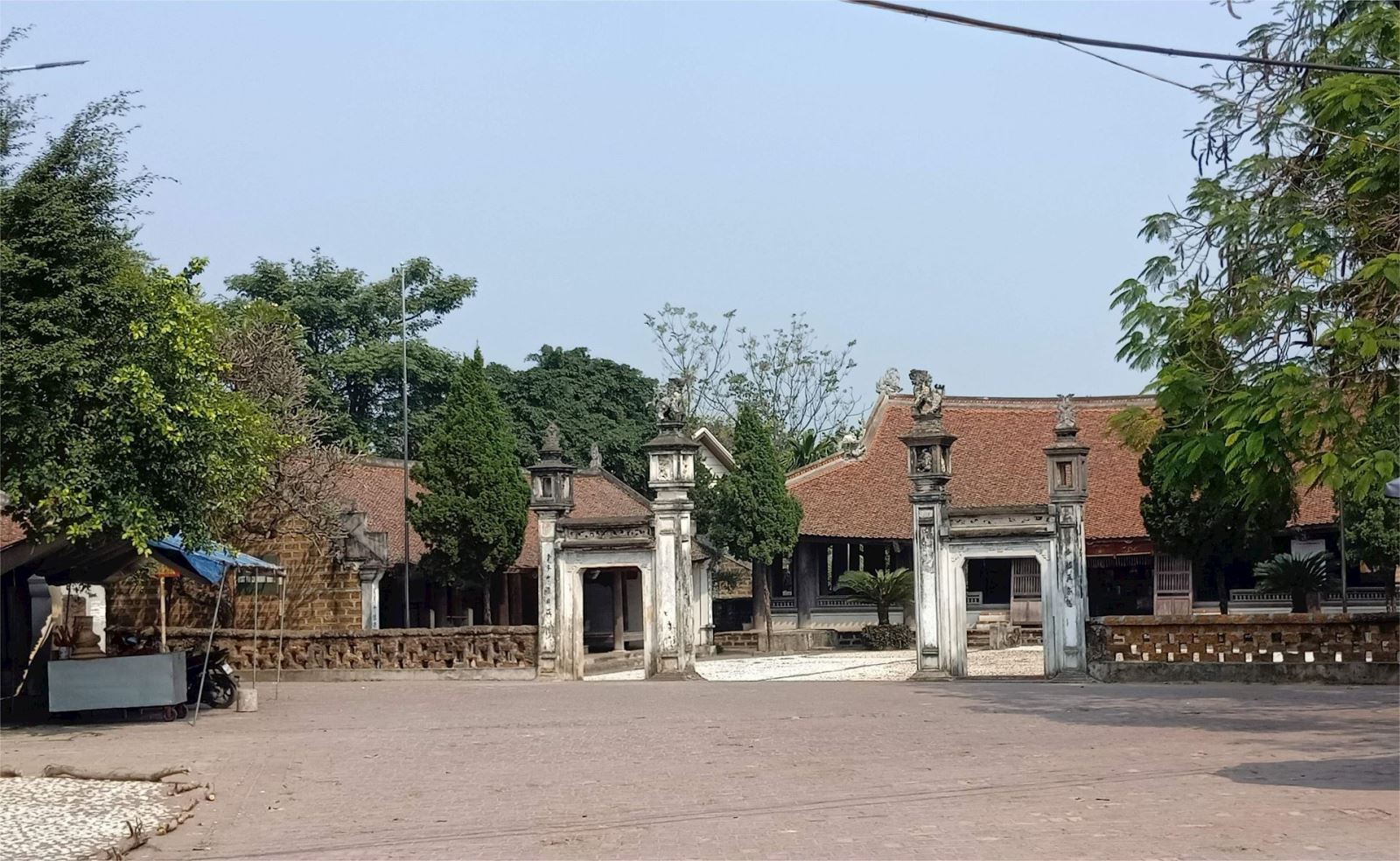
.png)